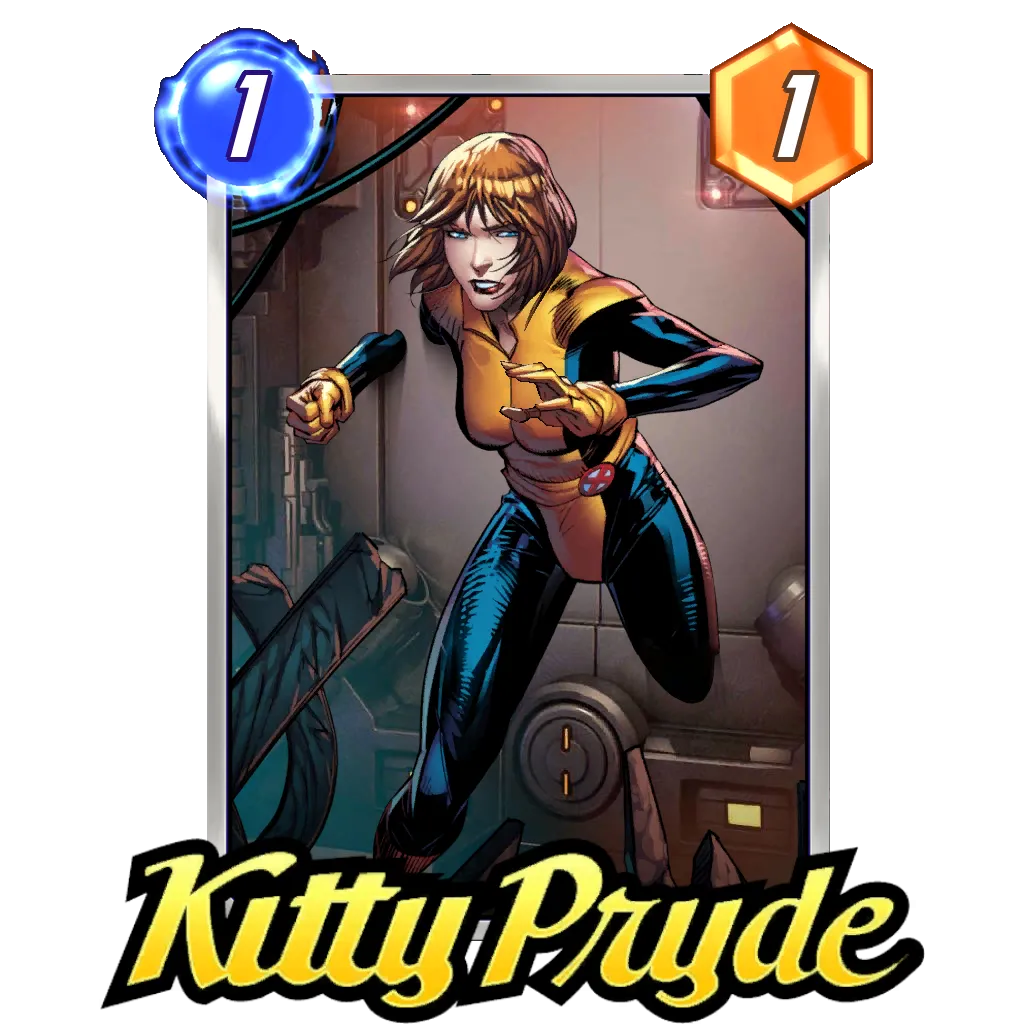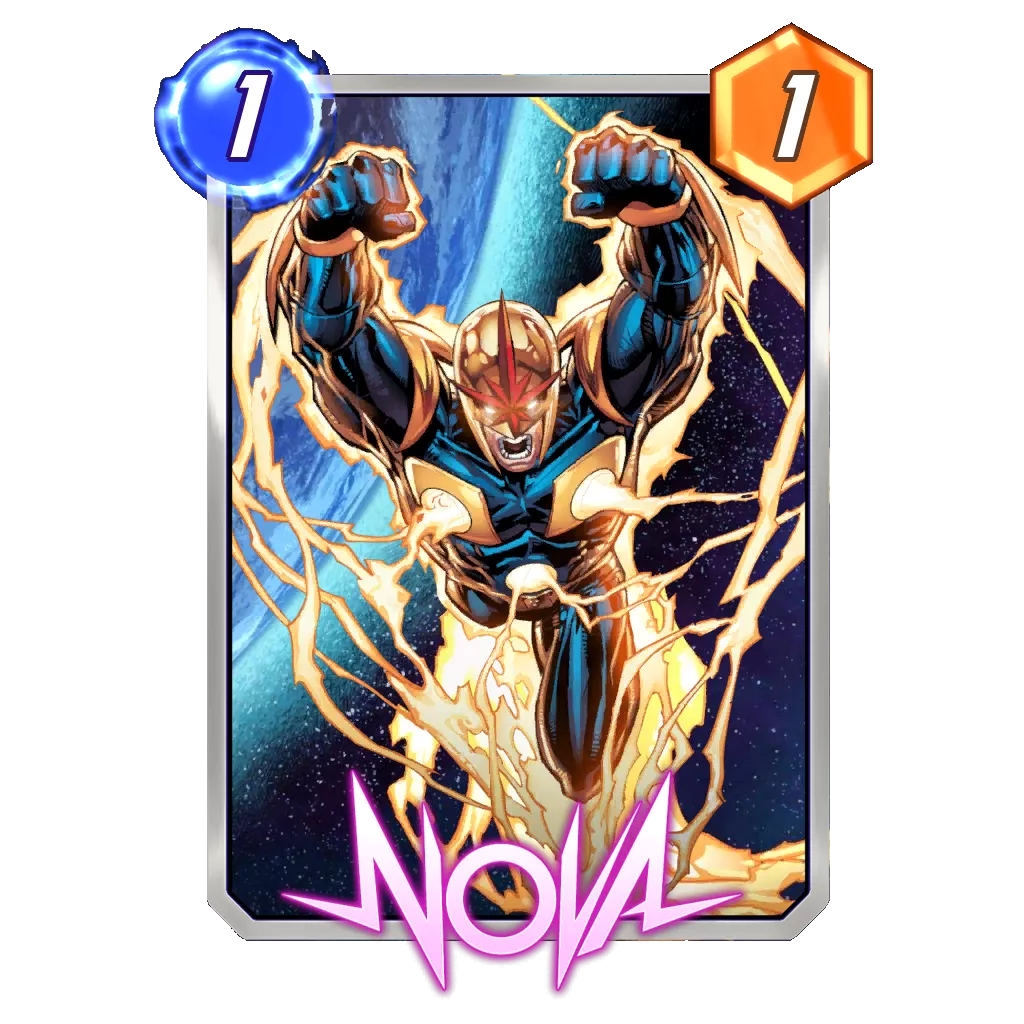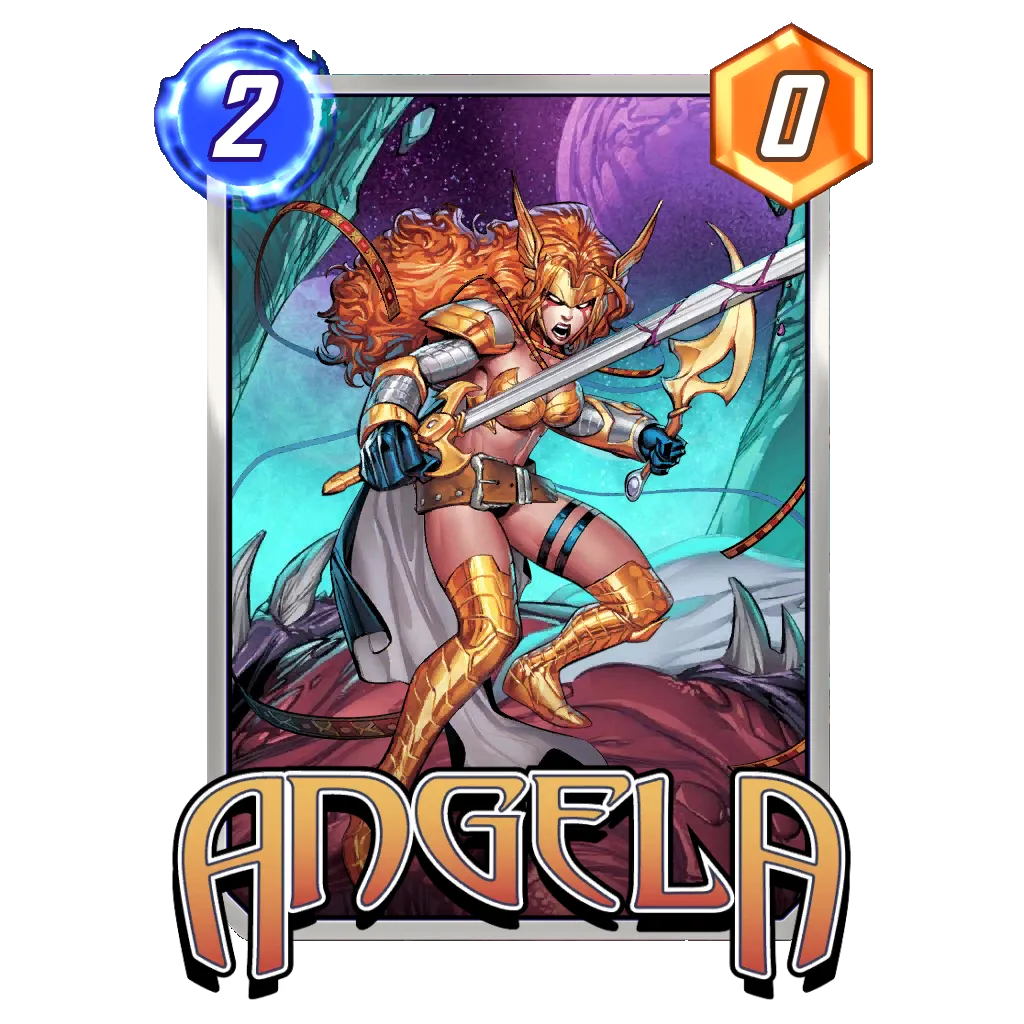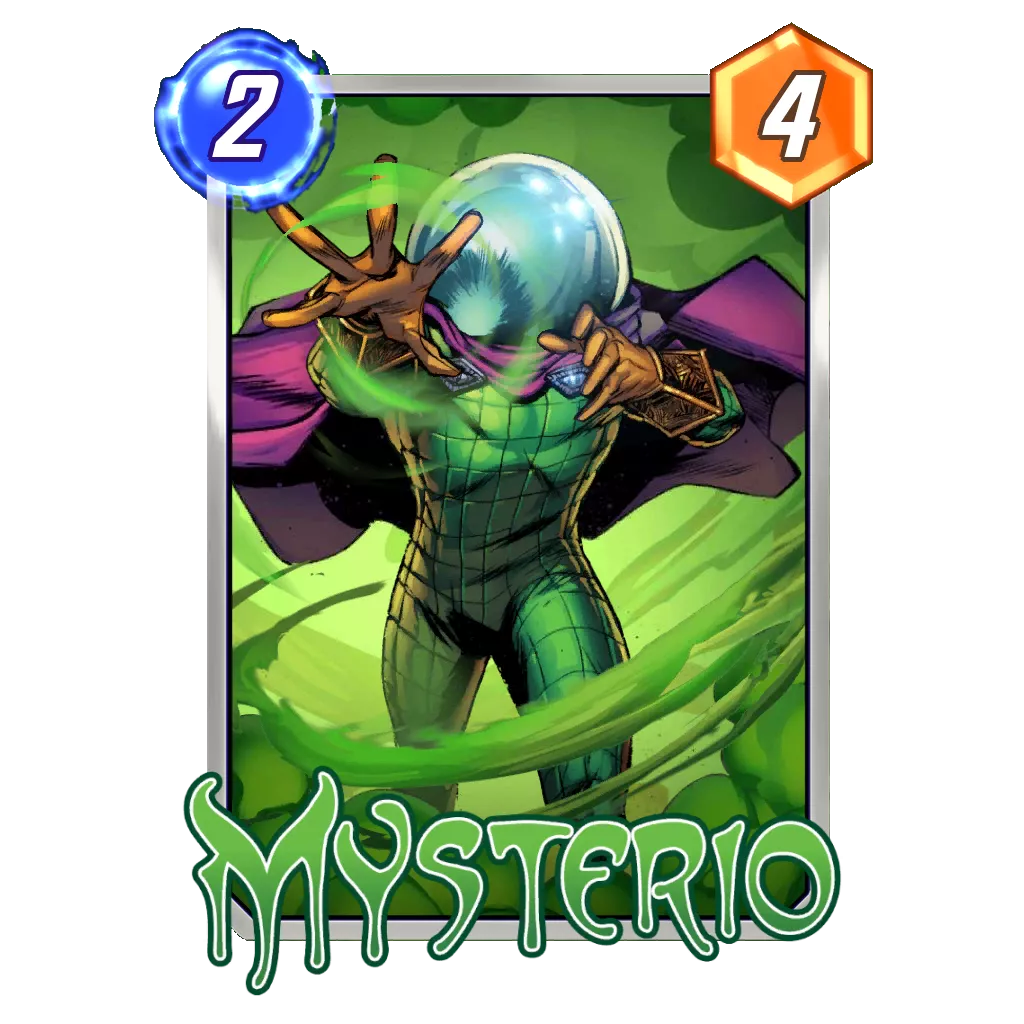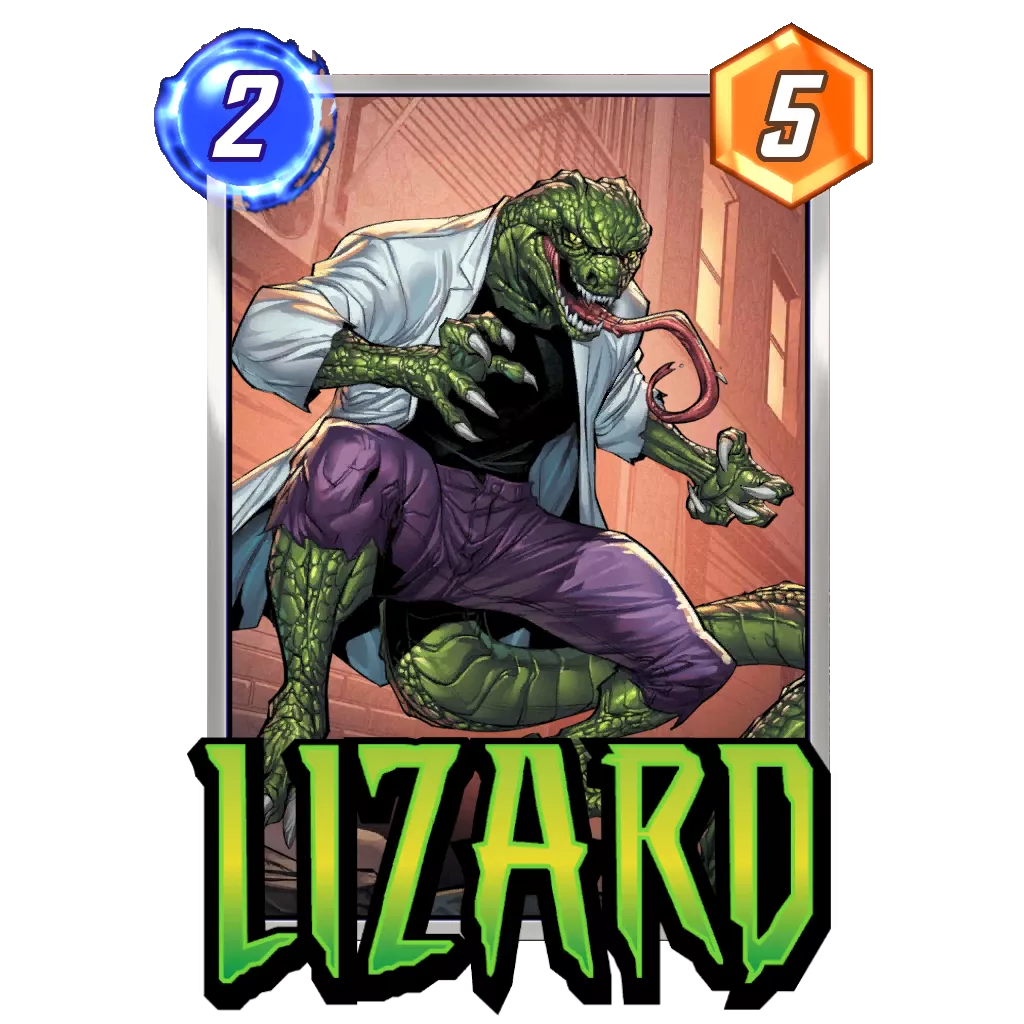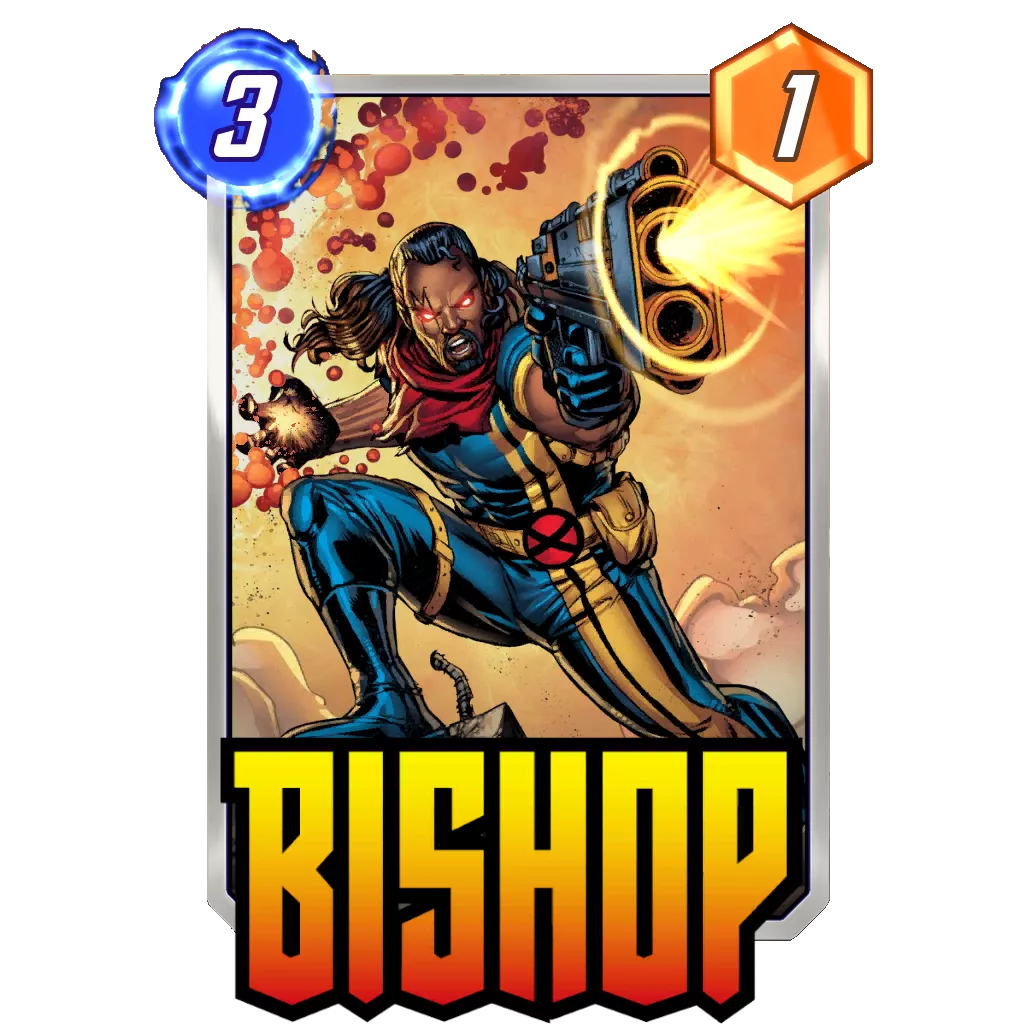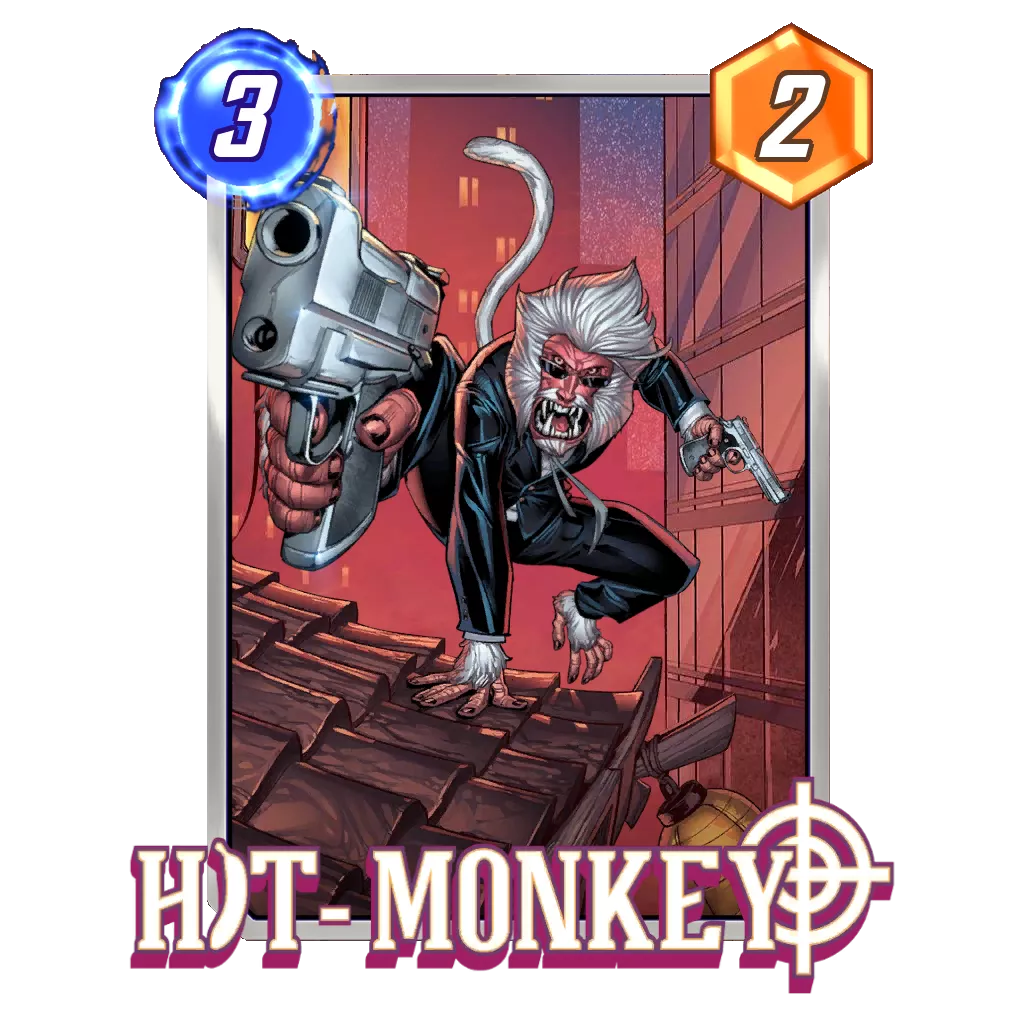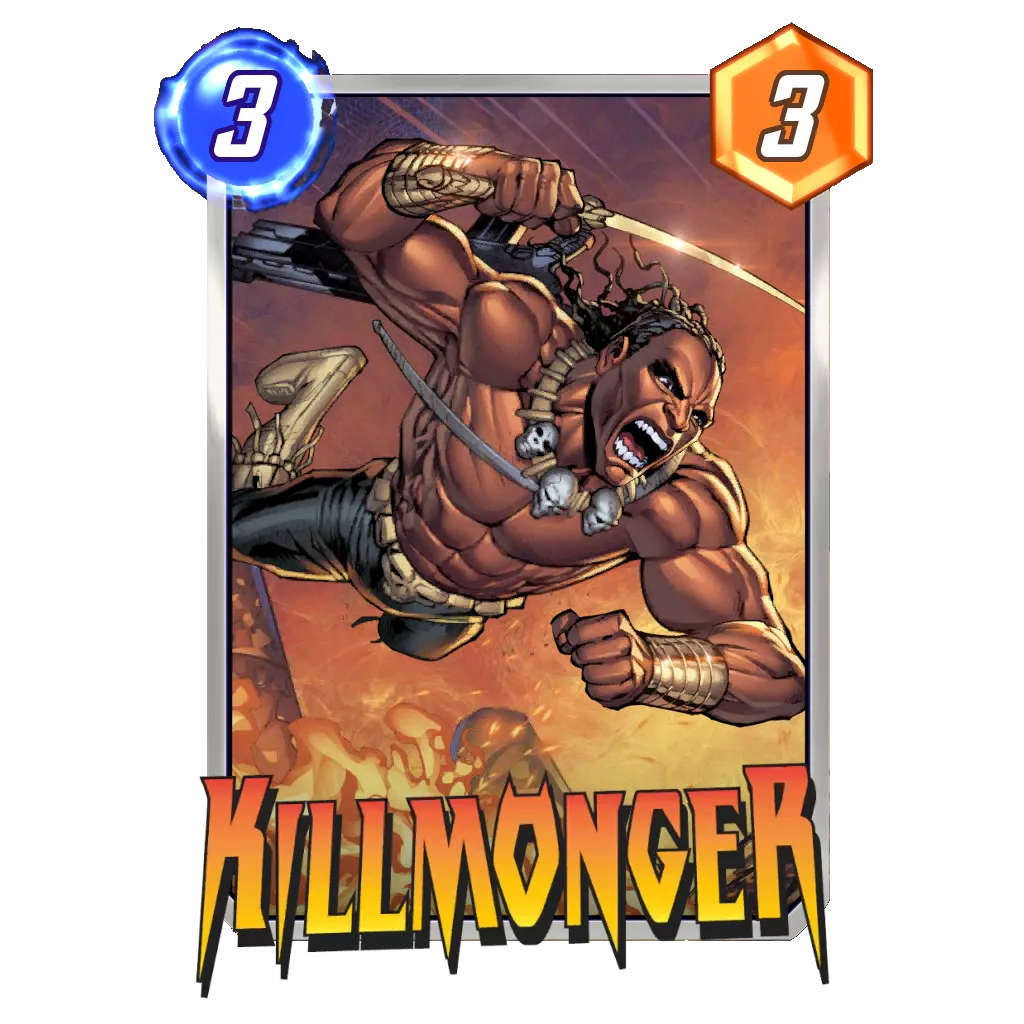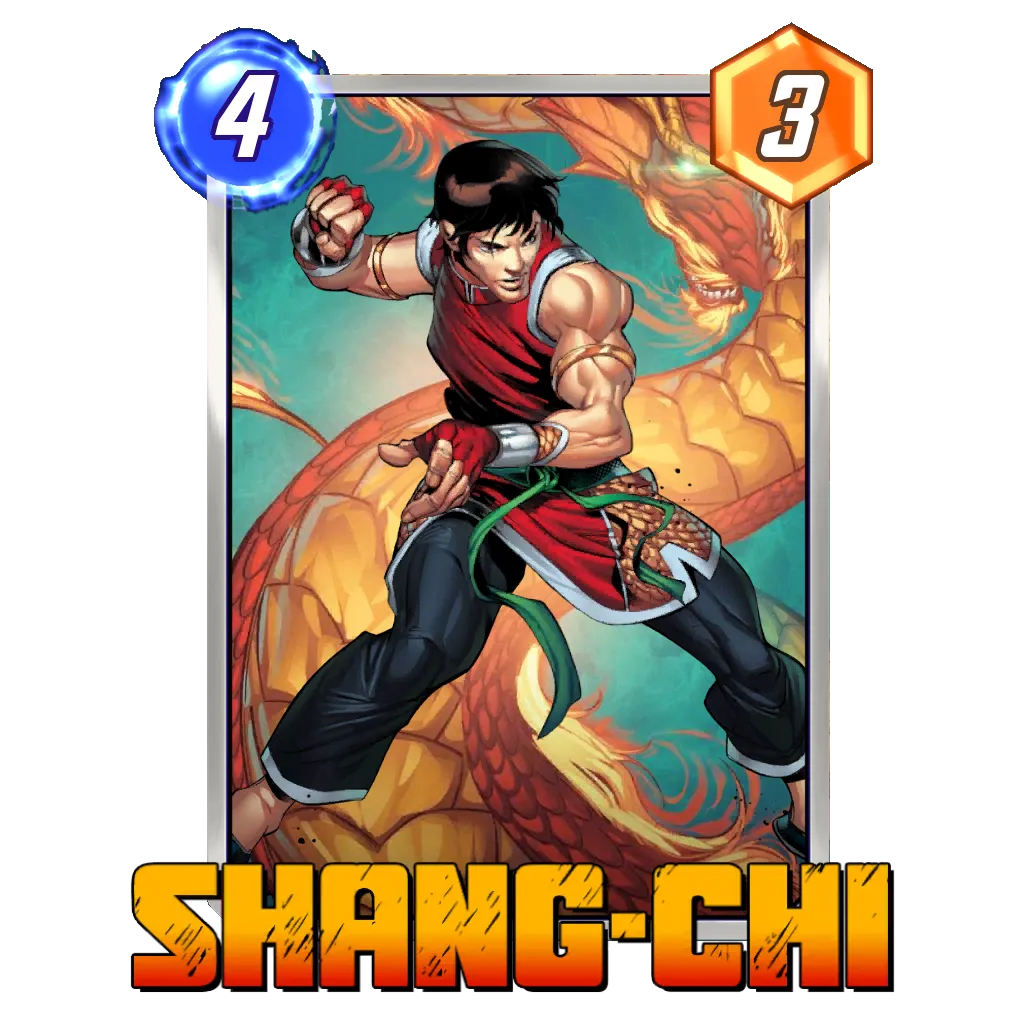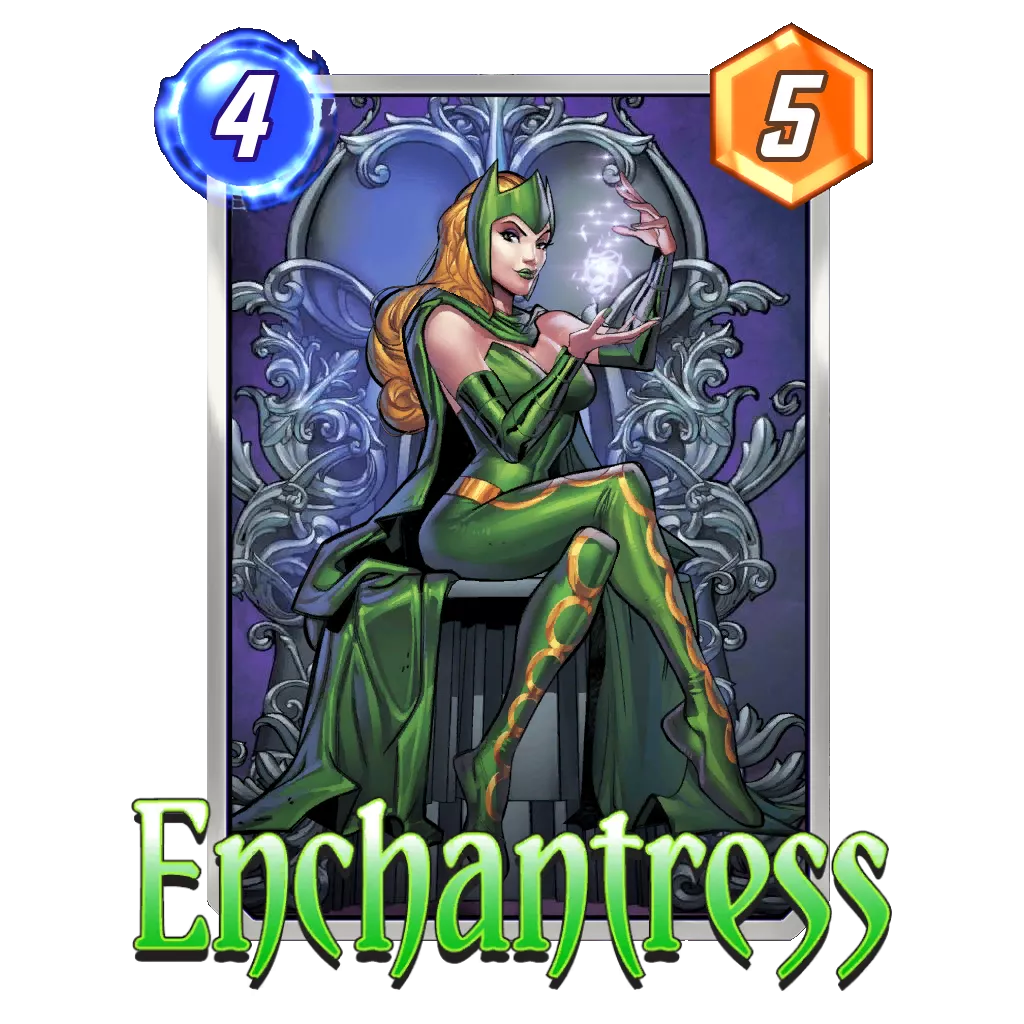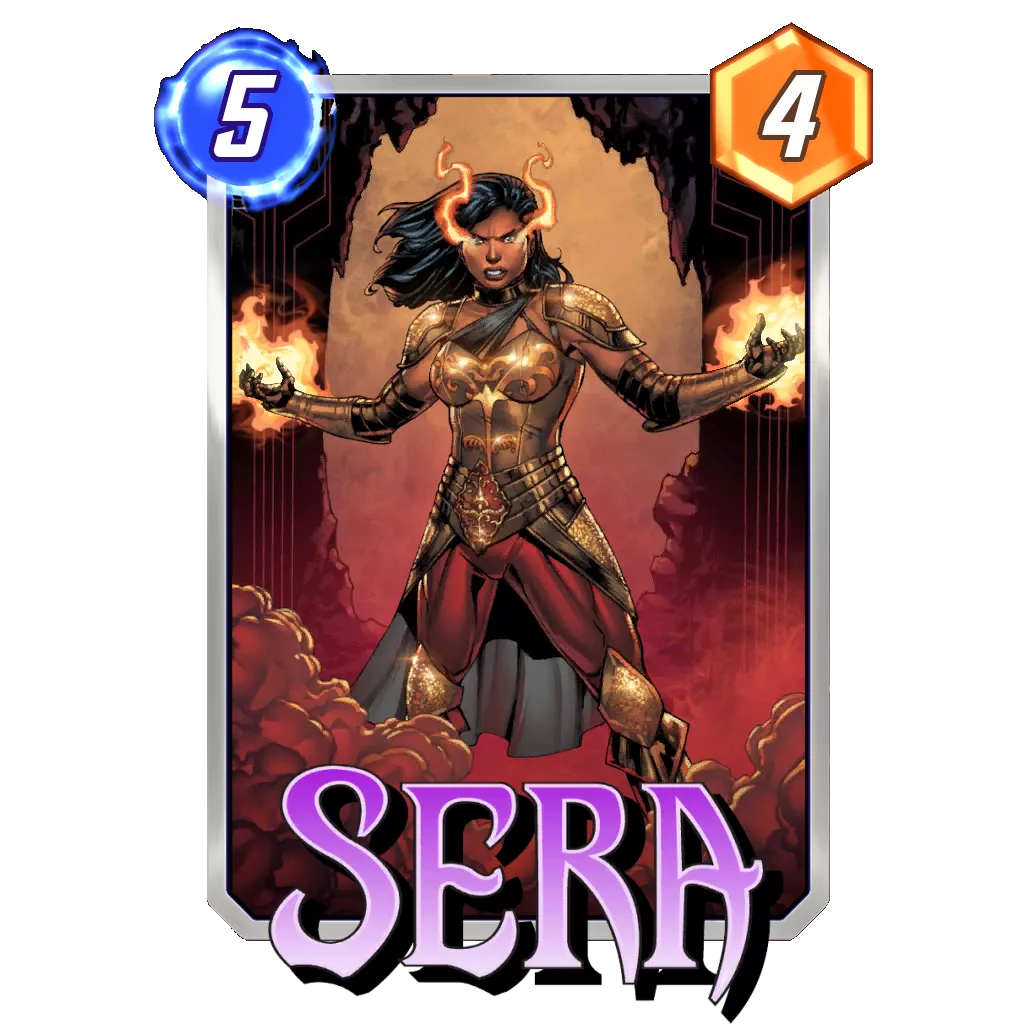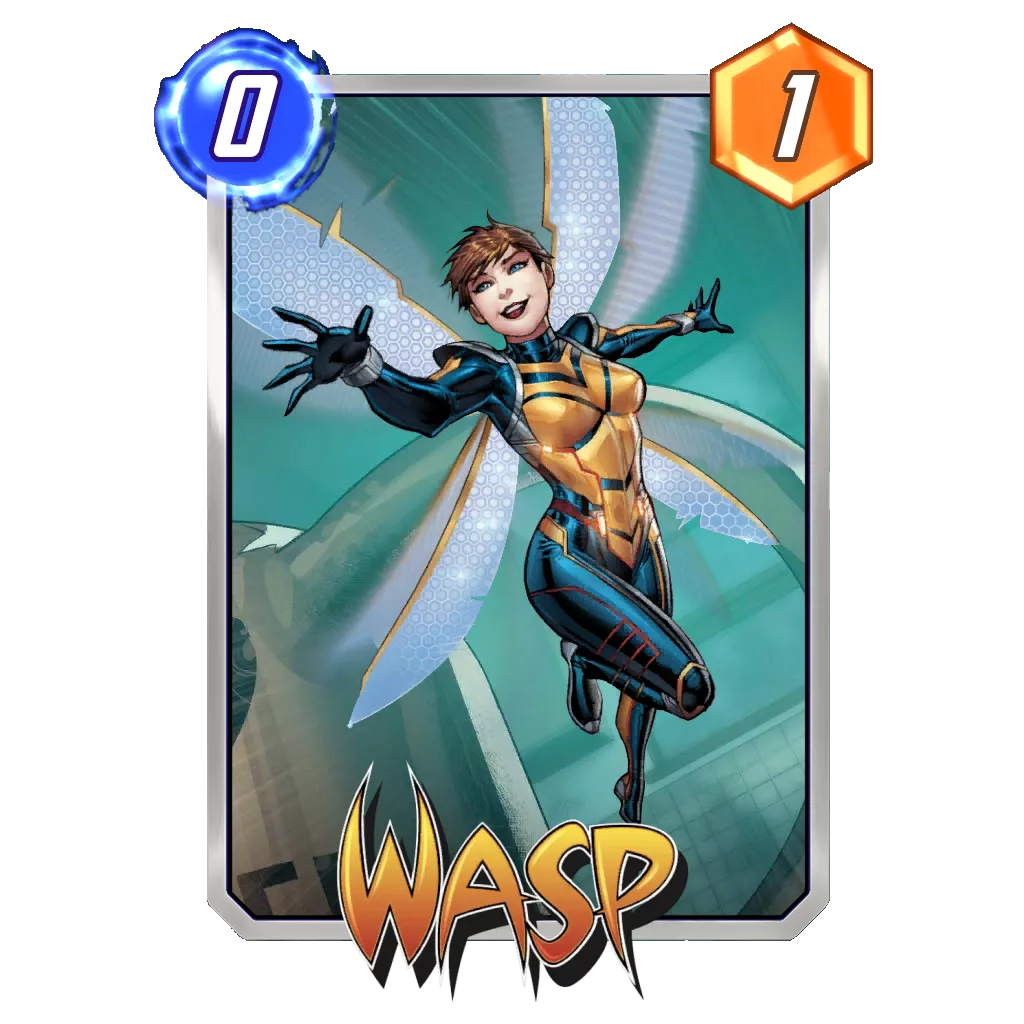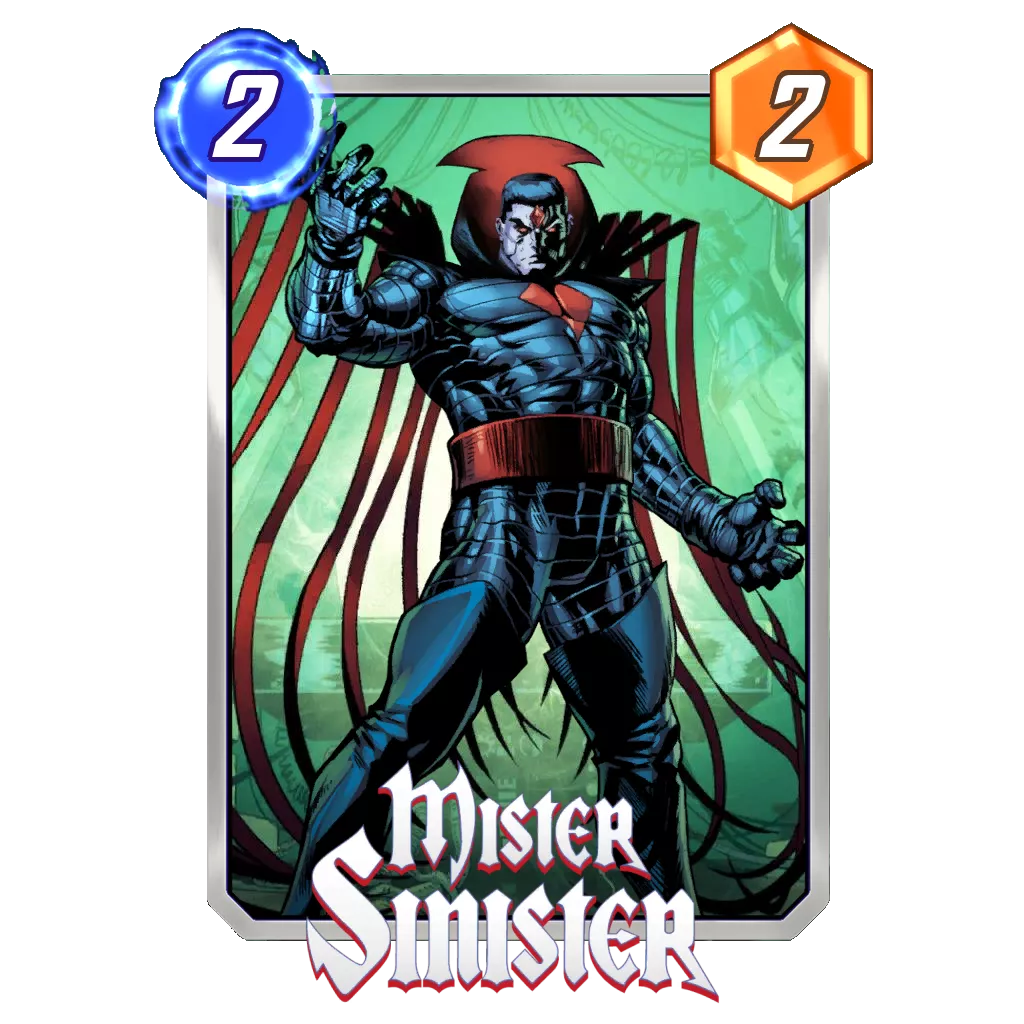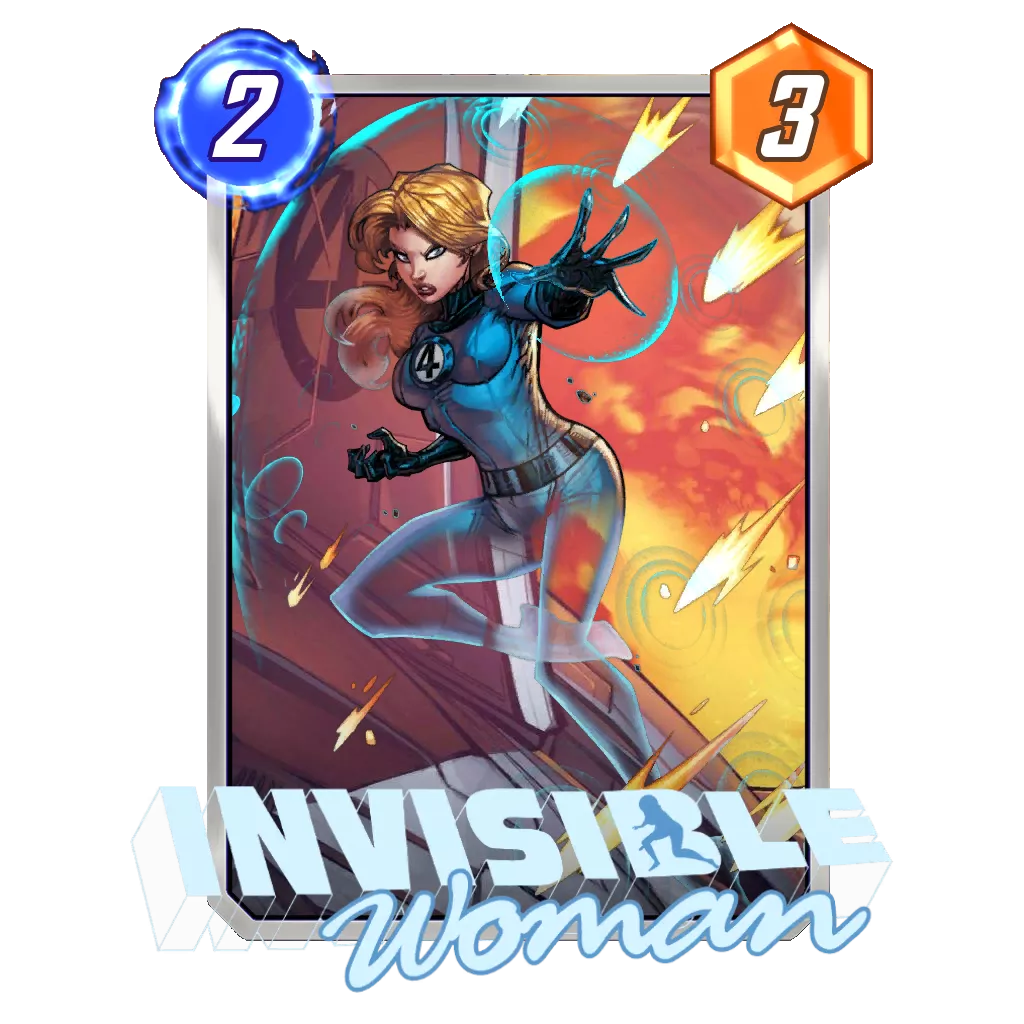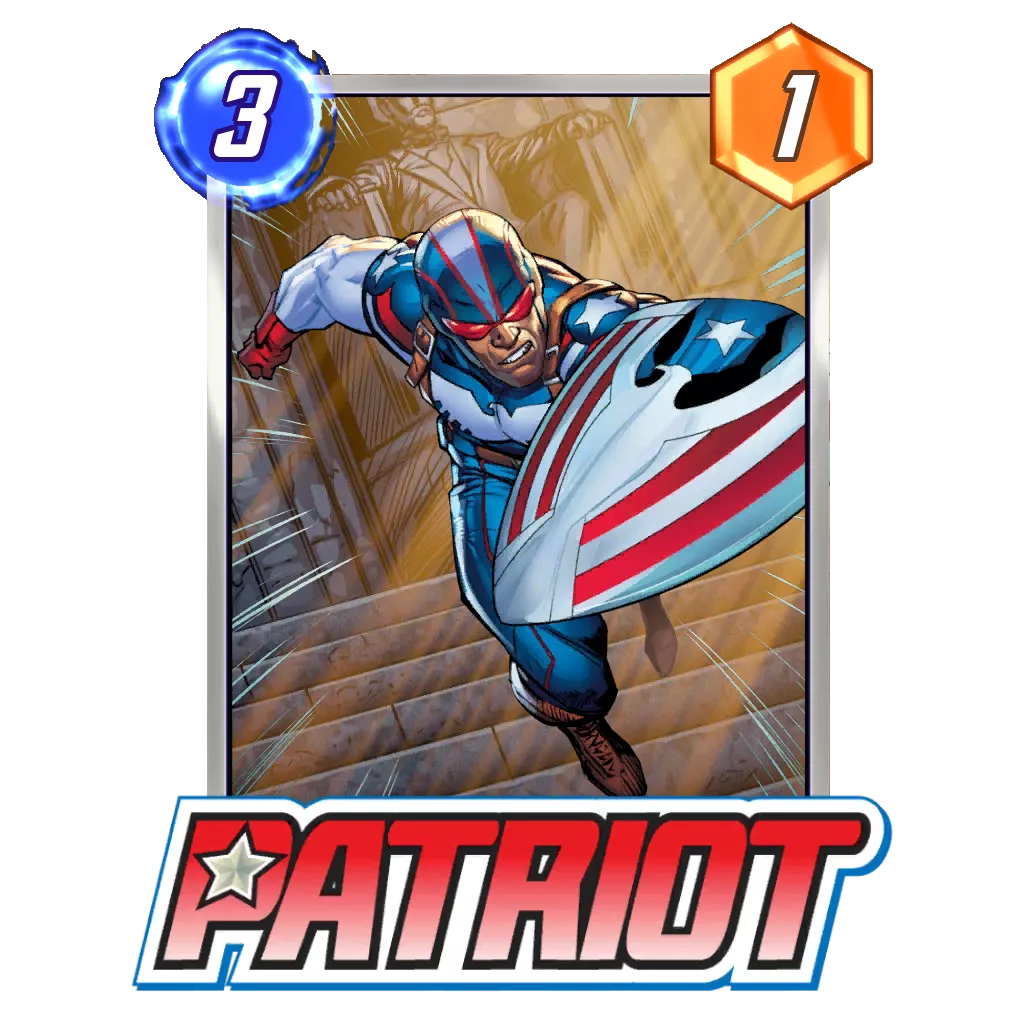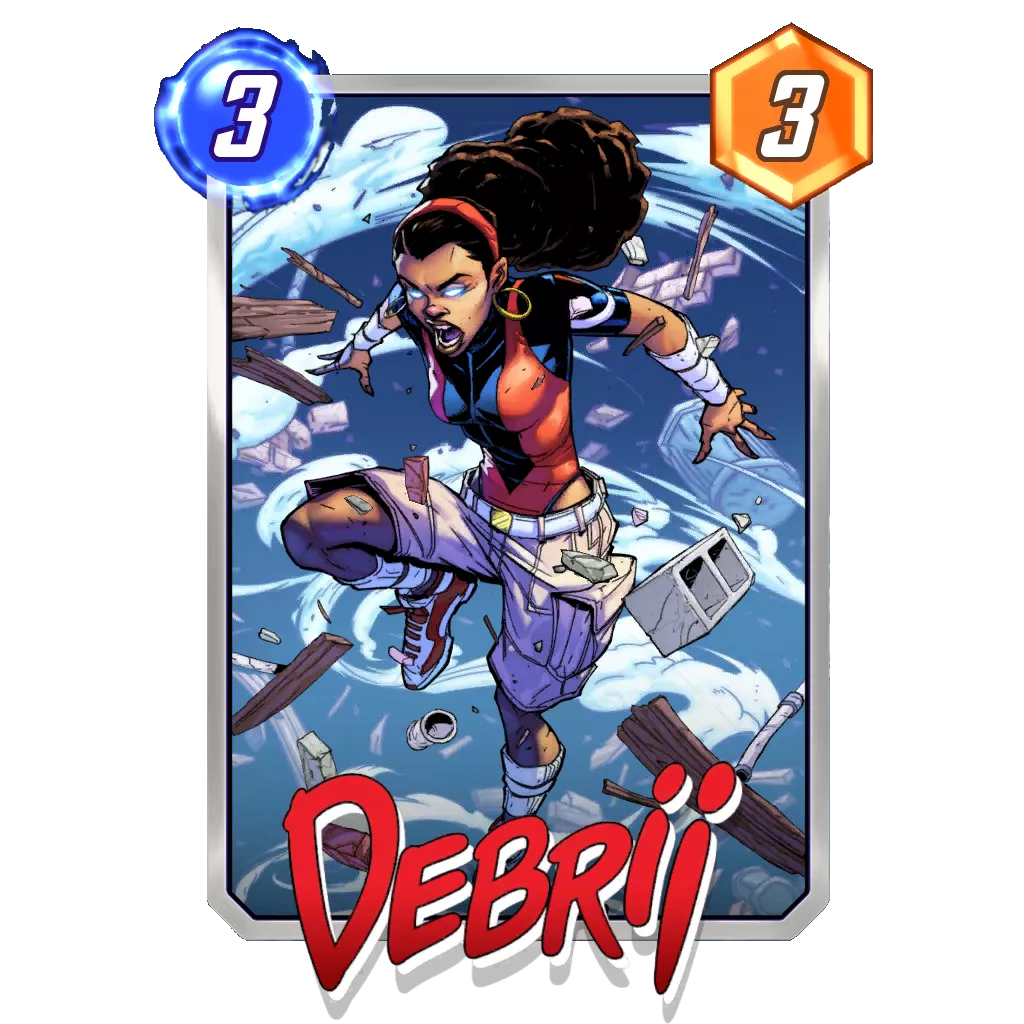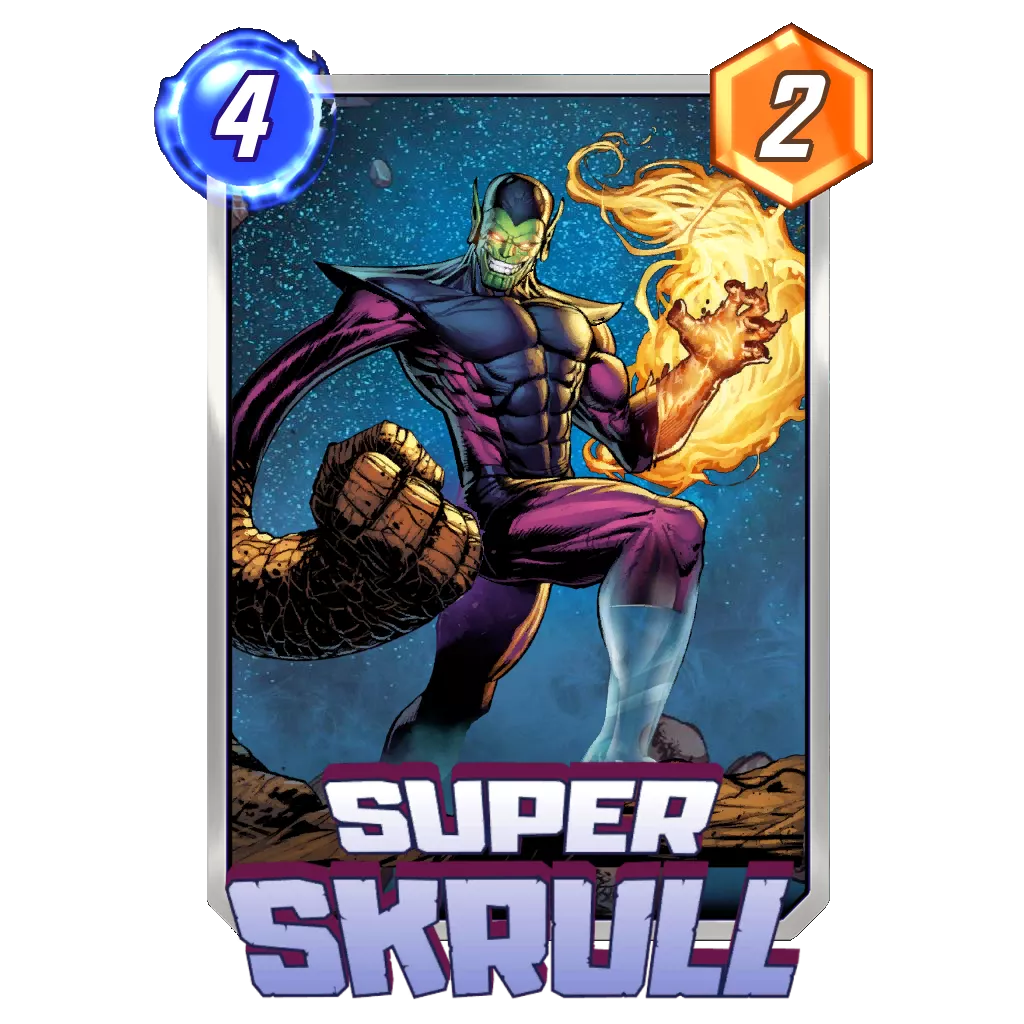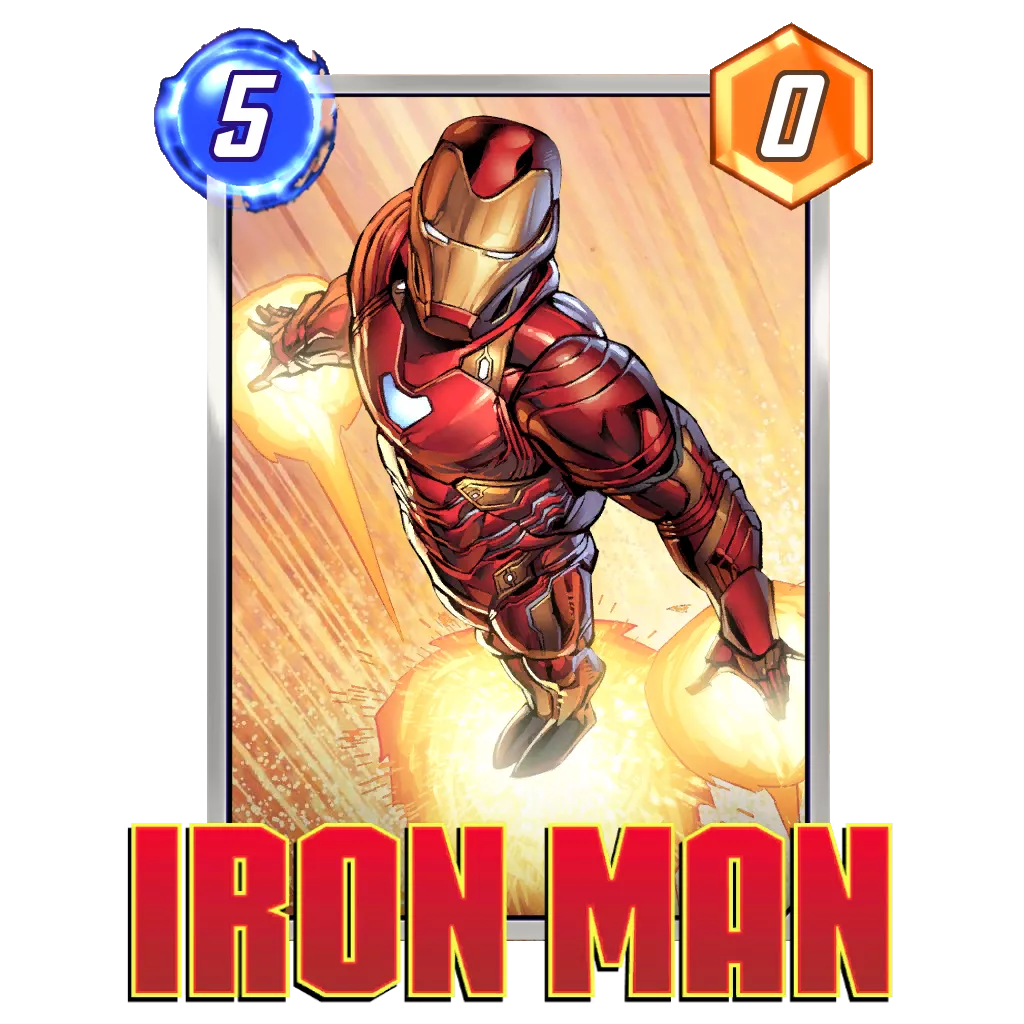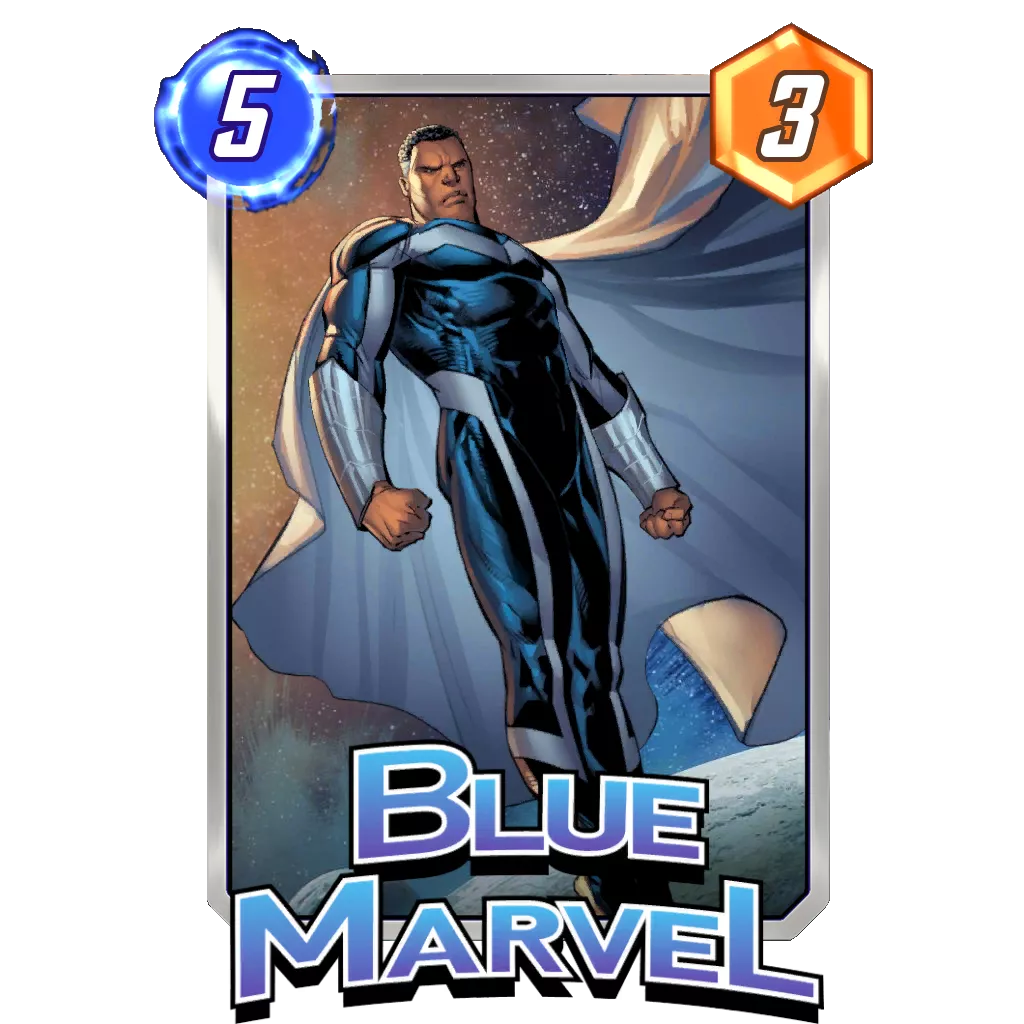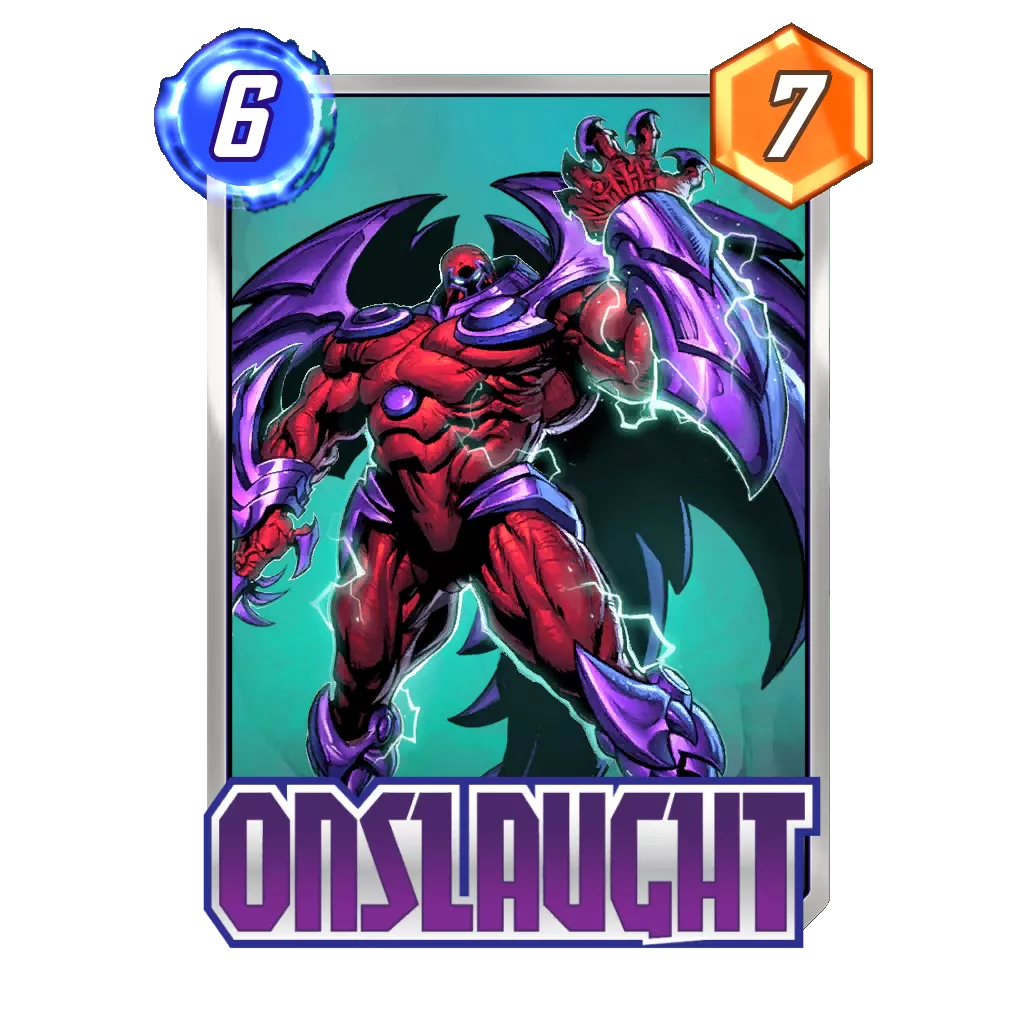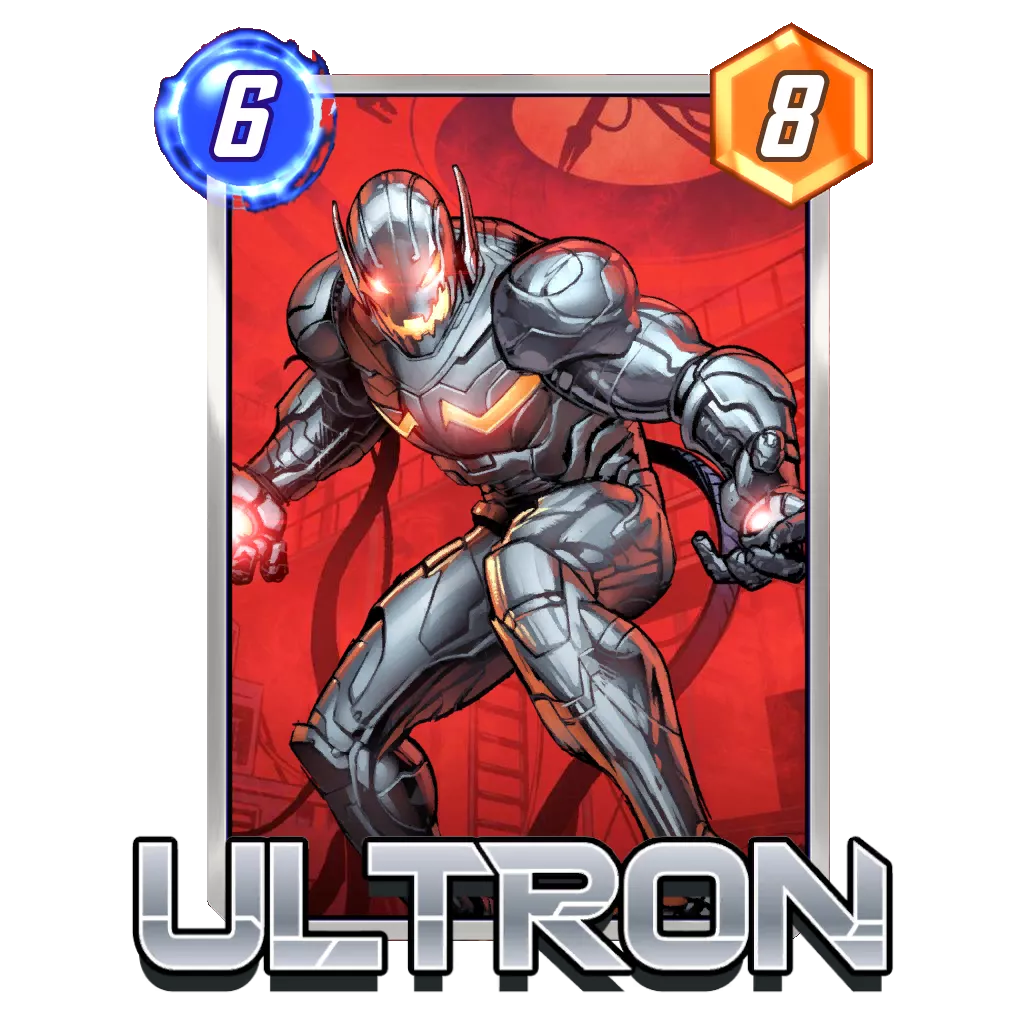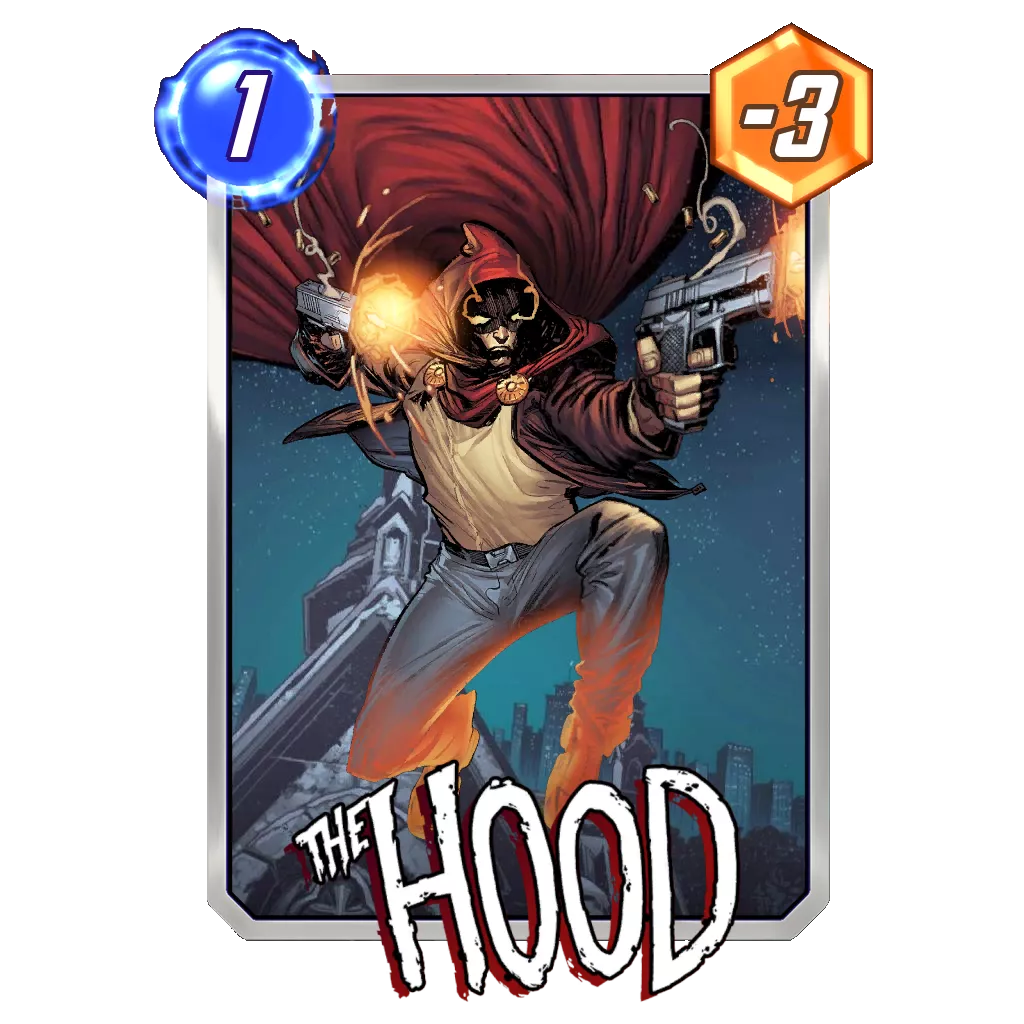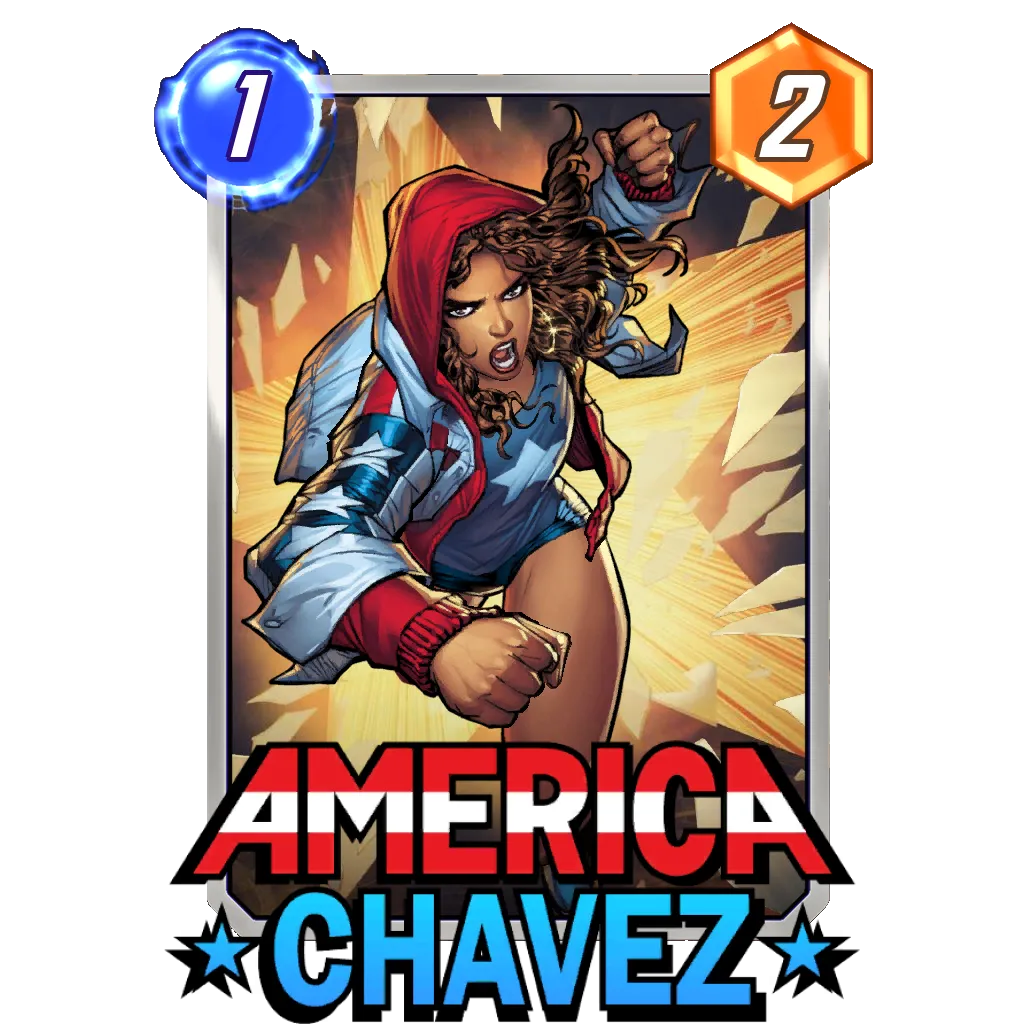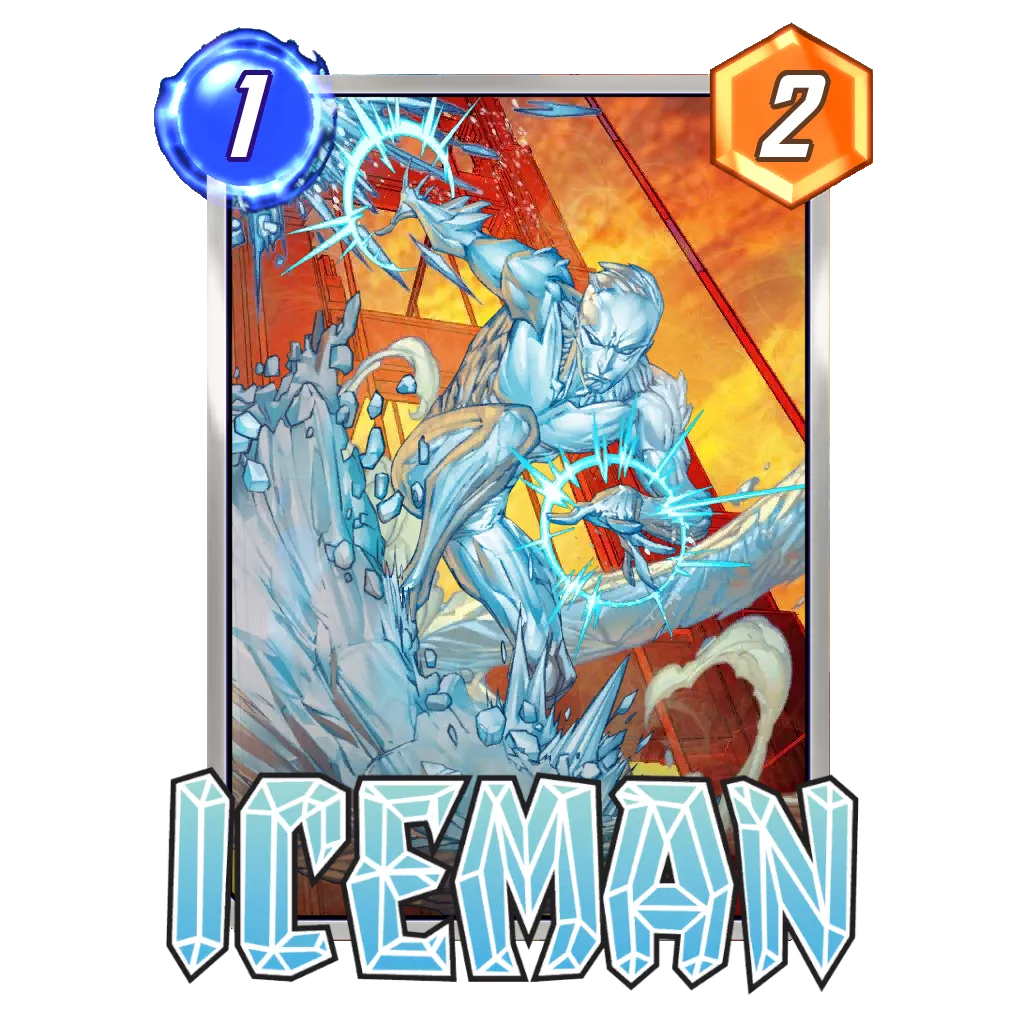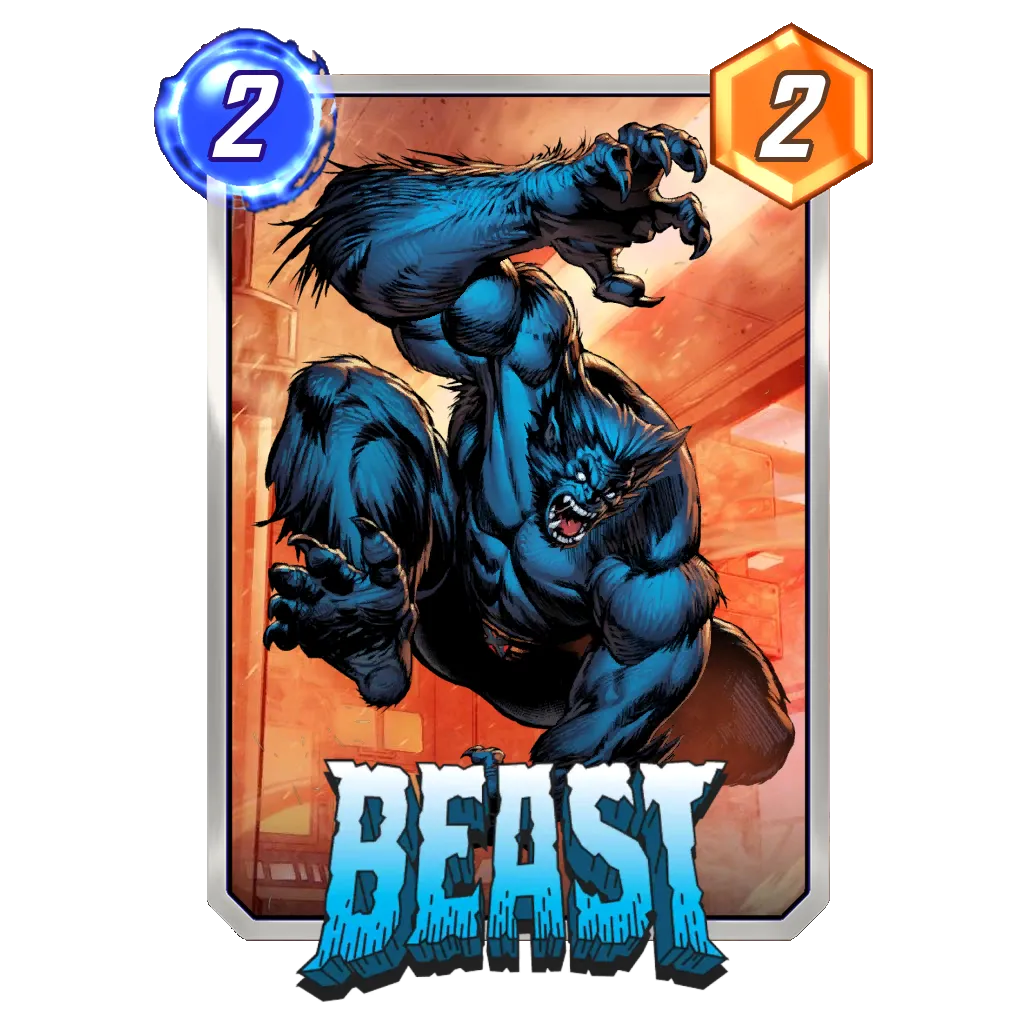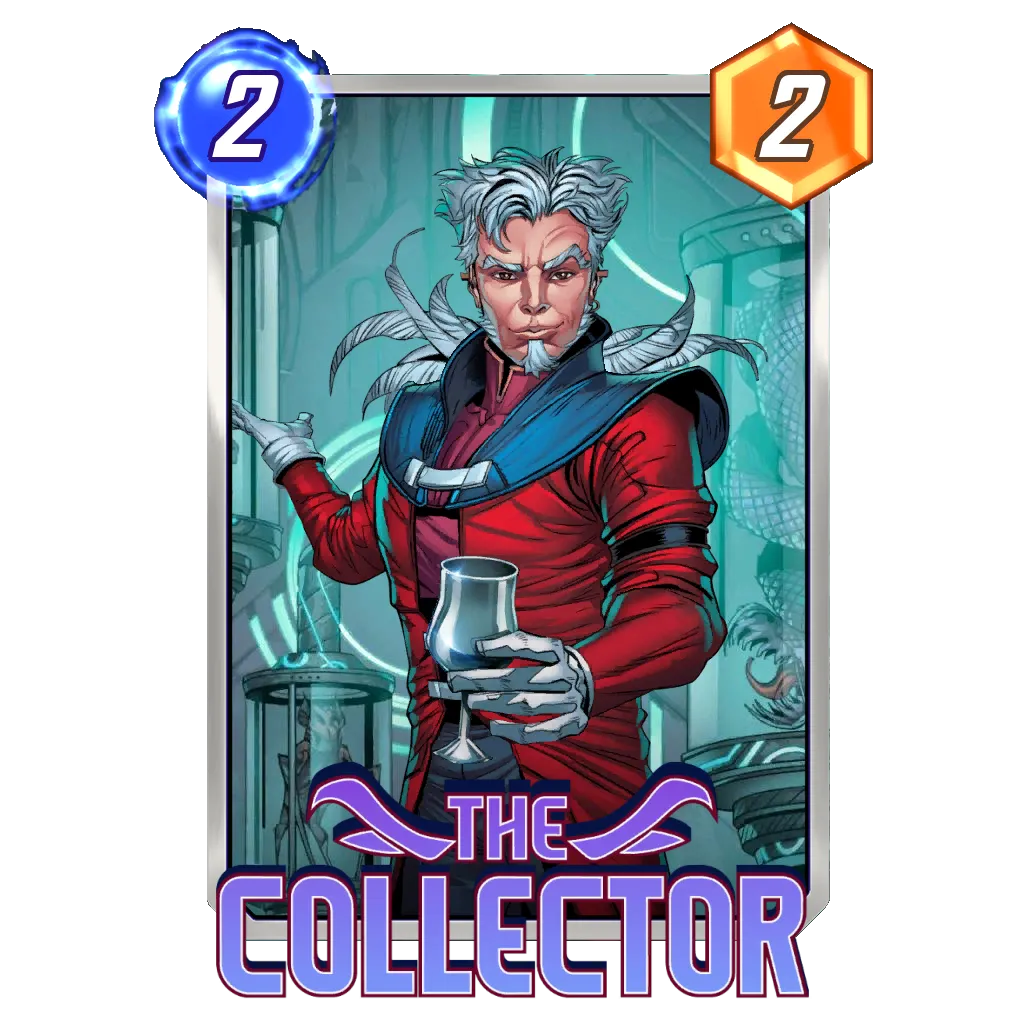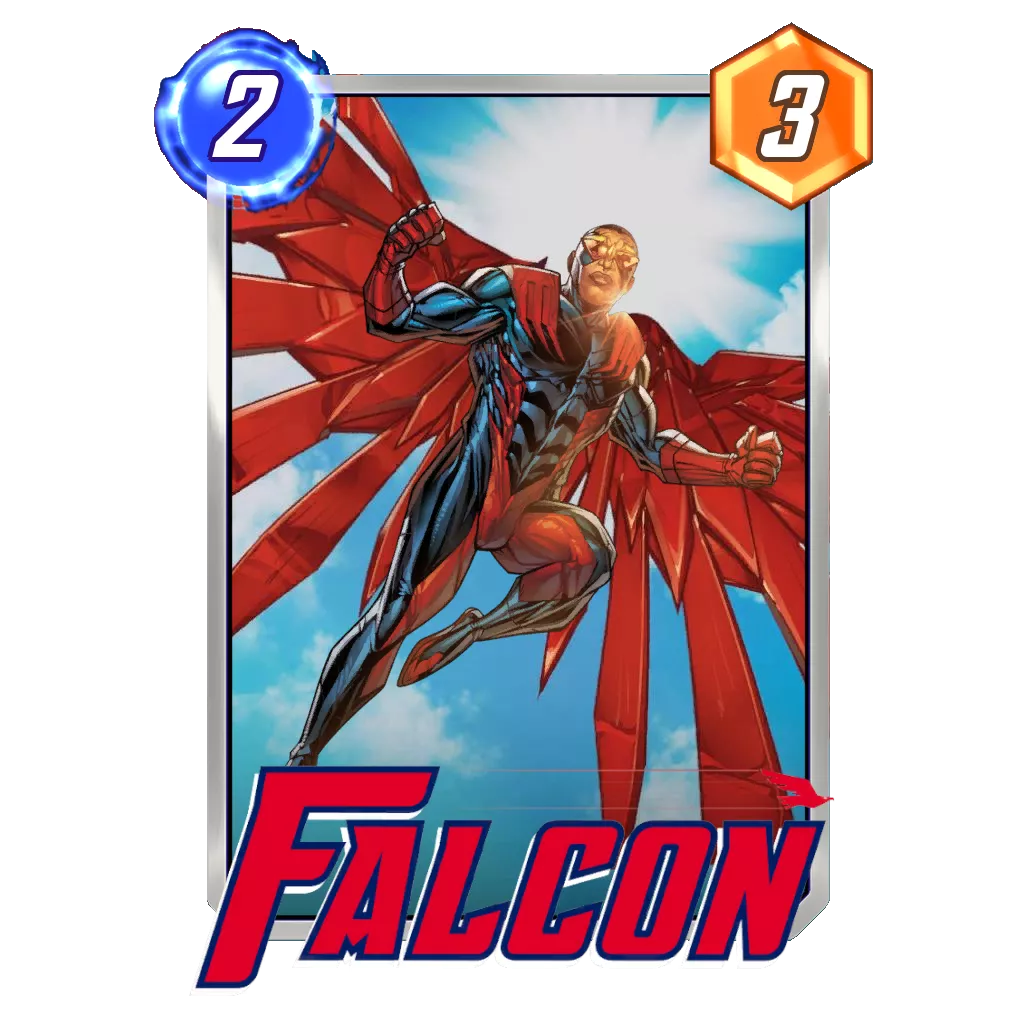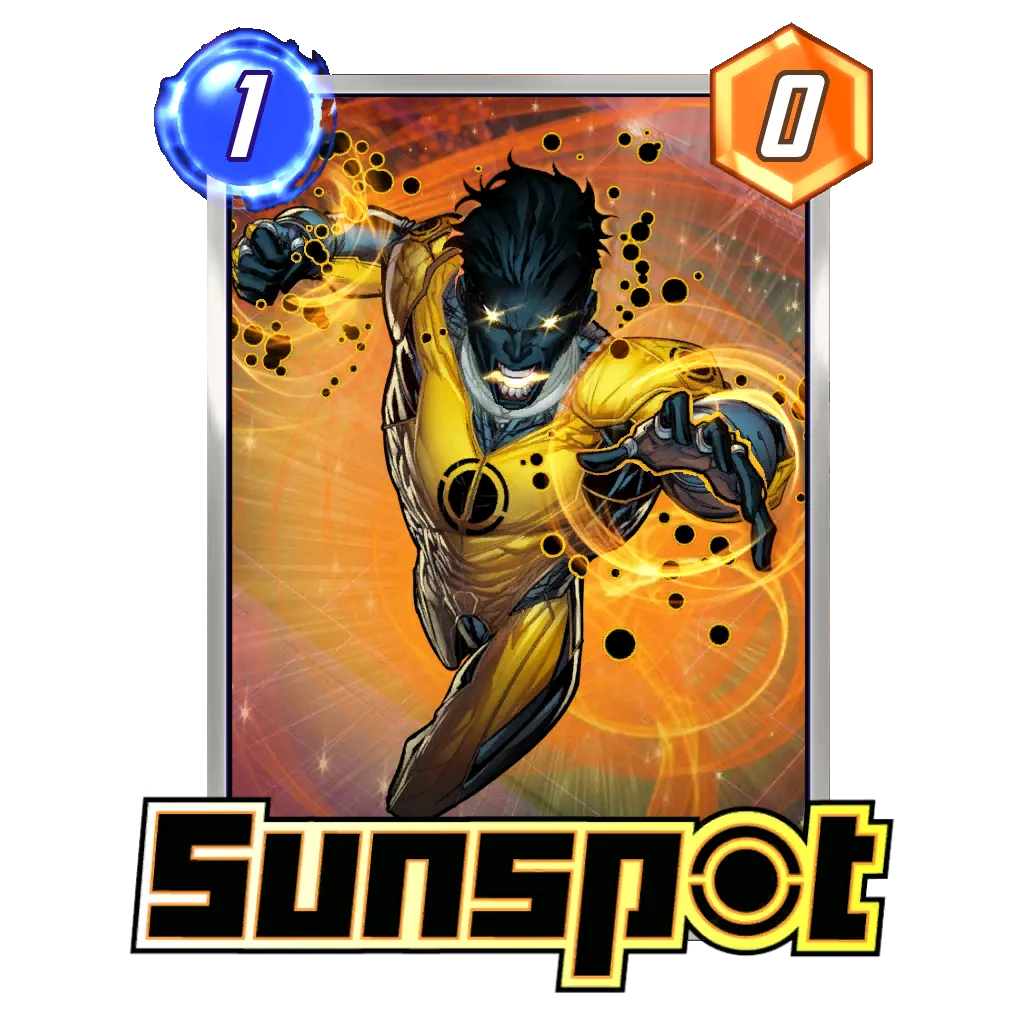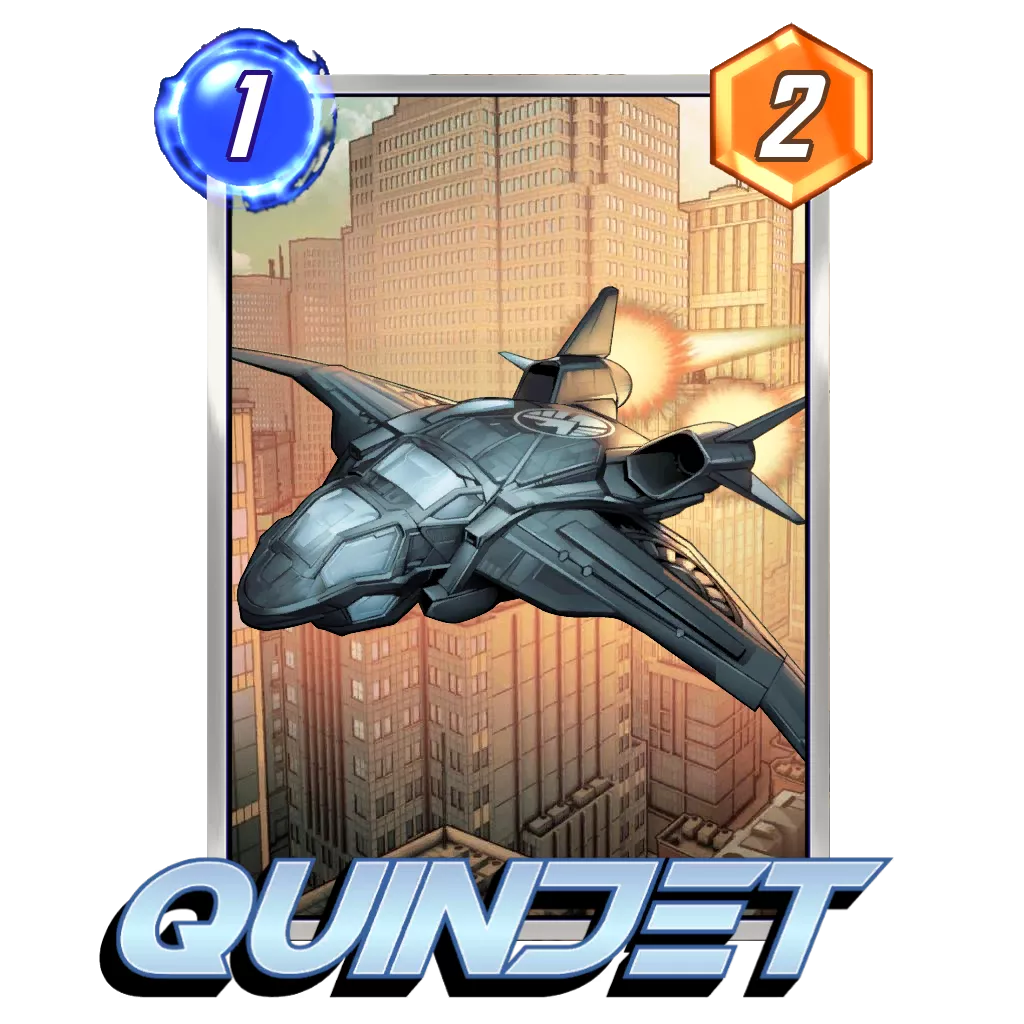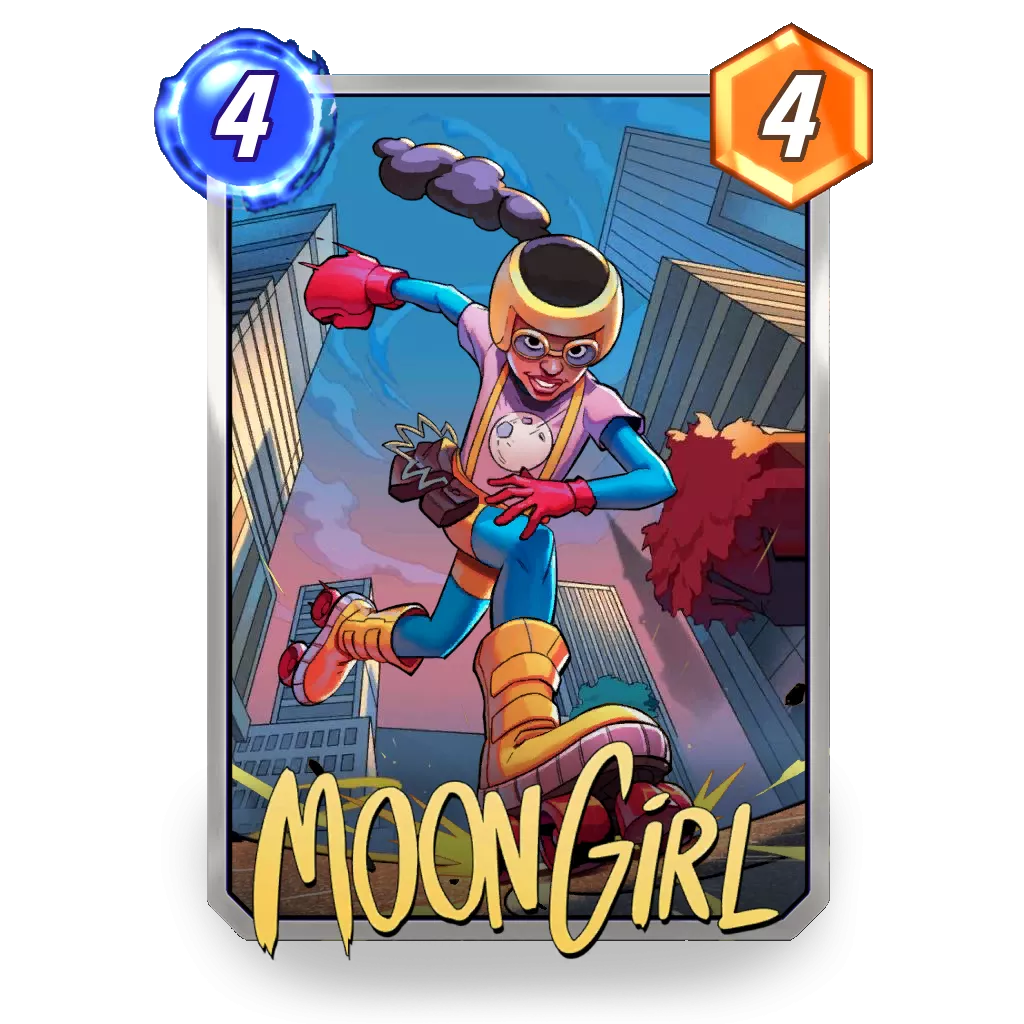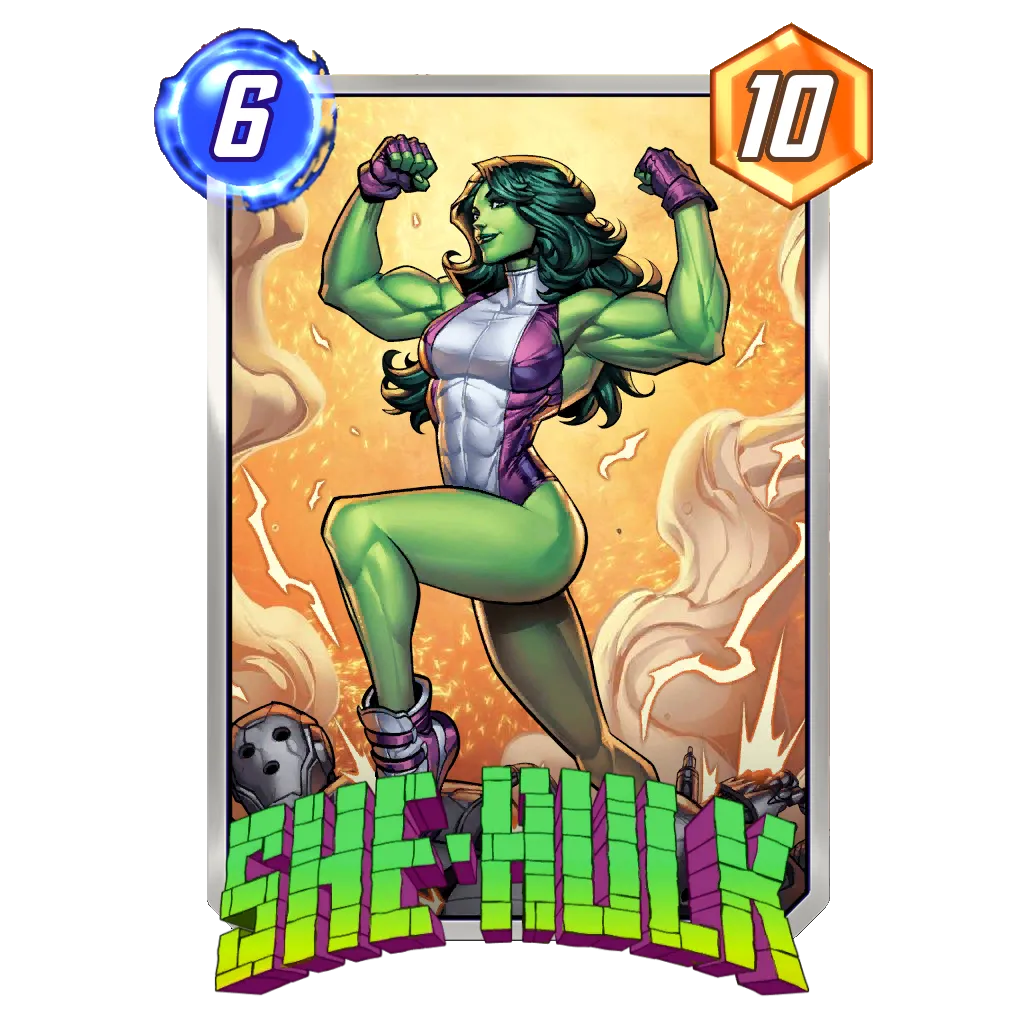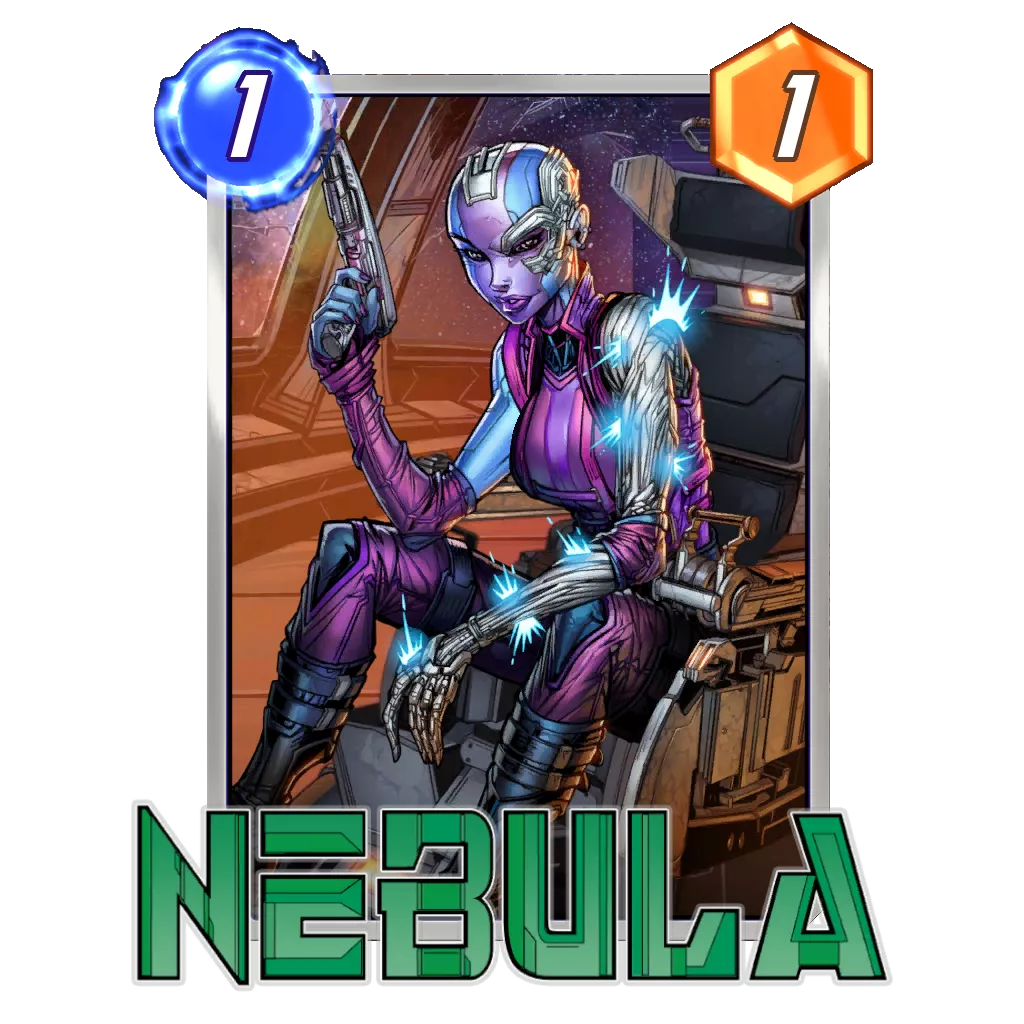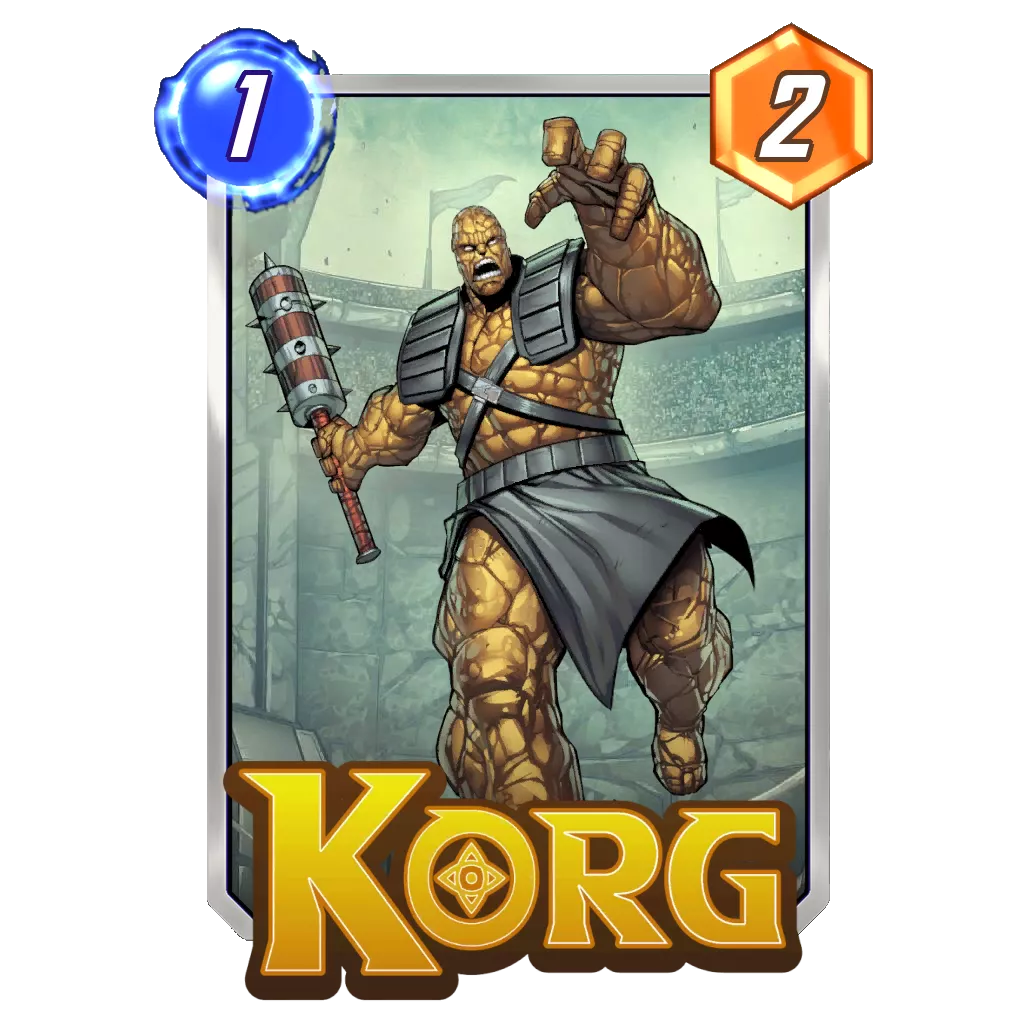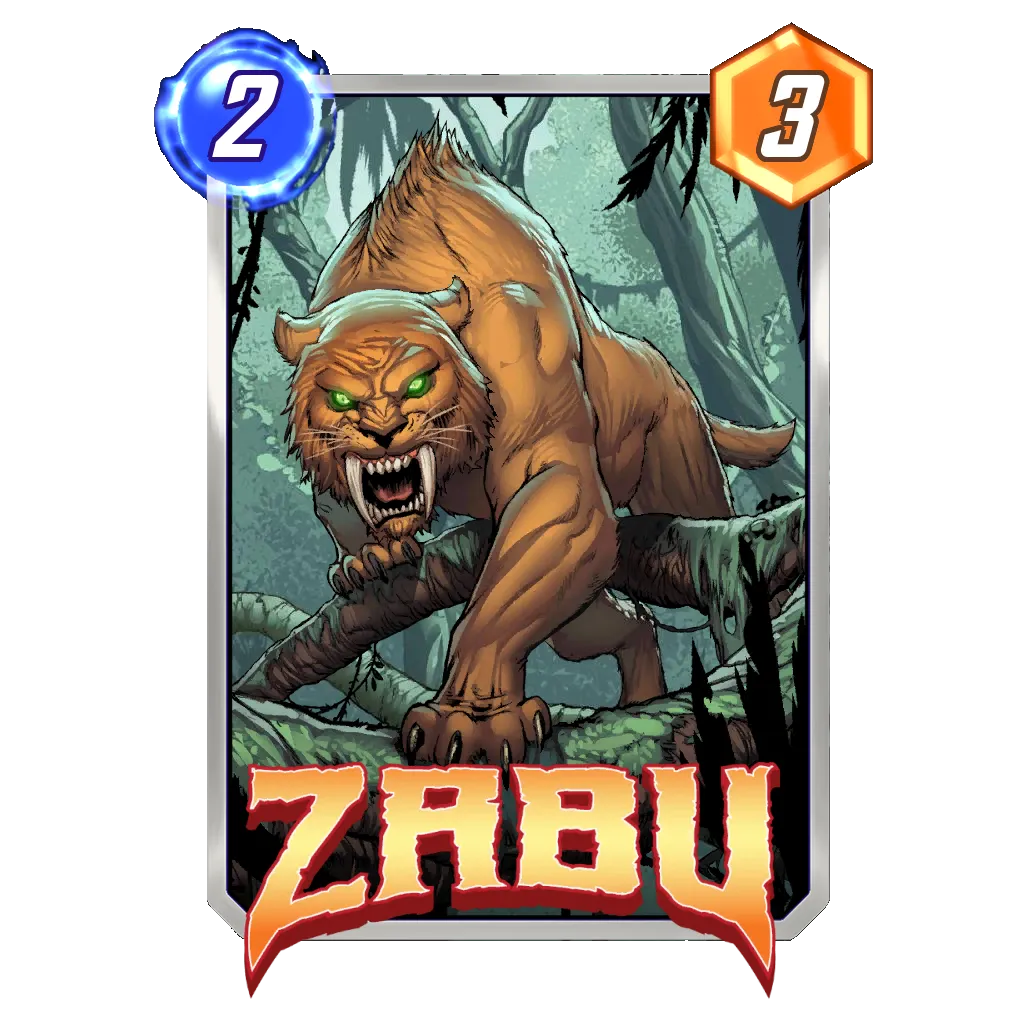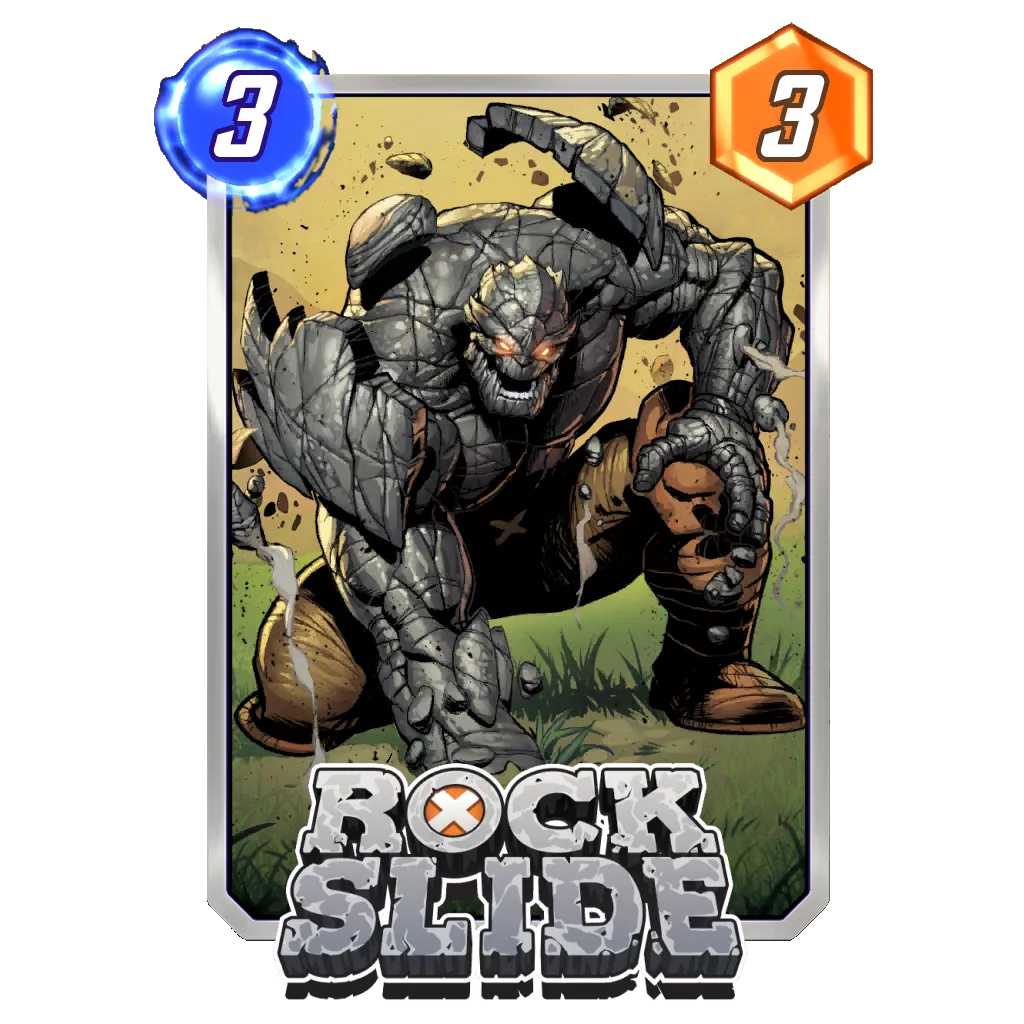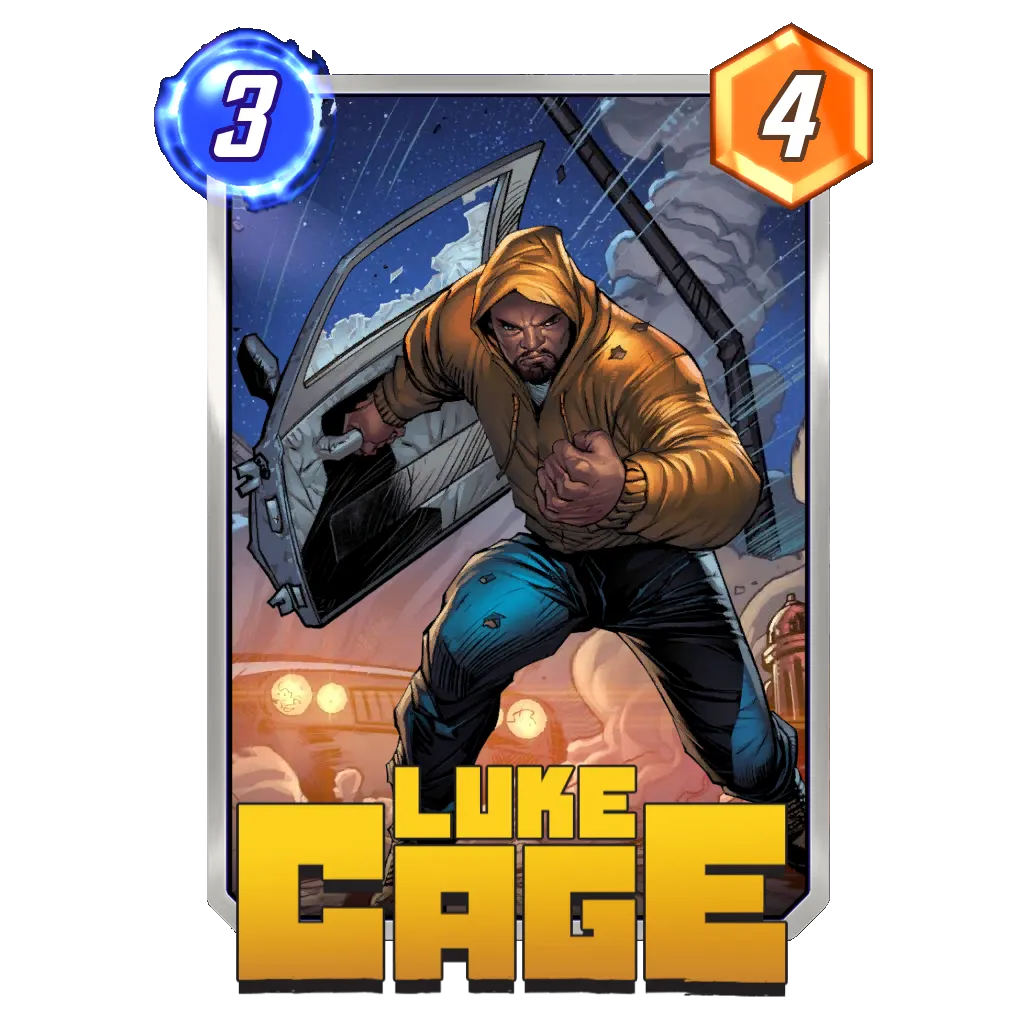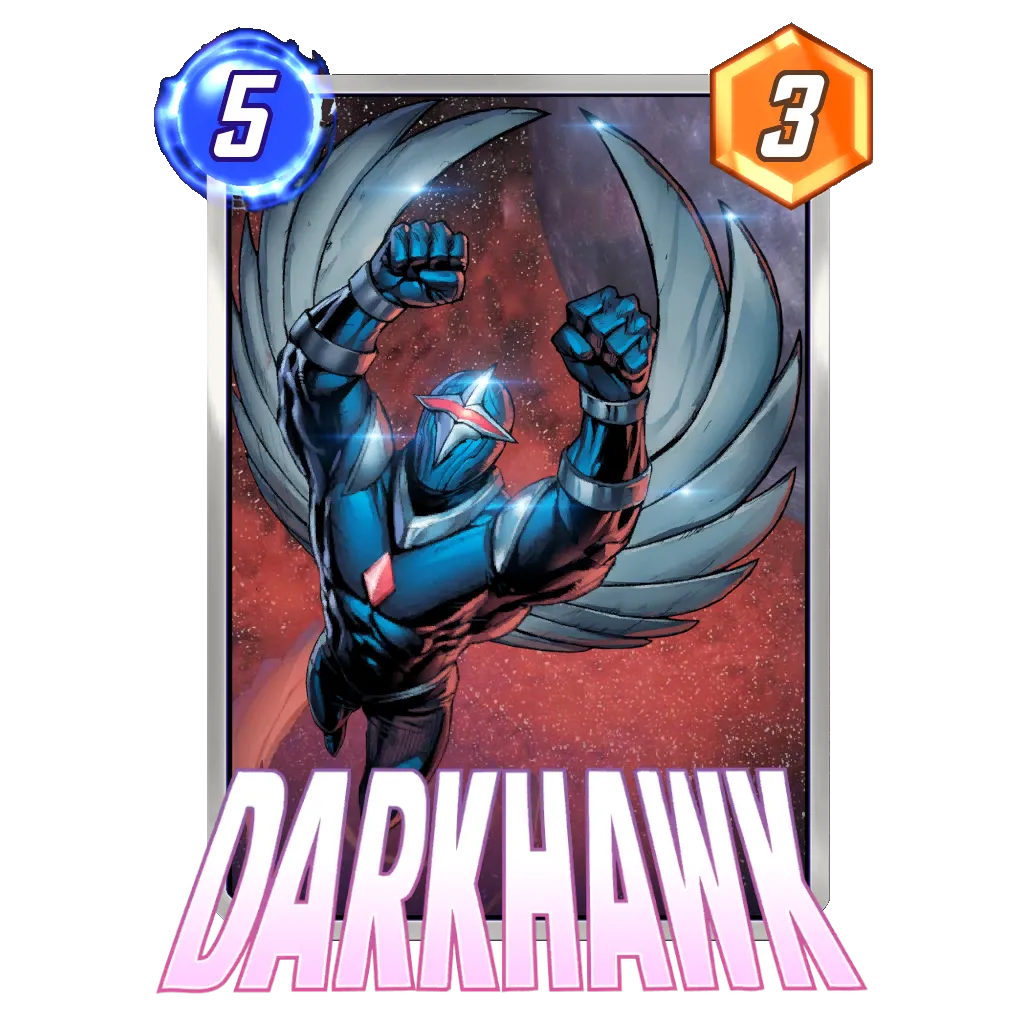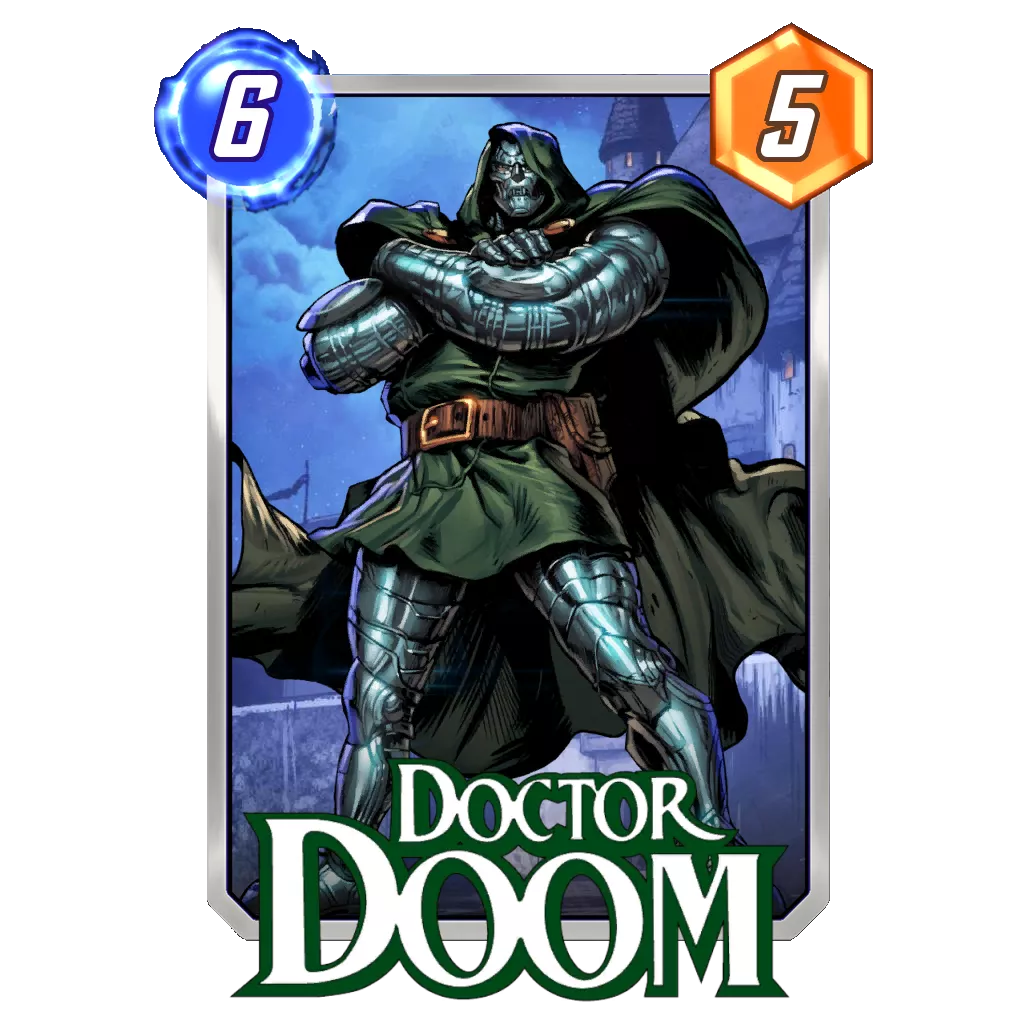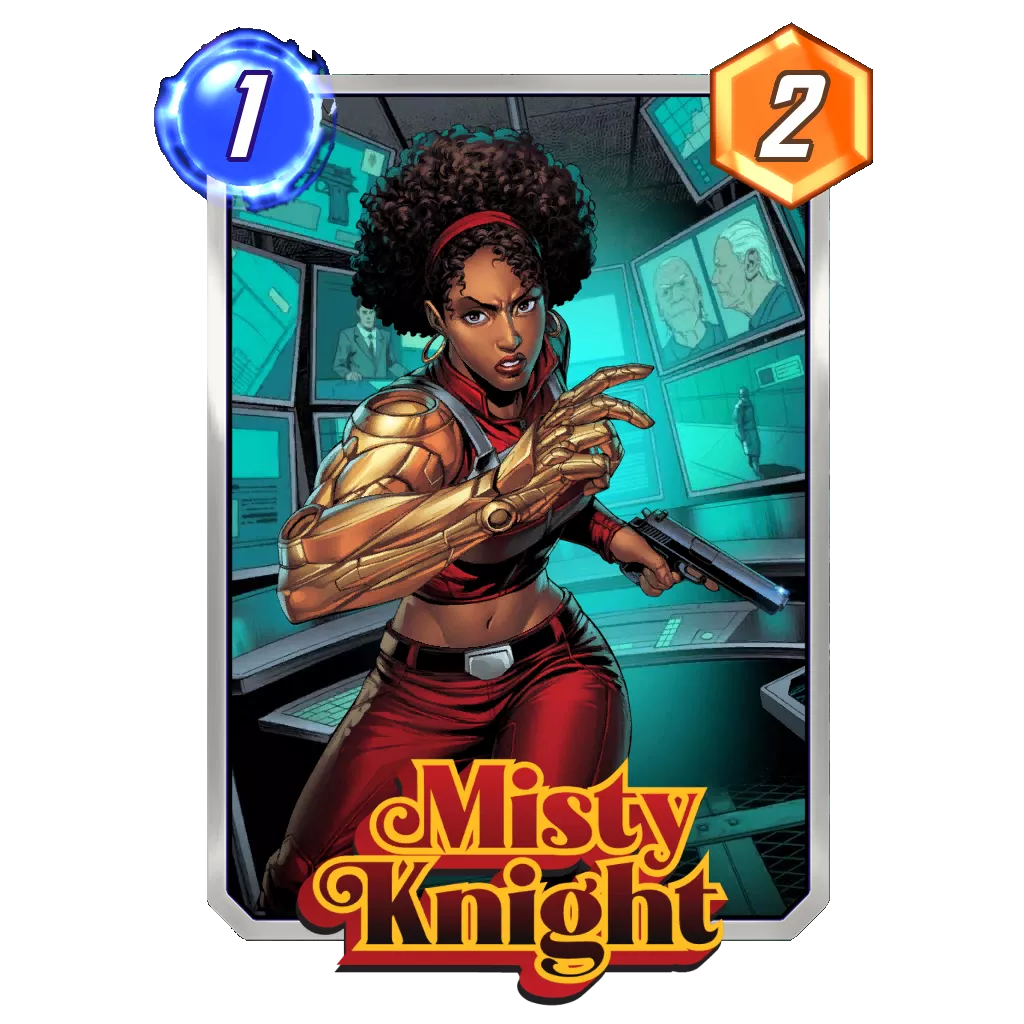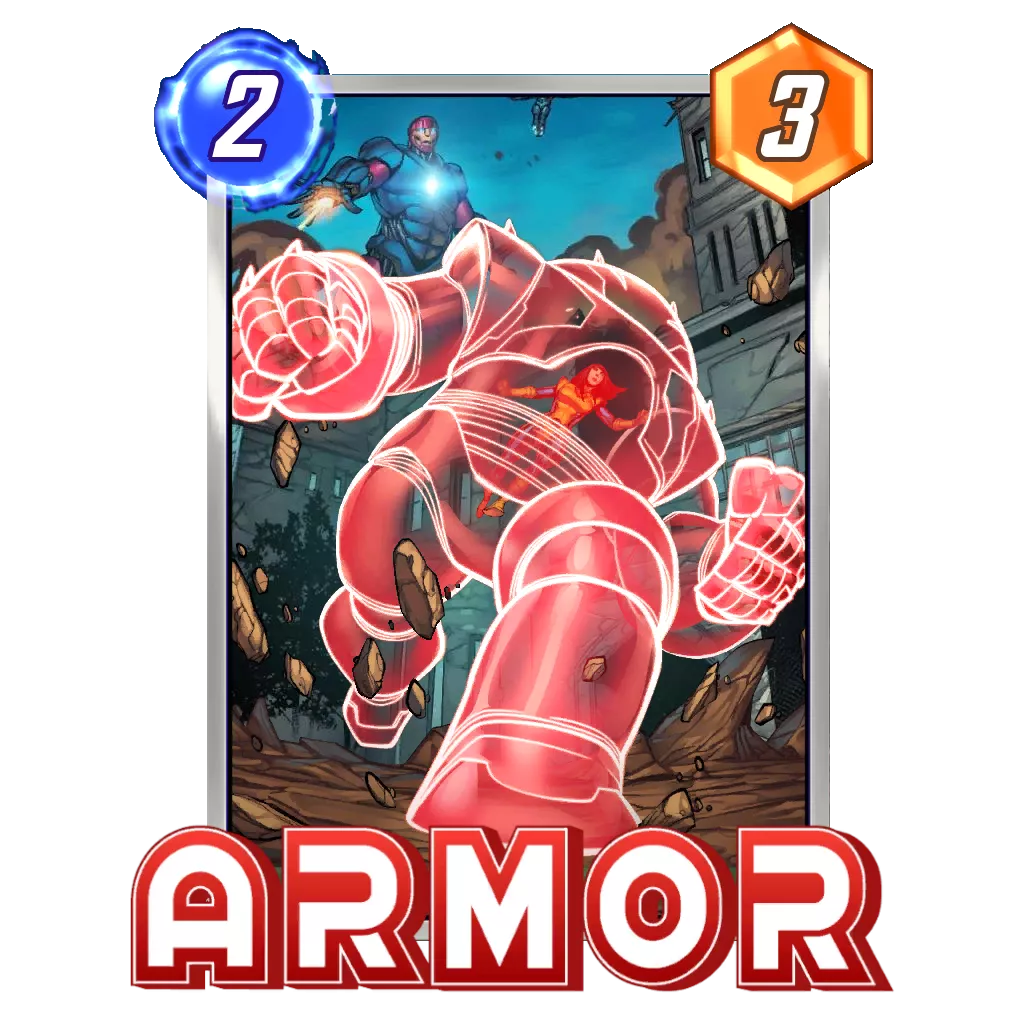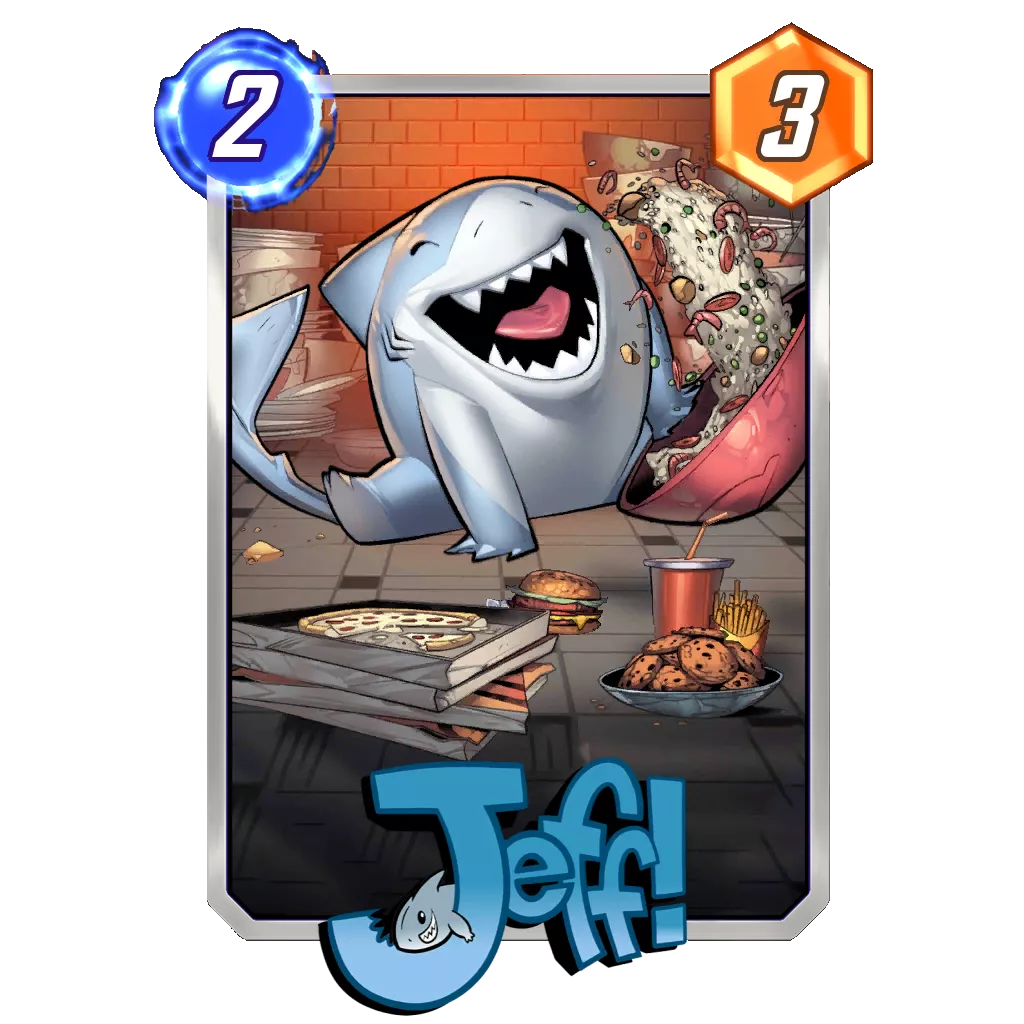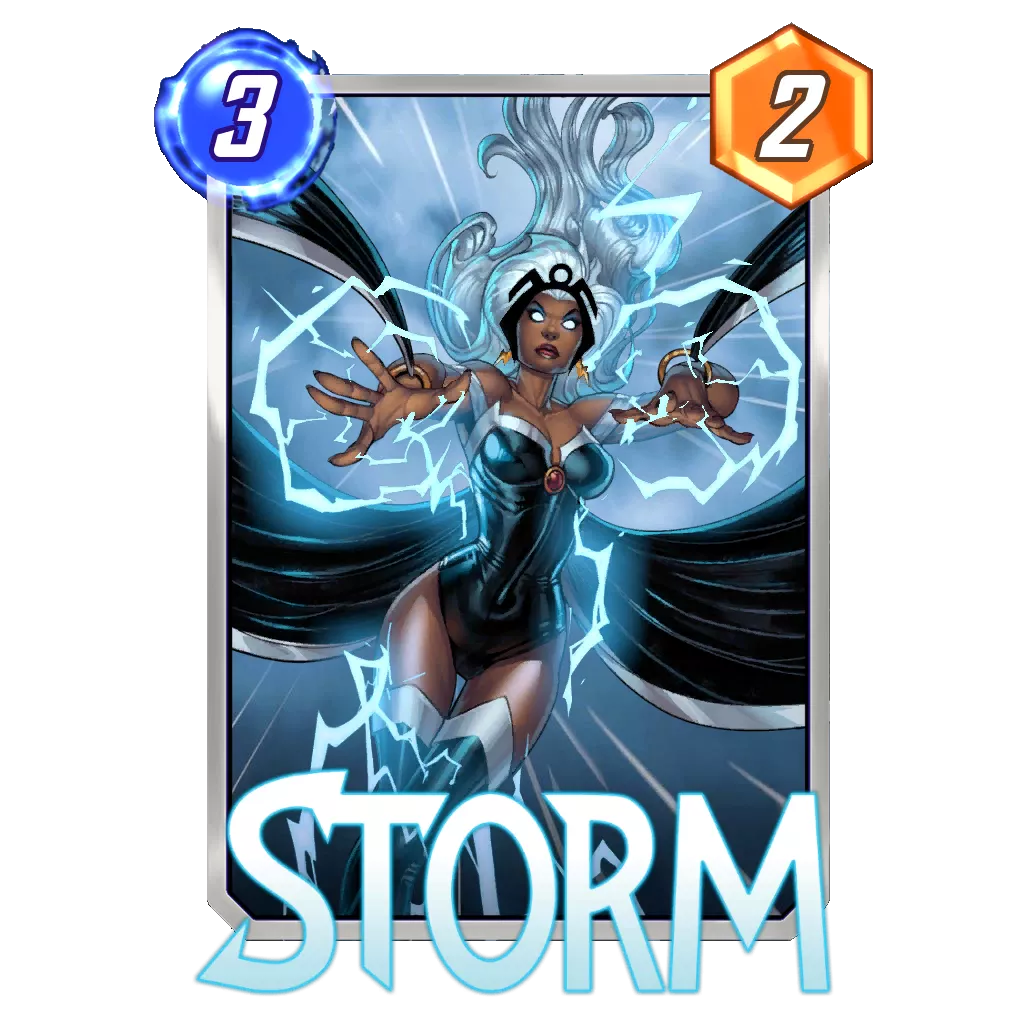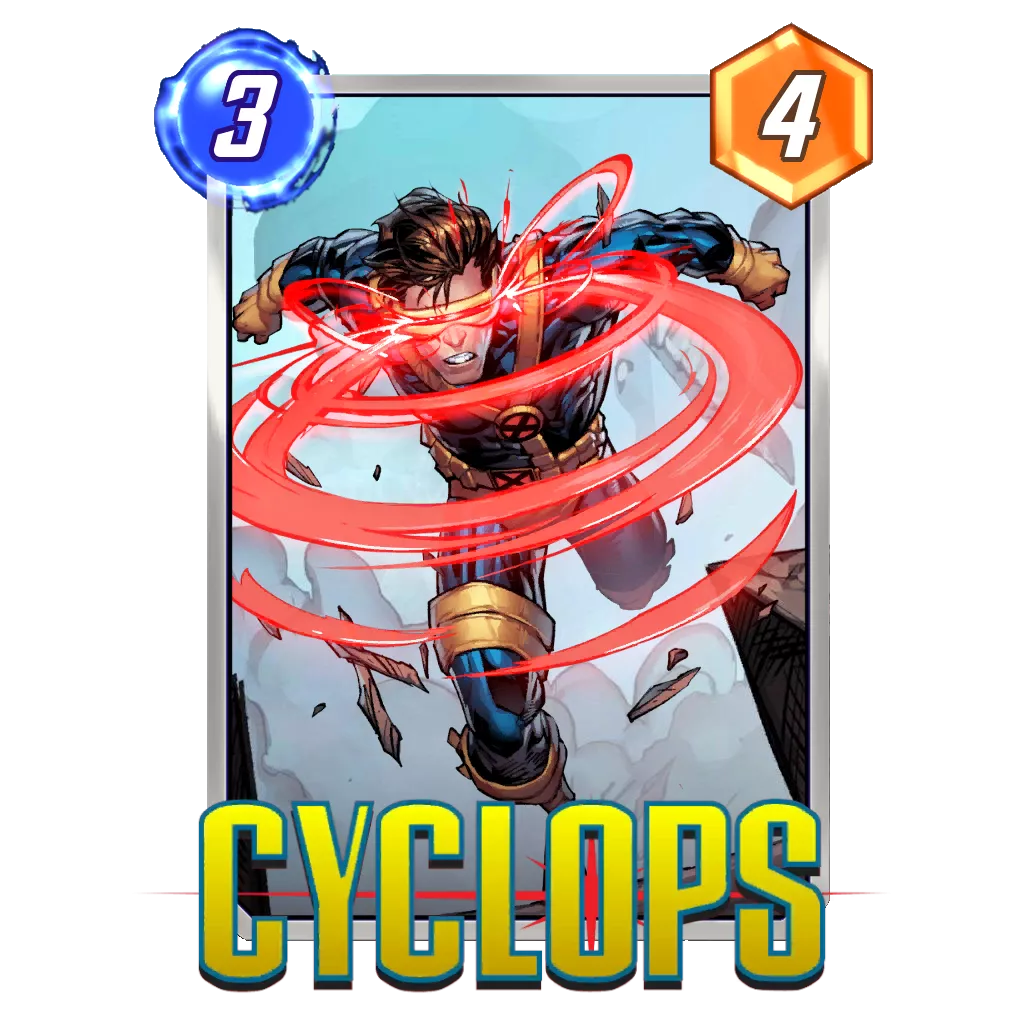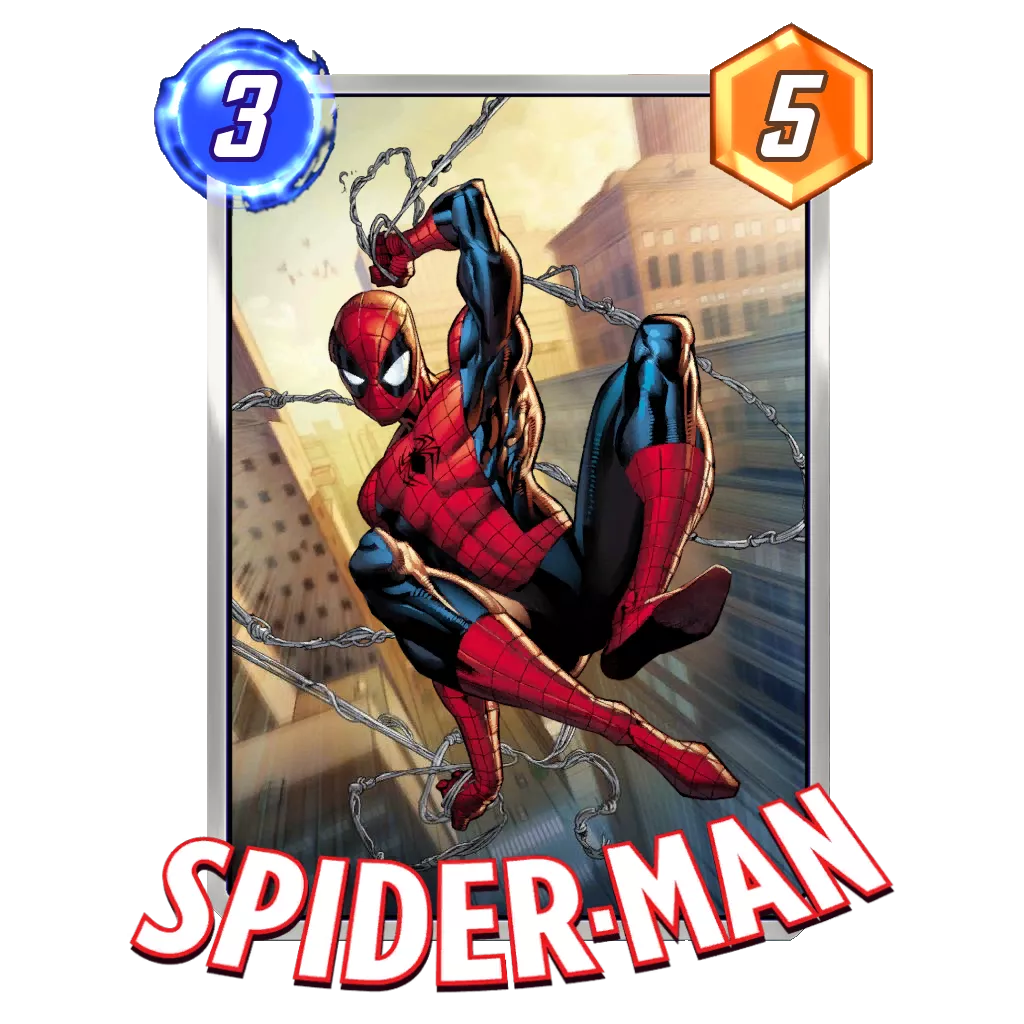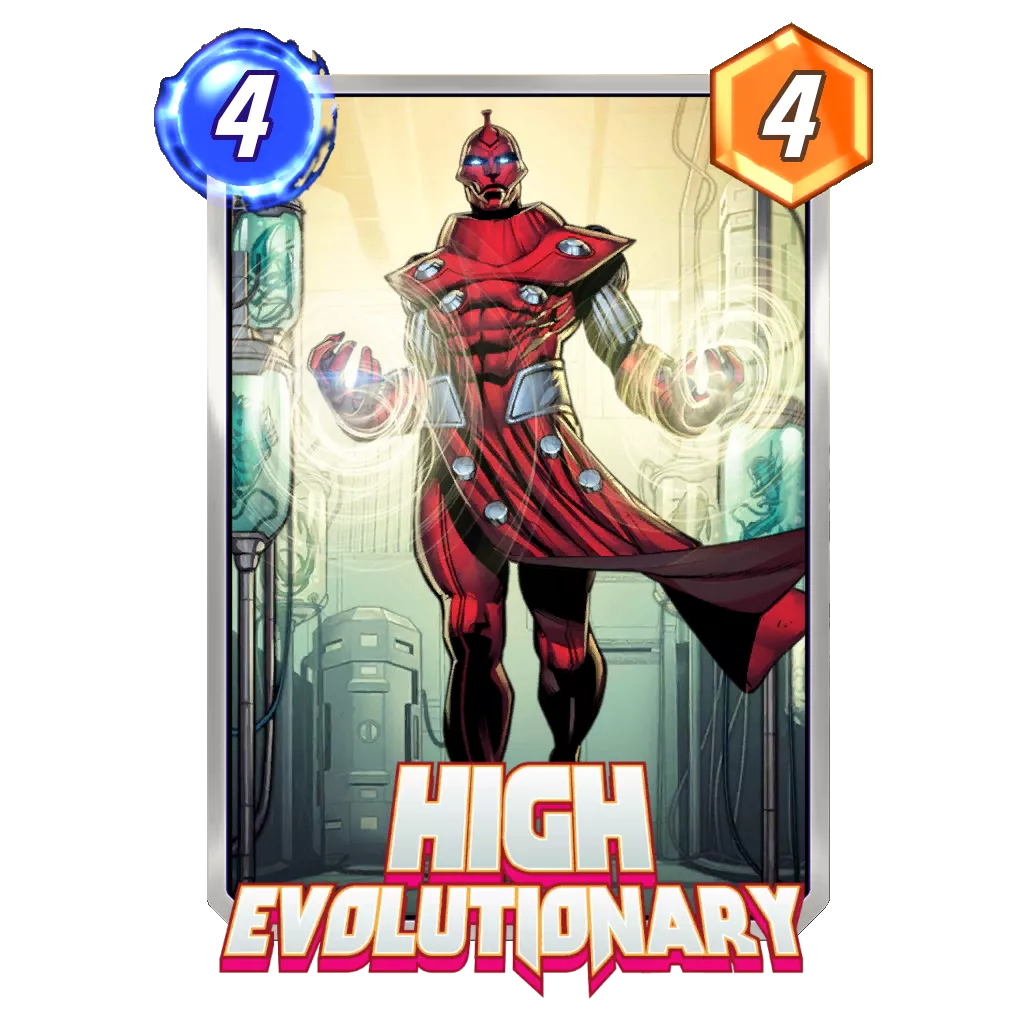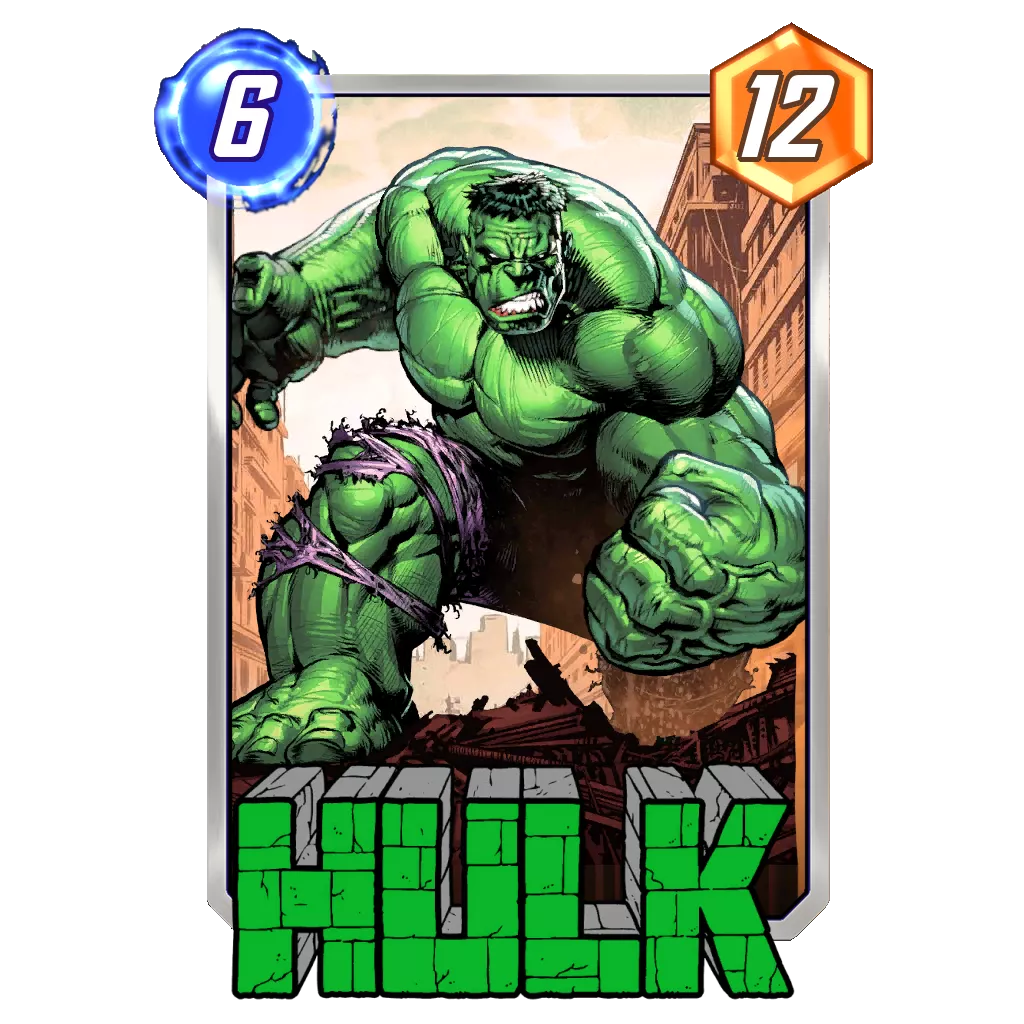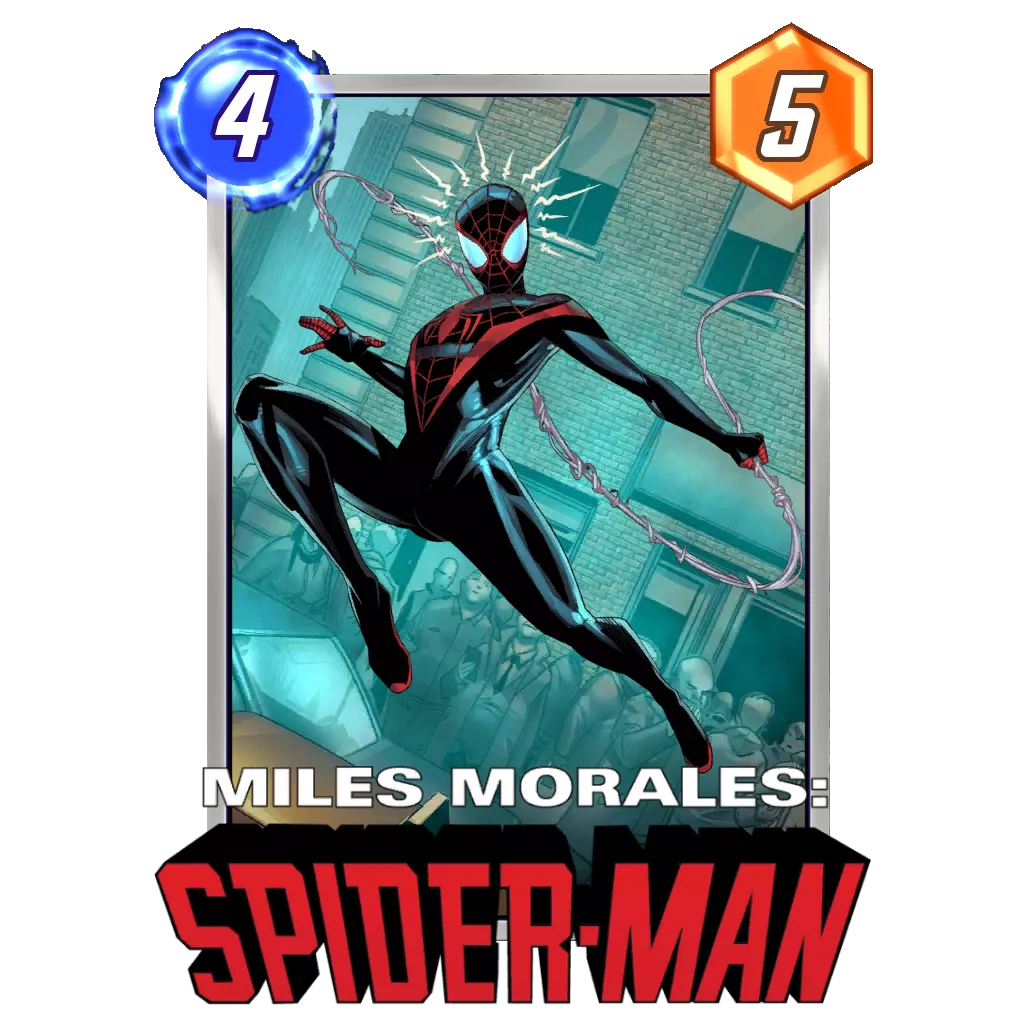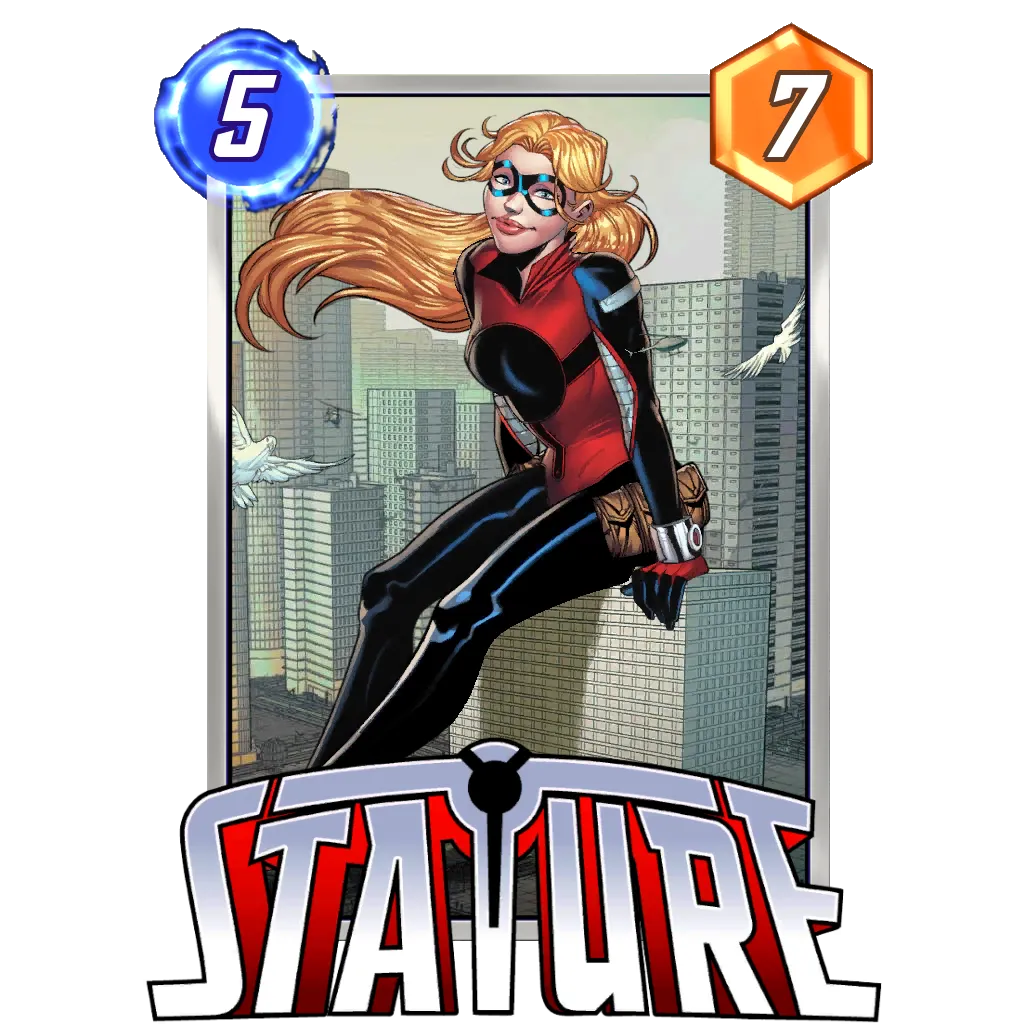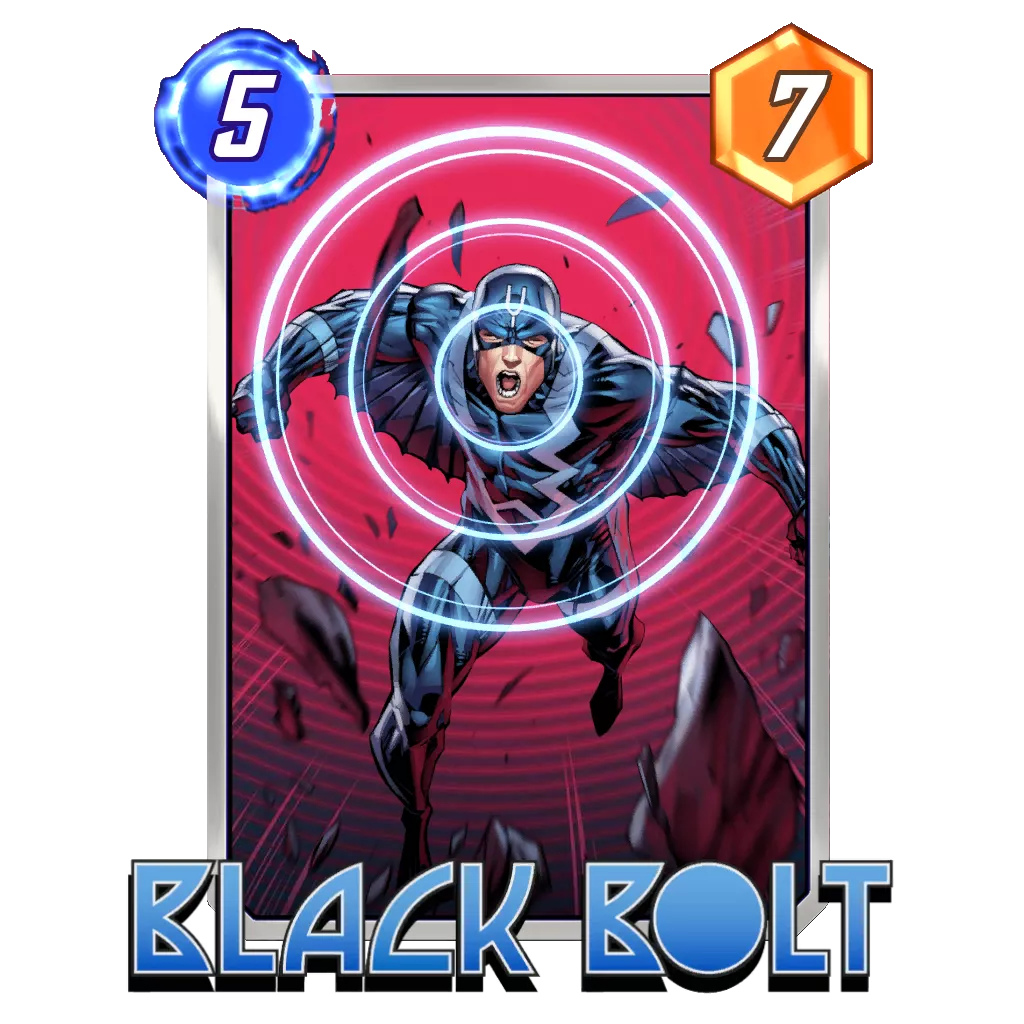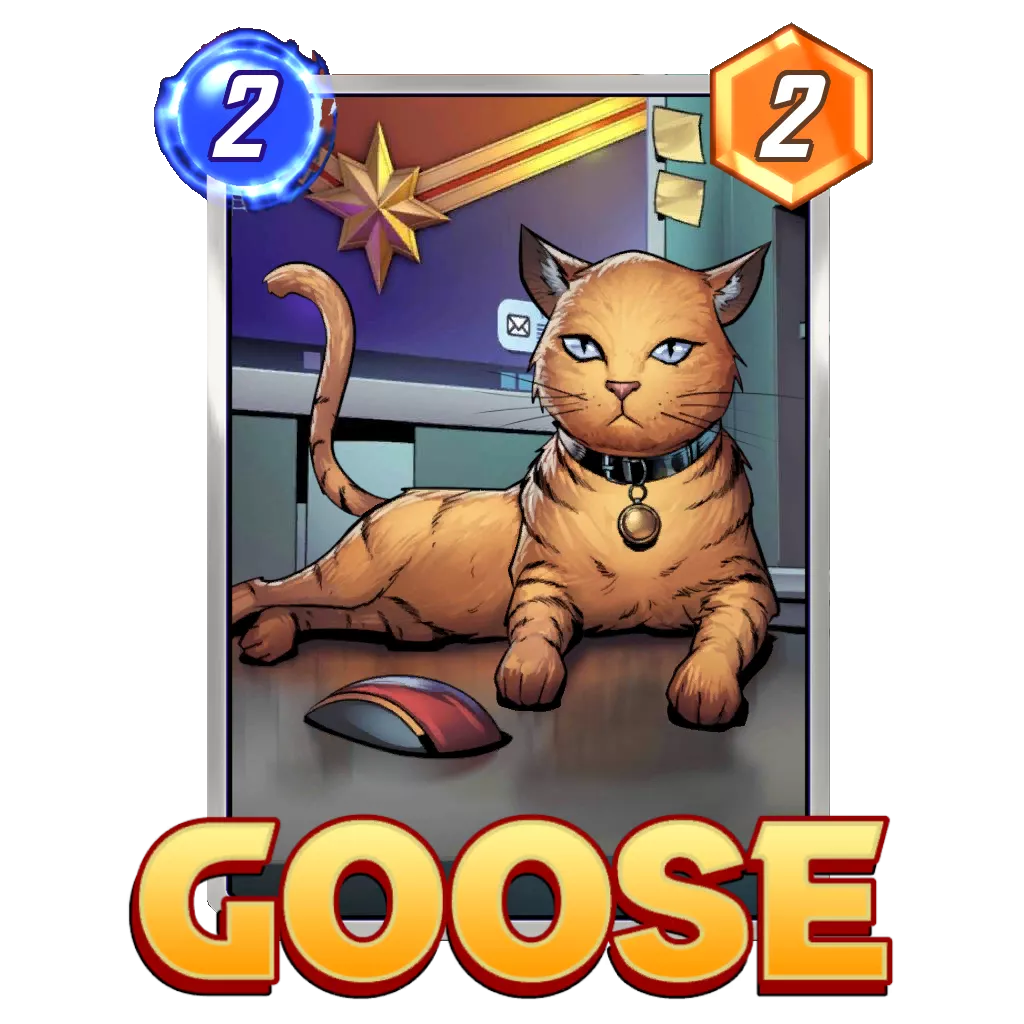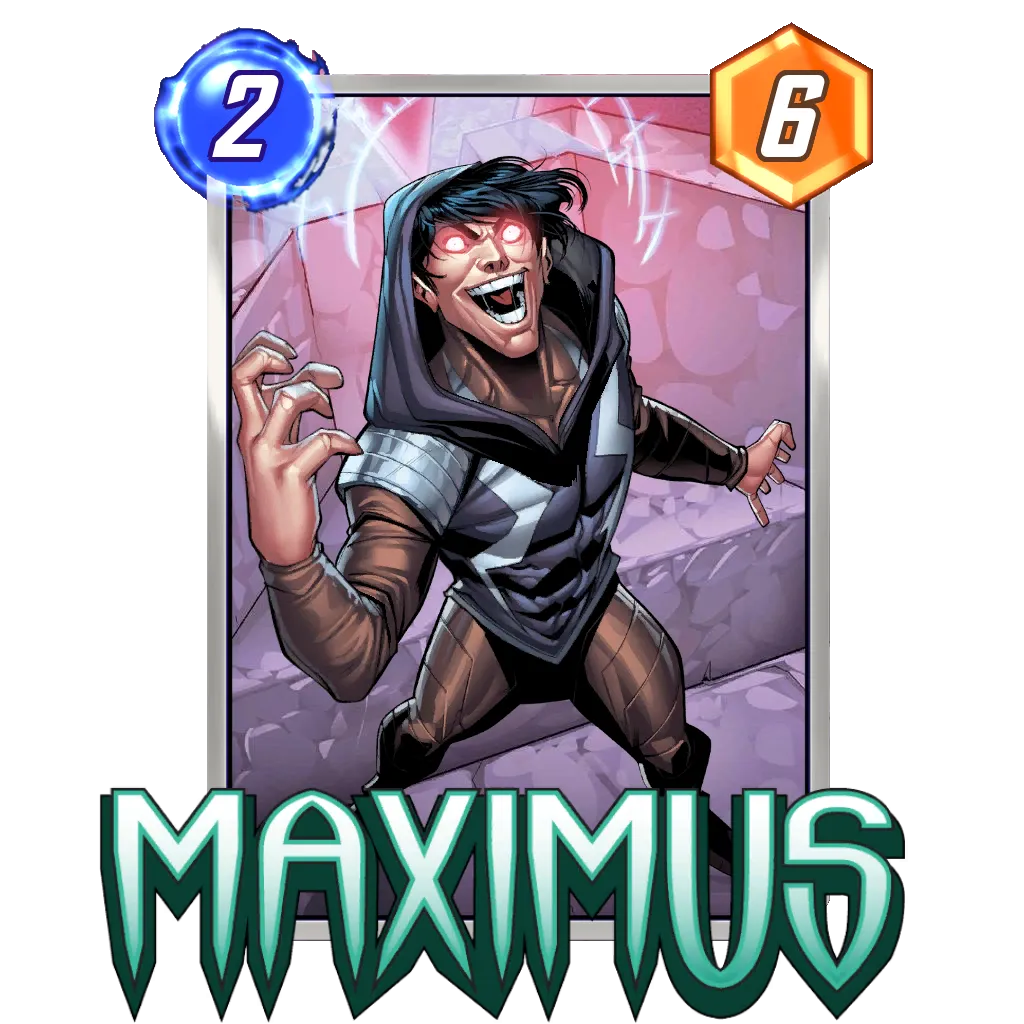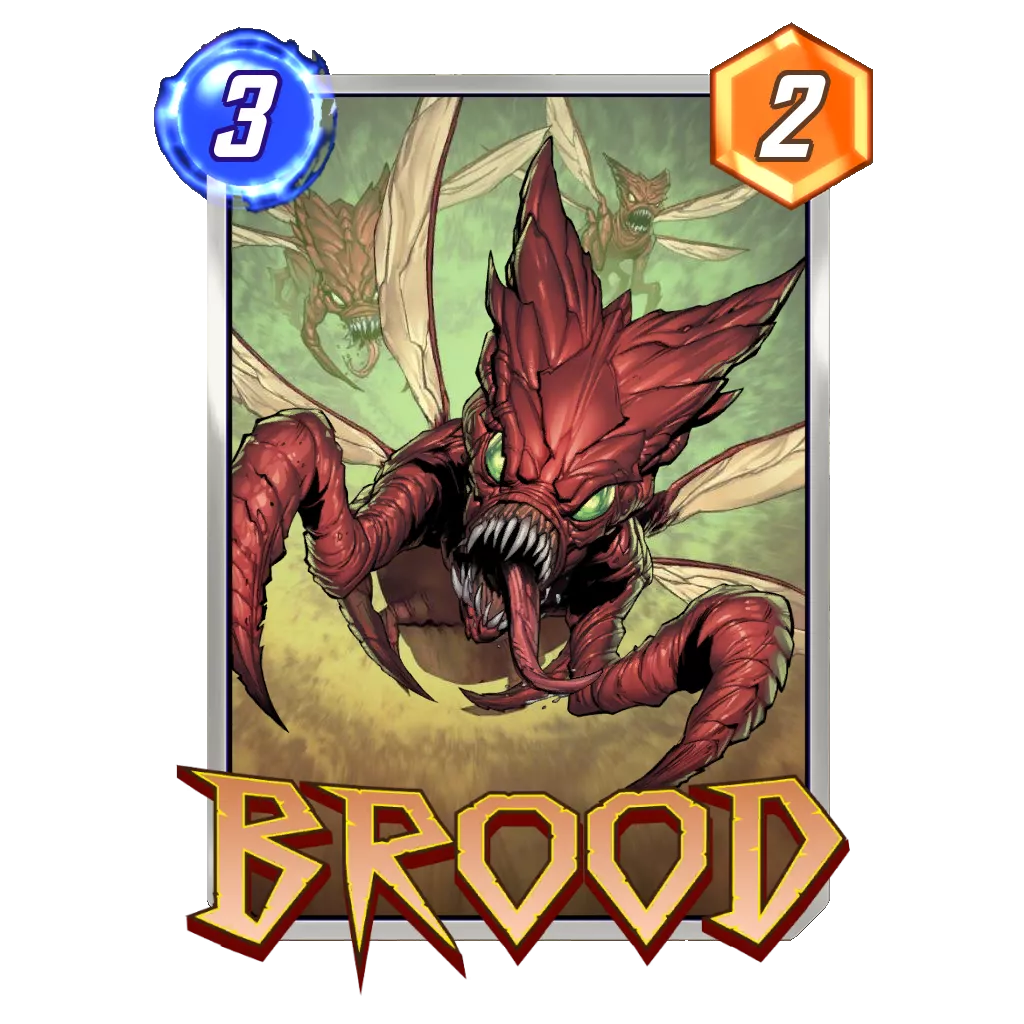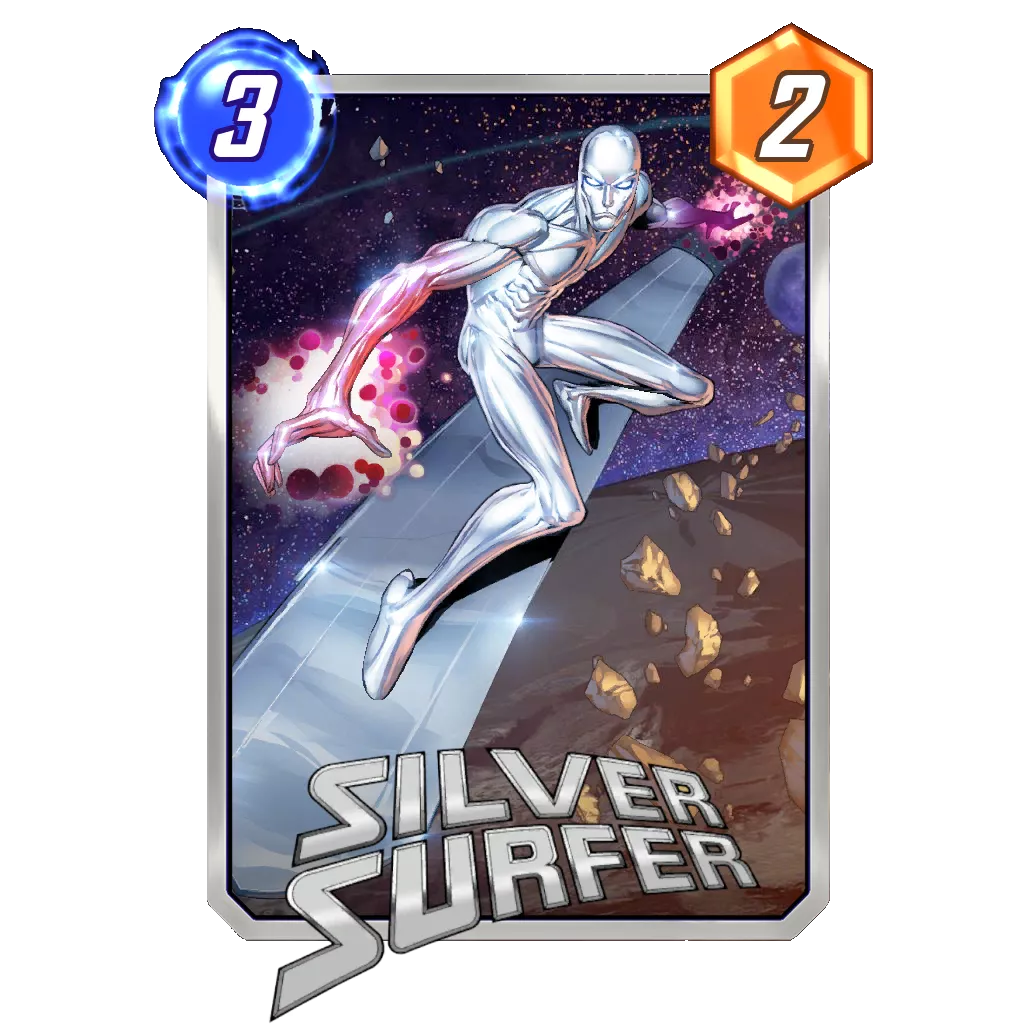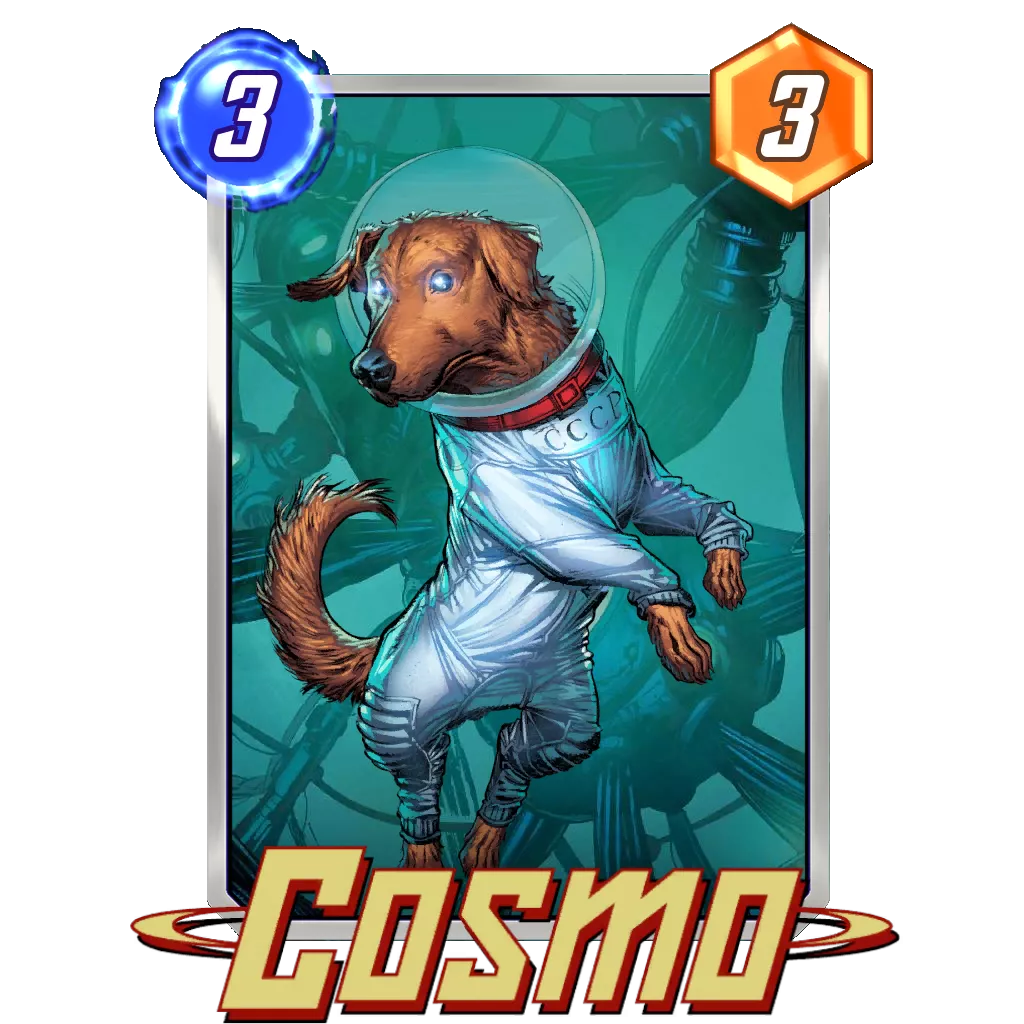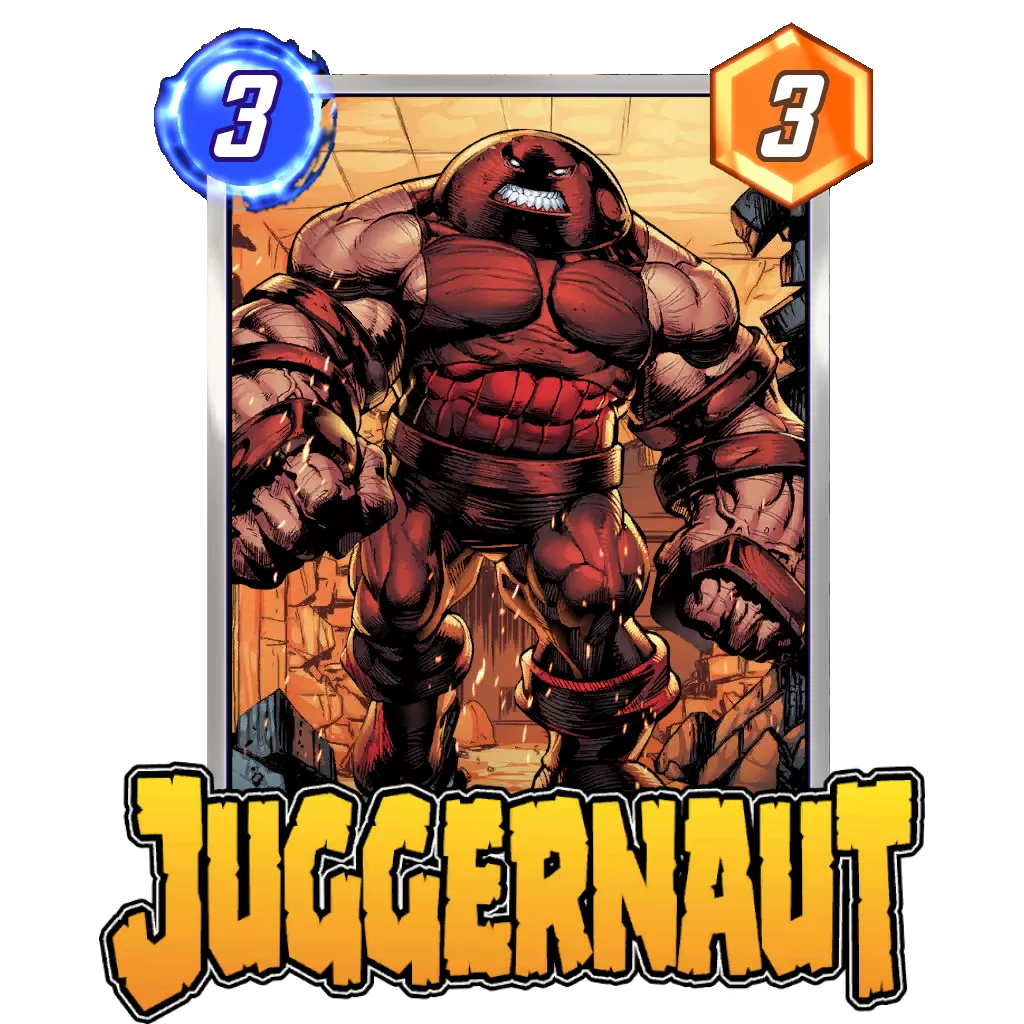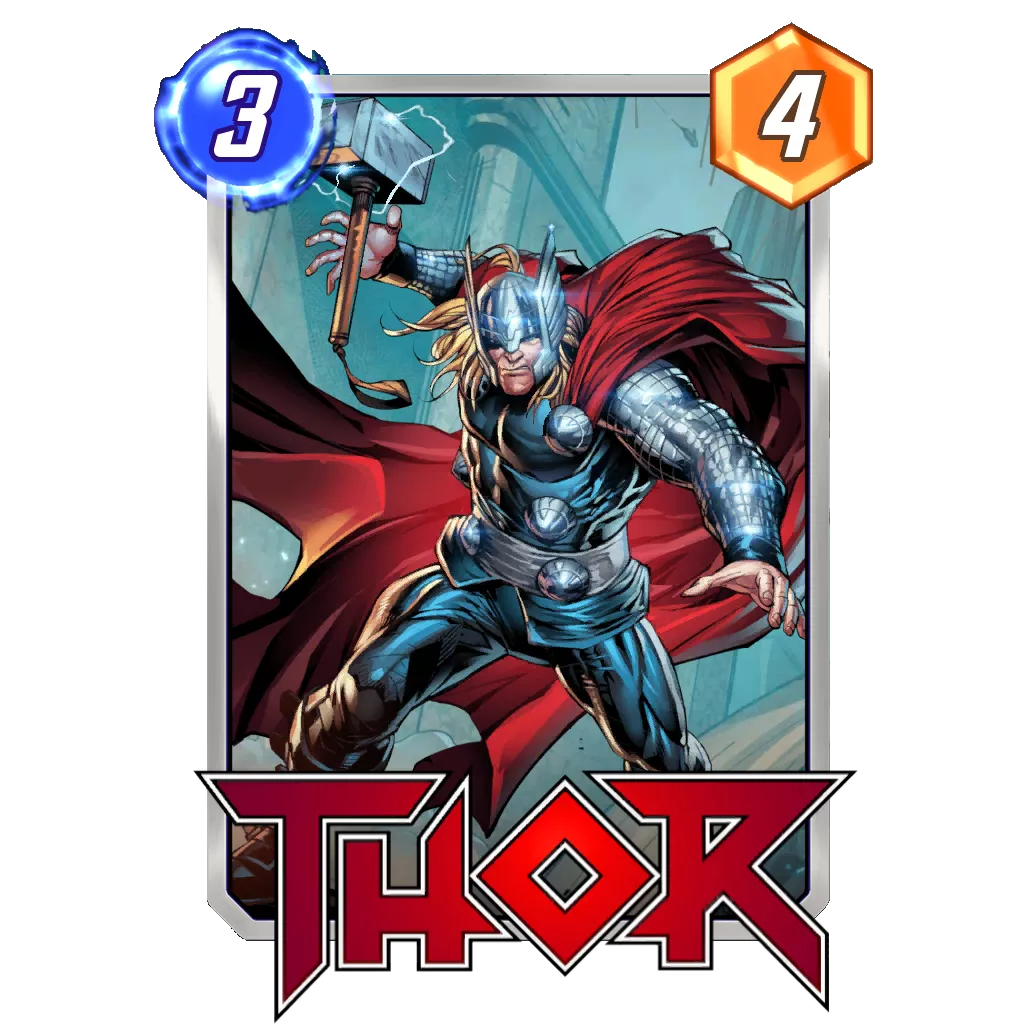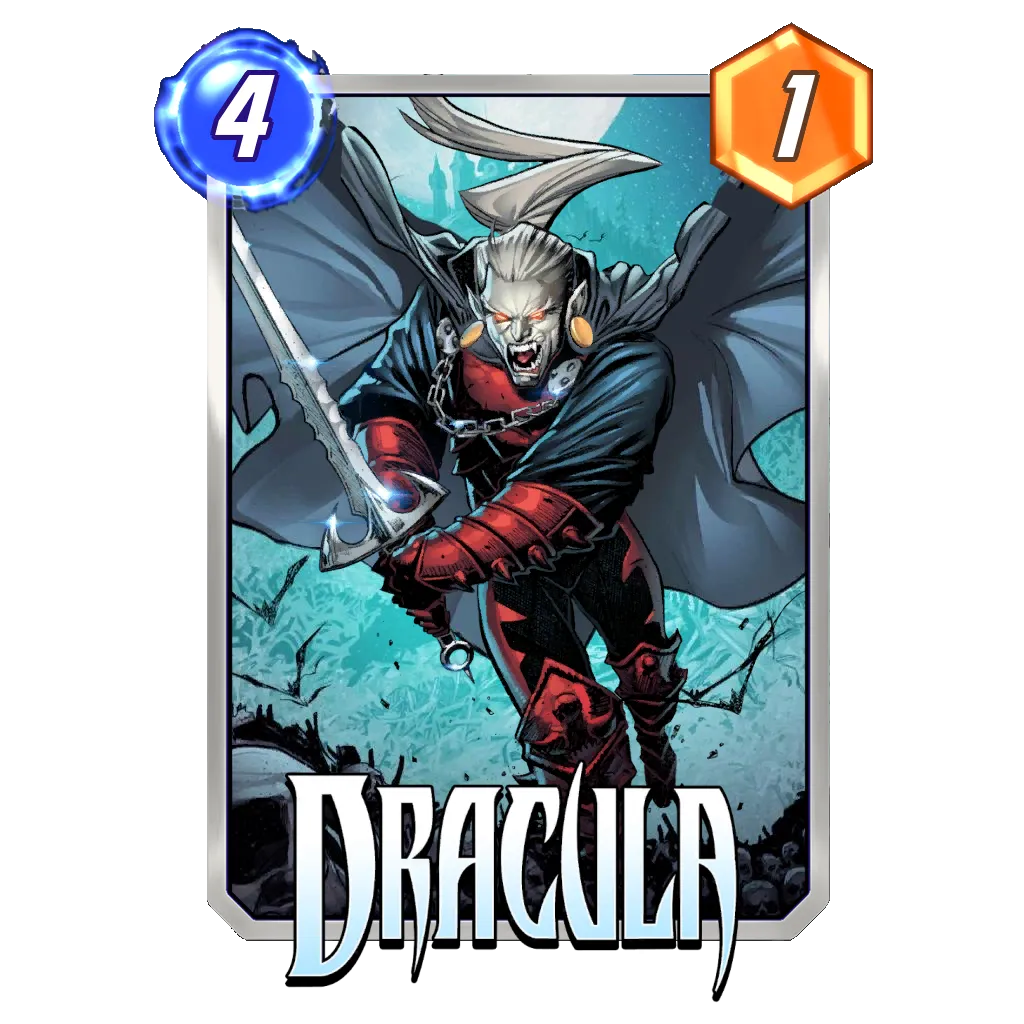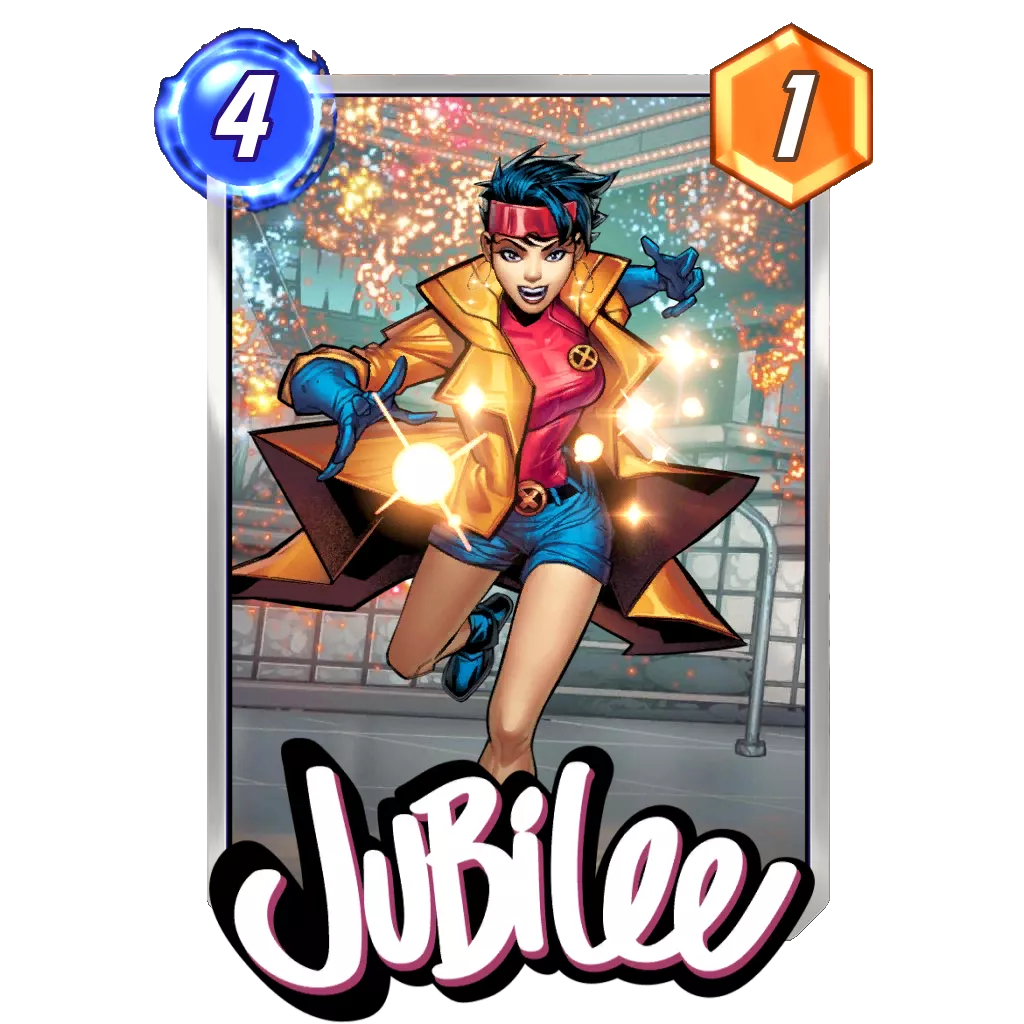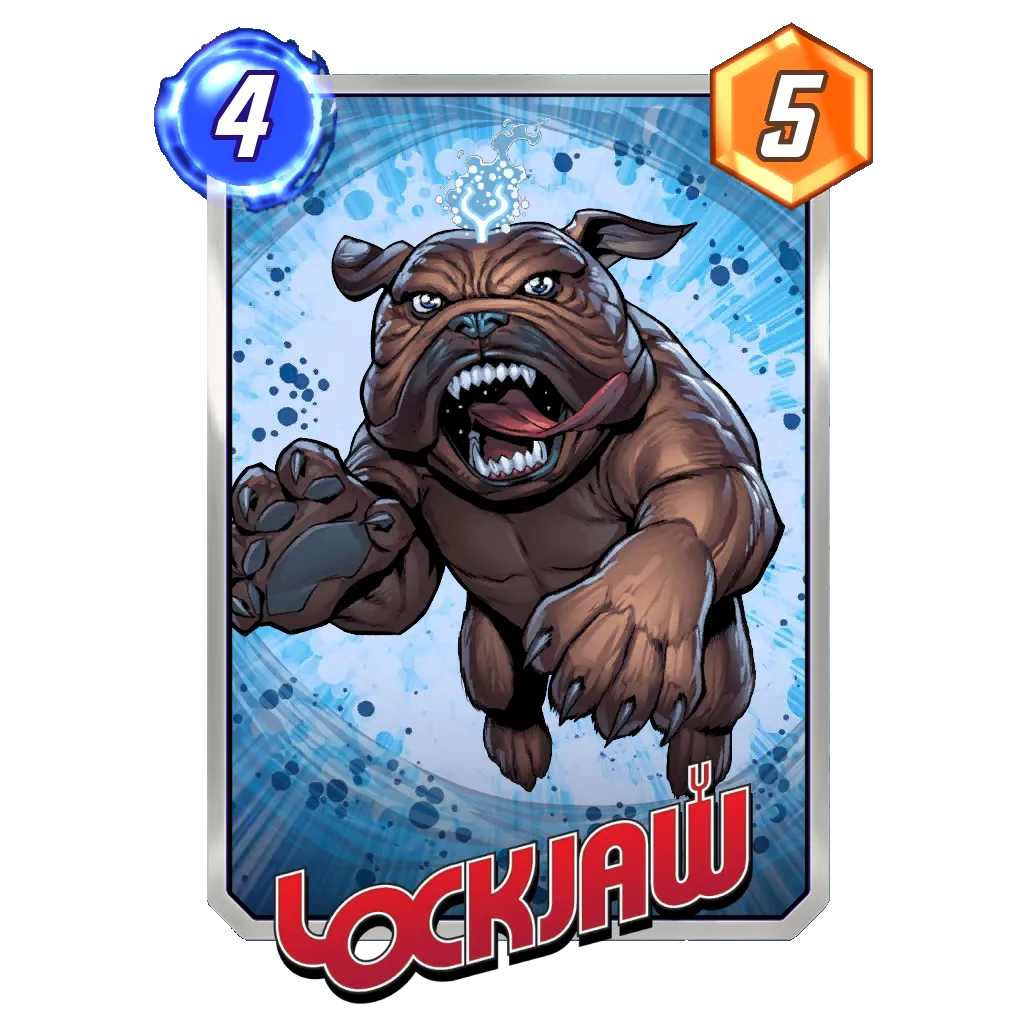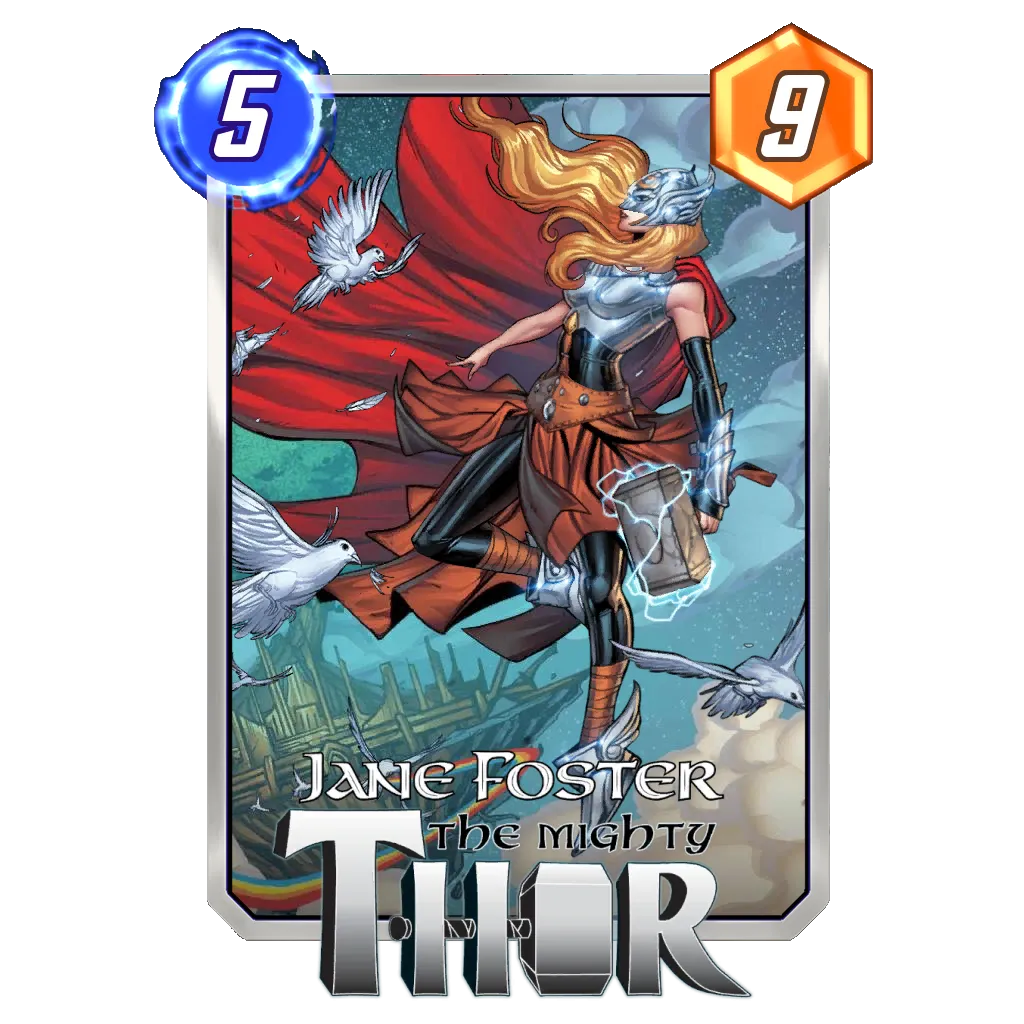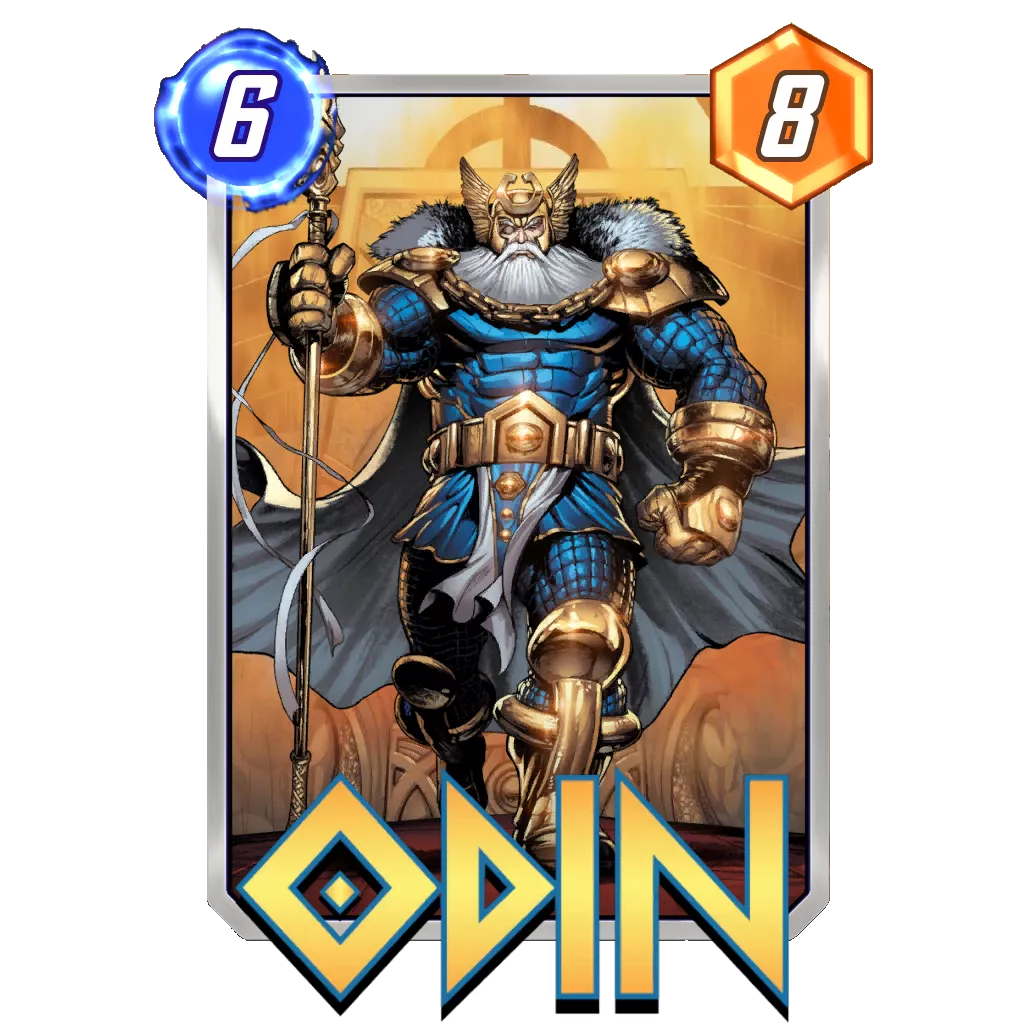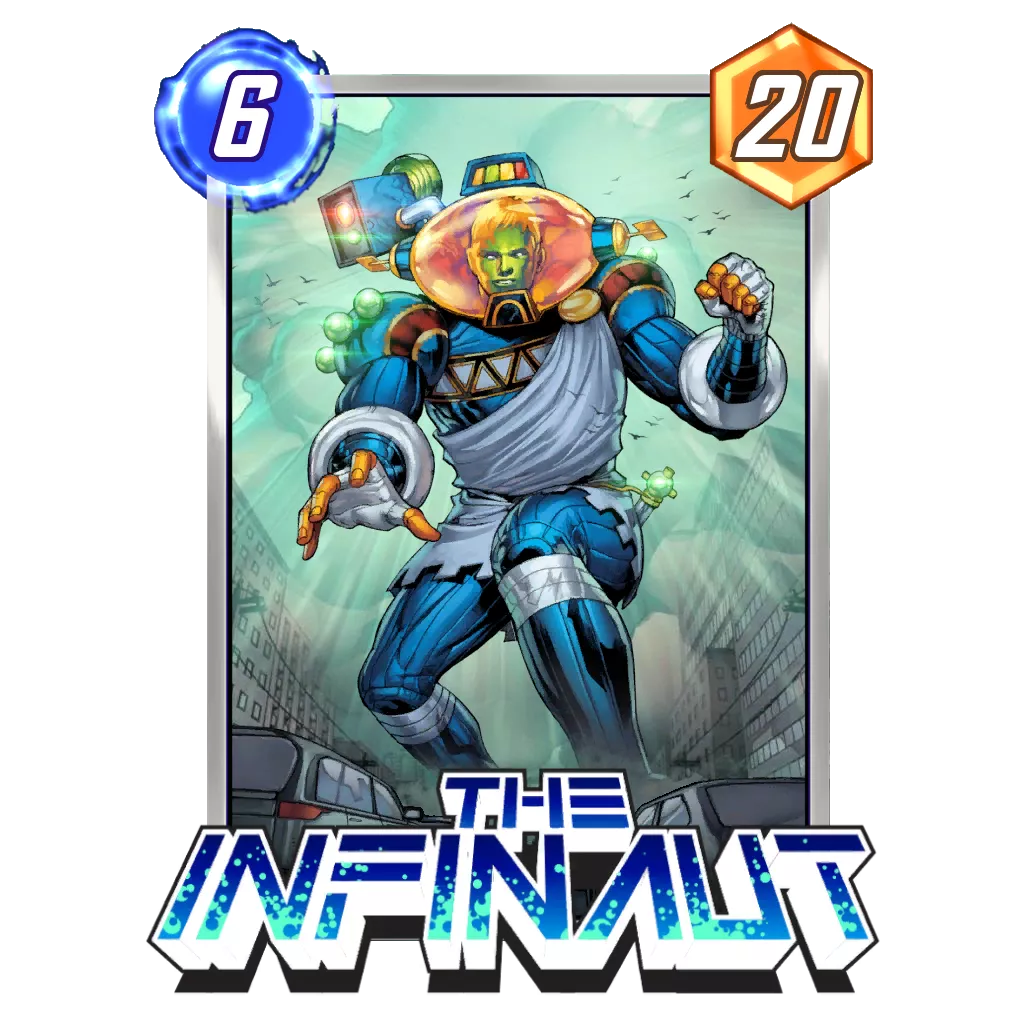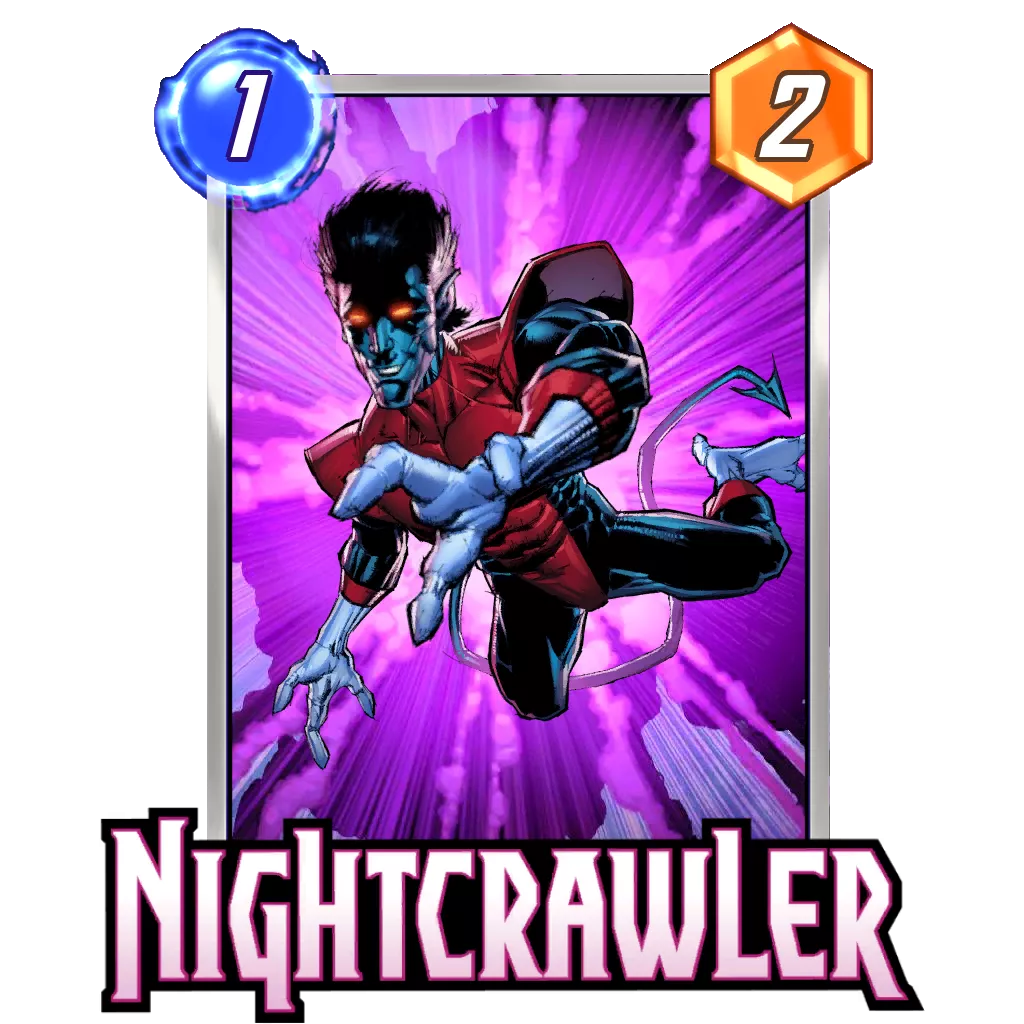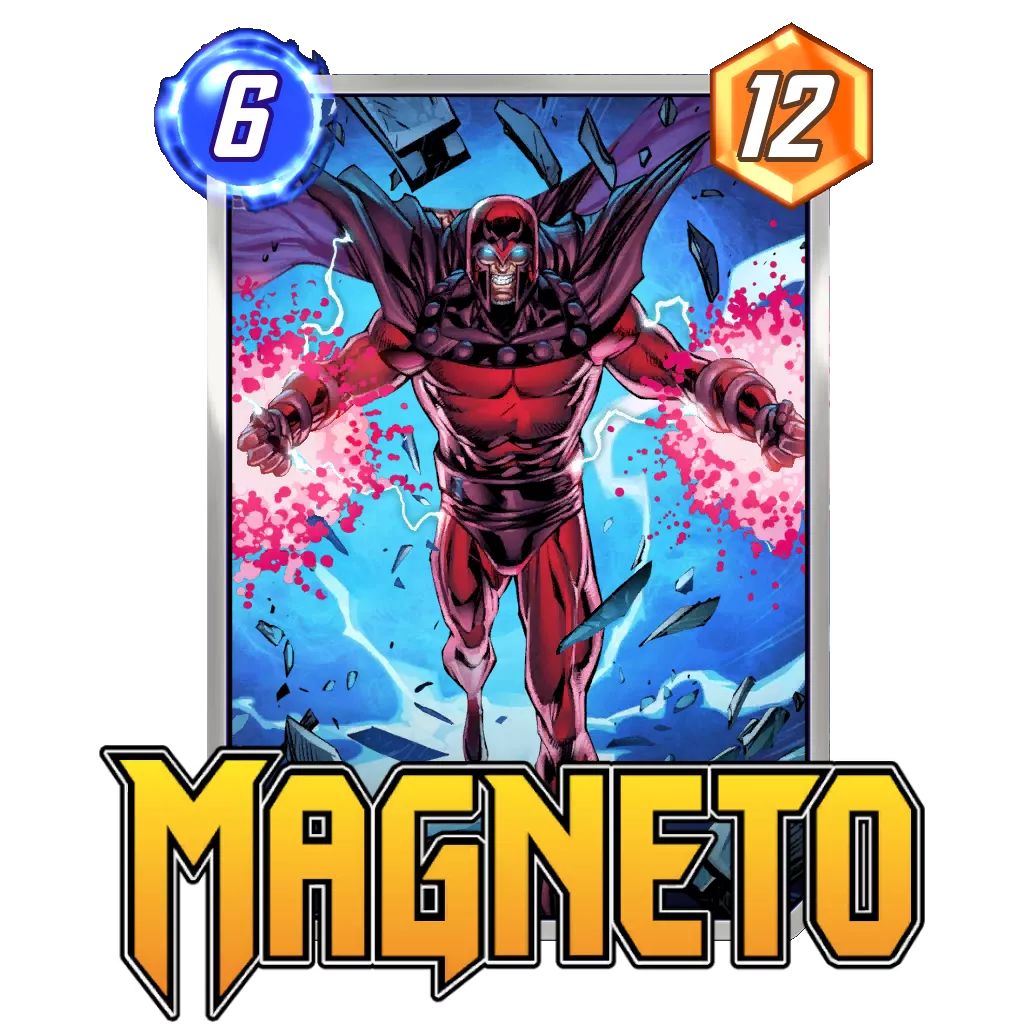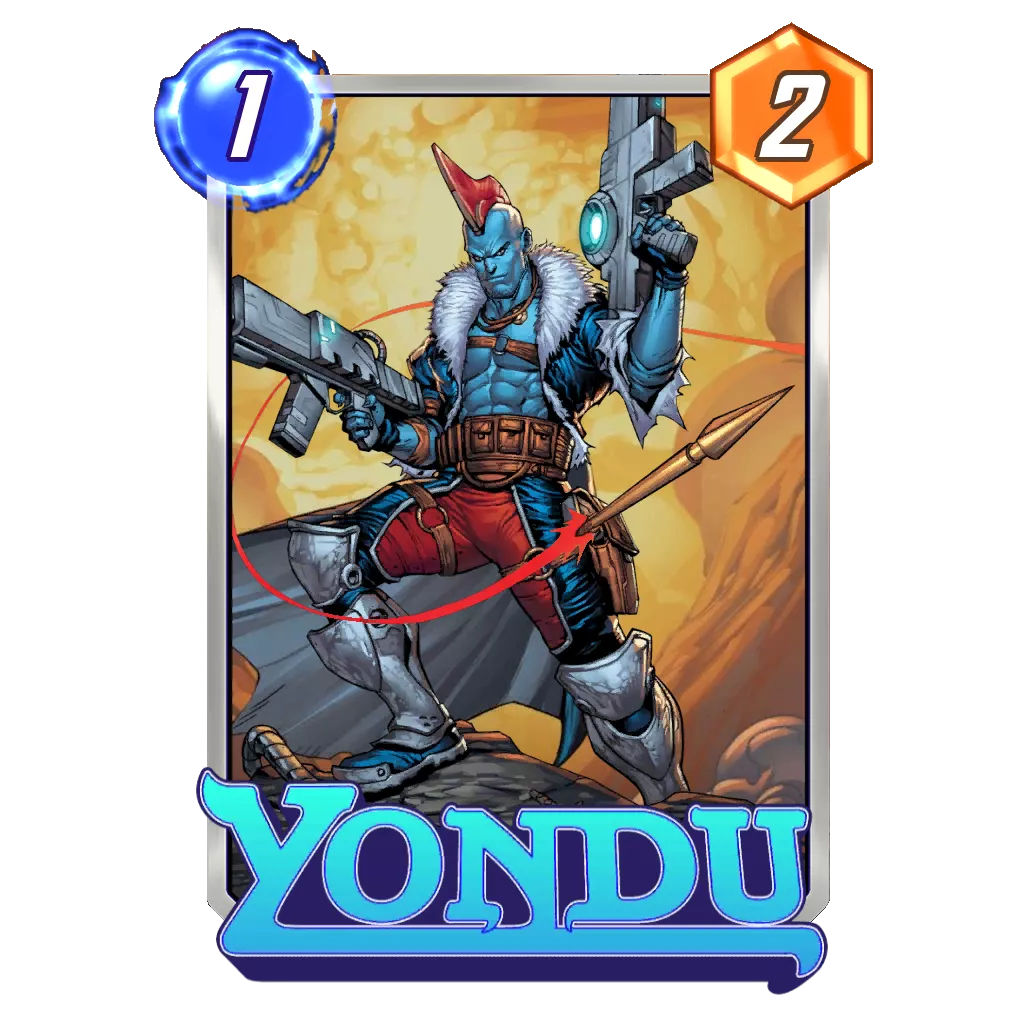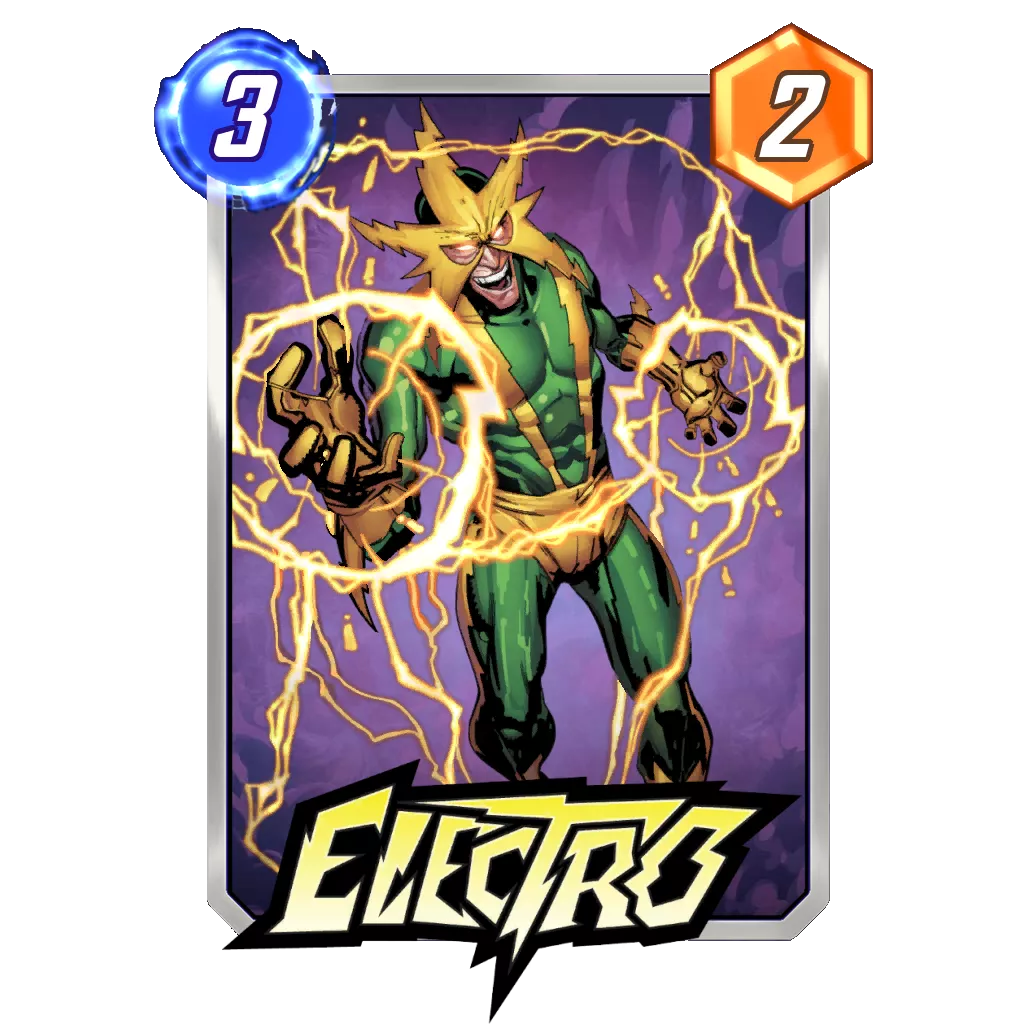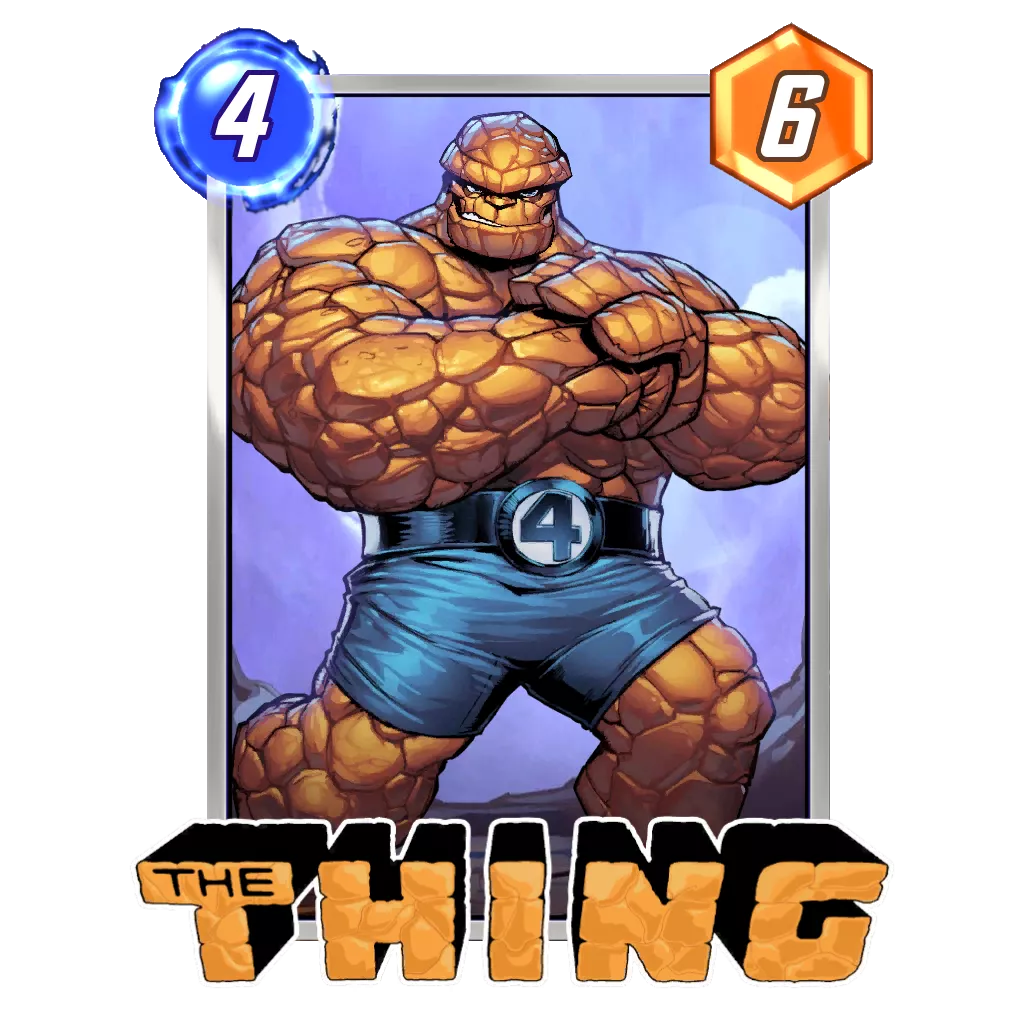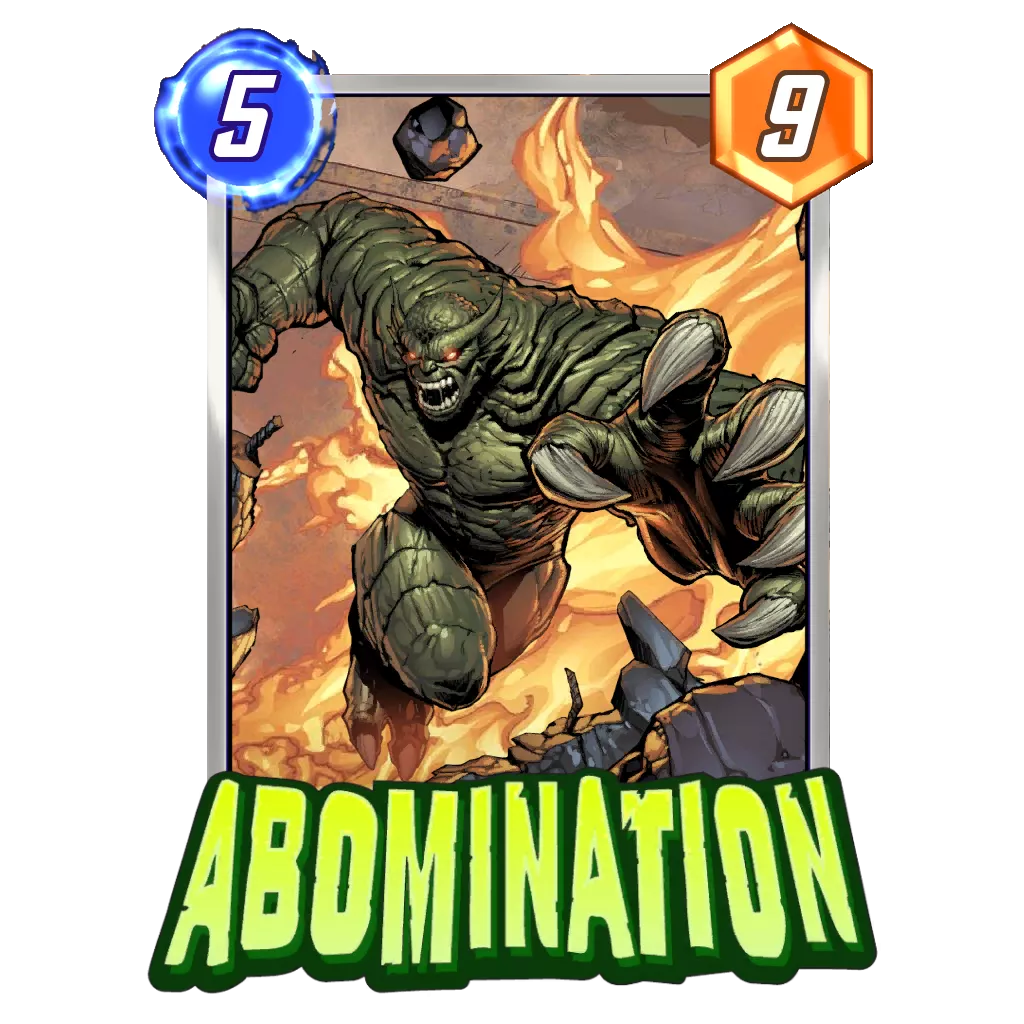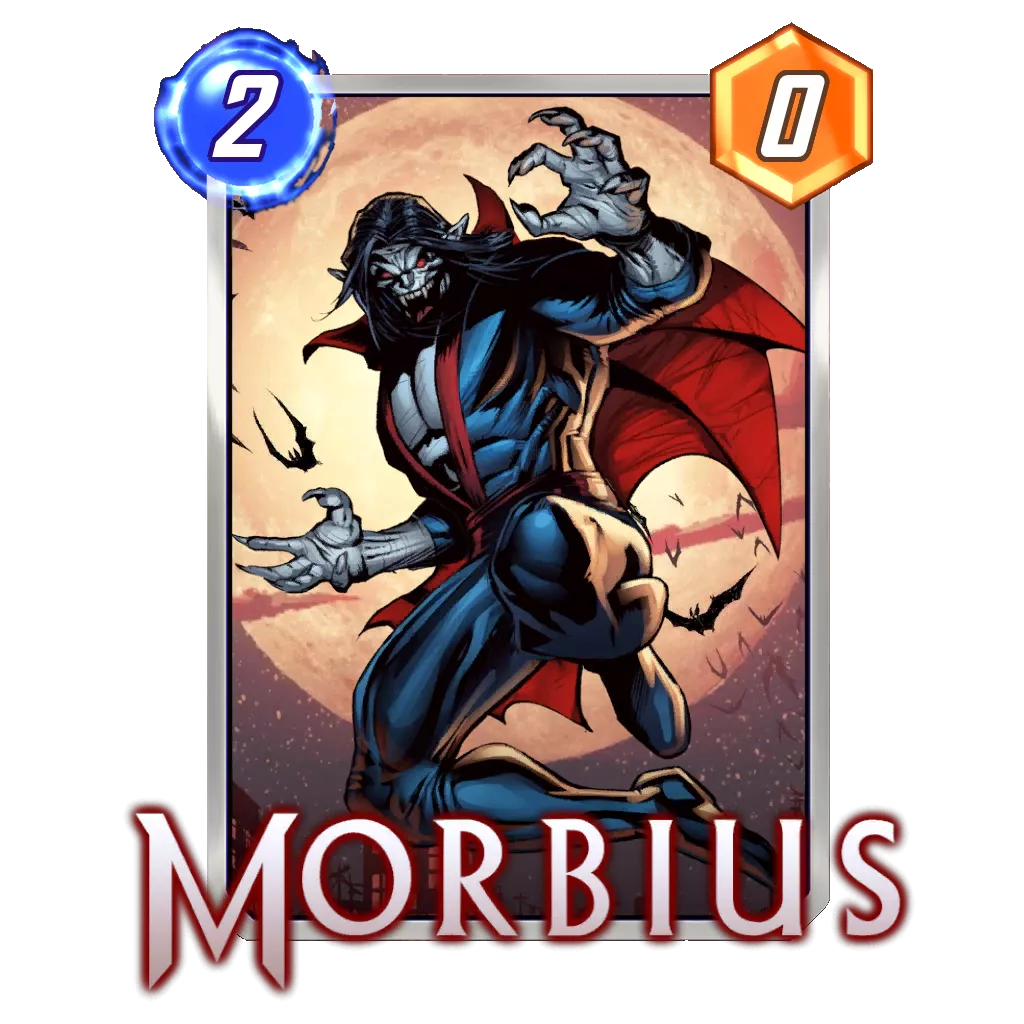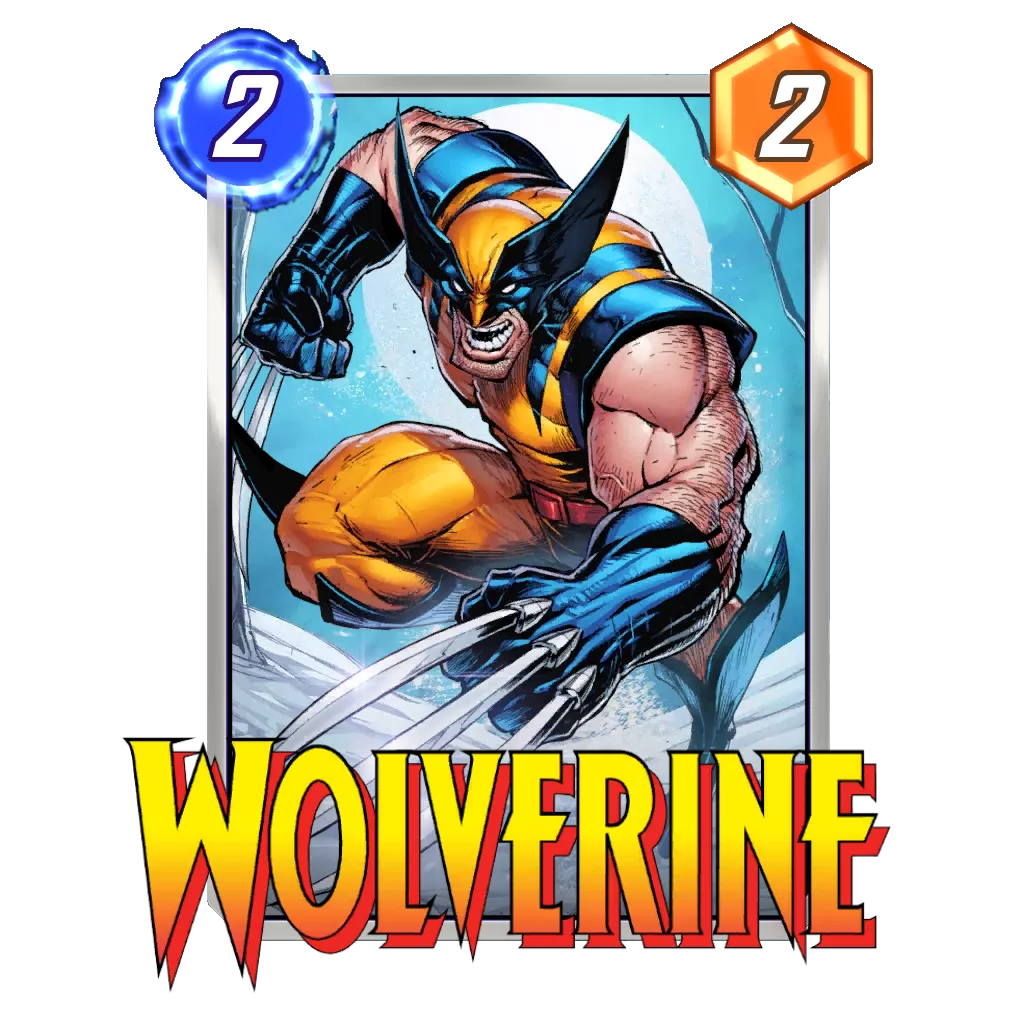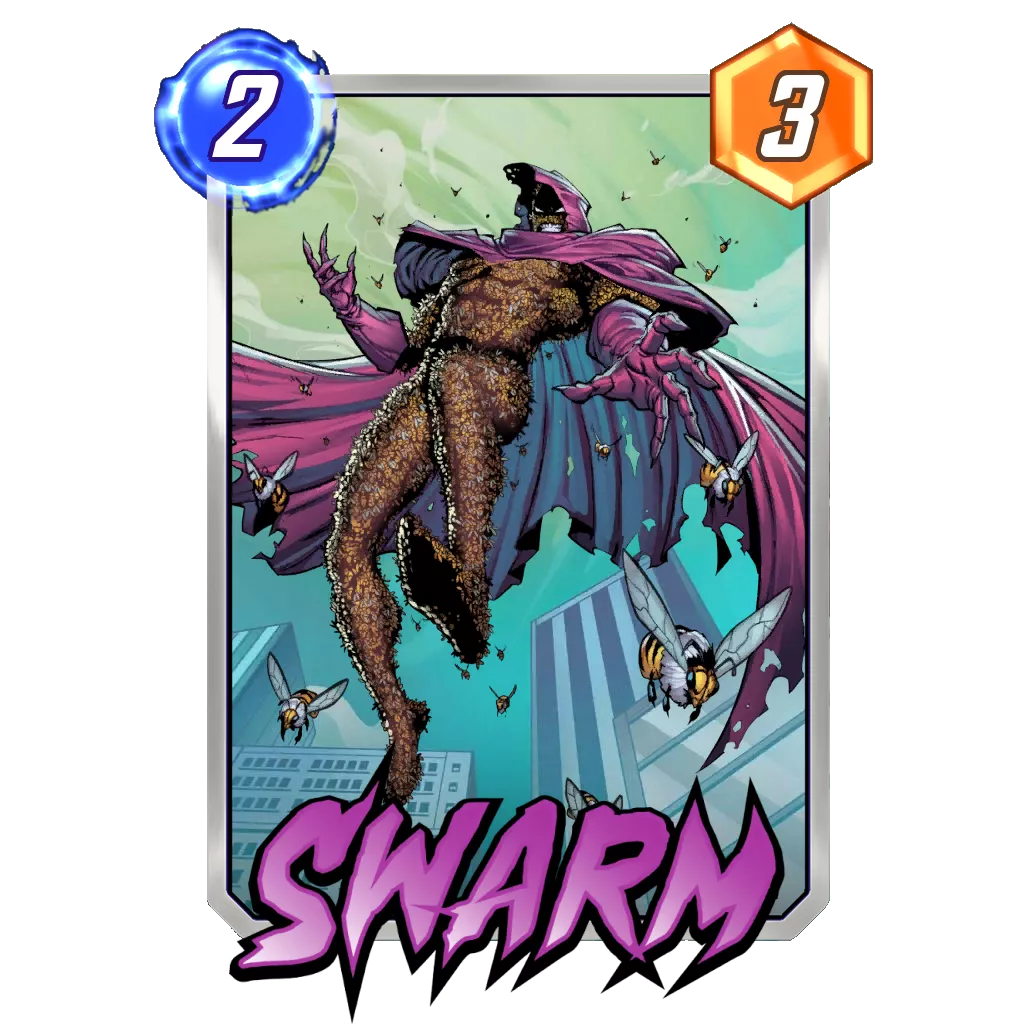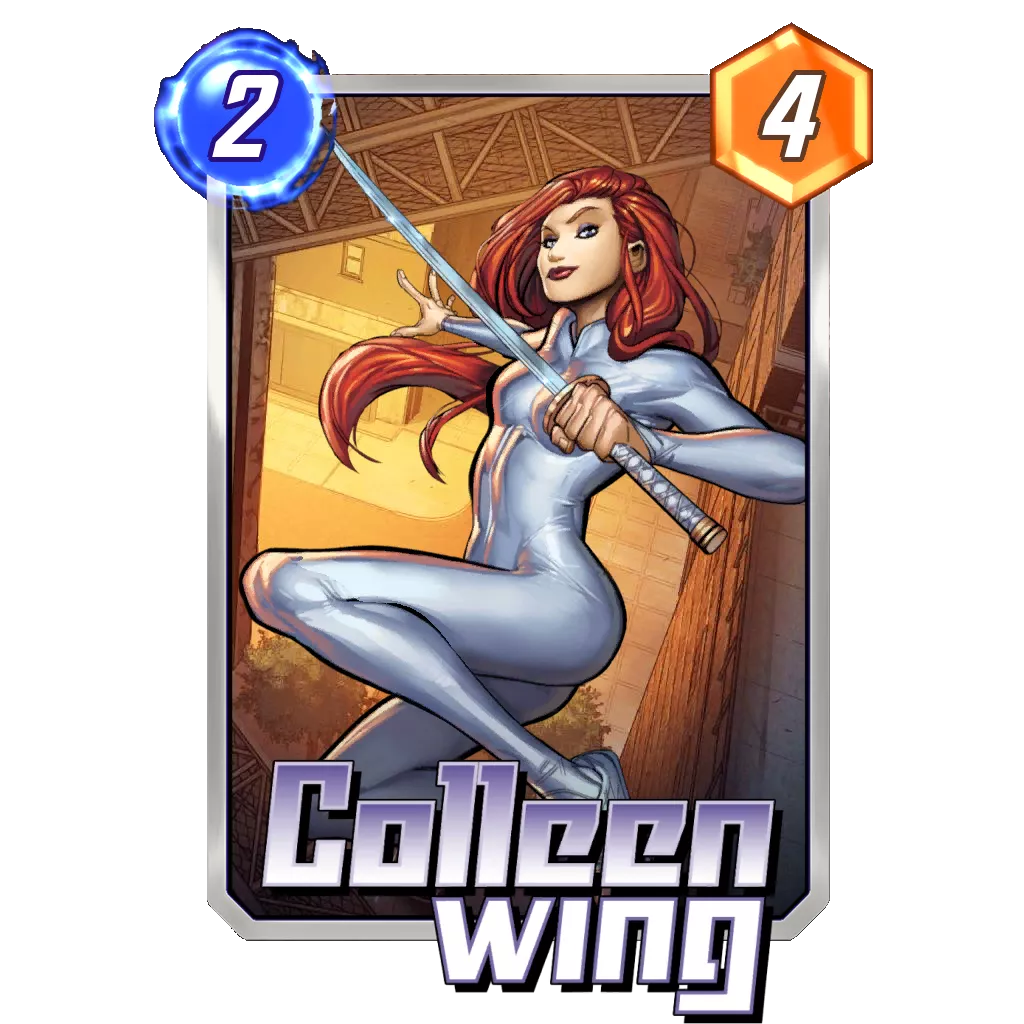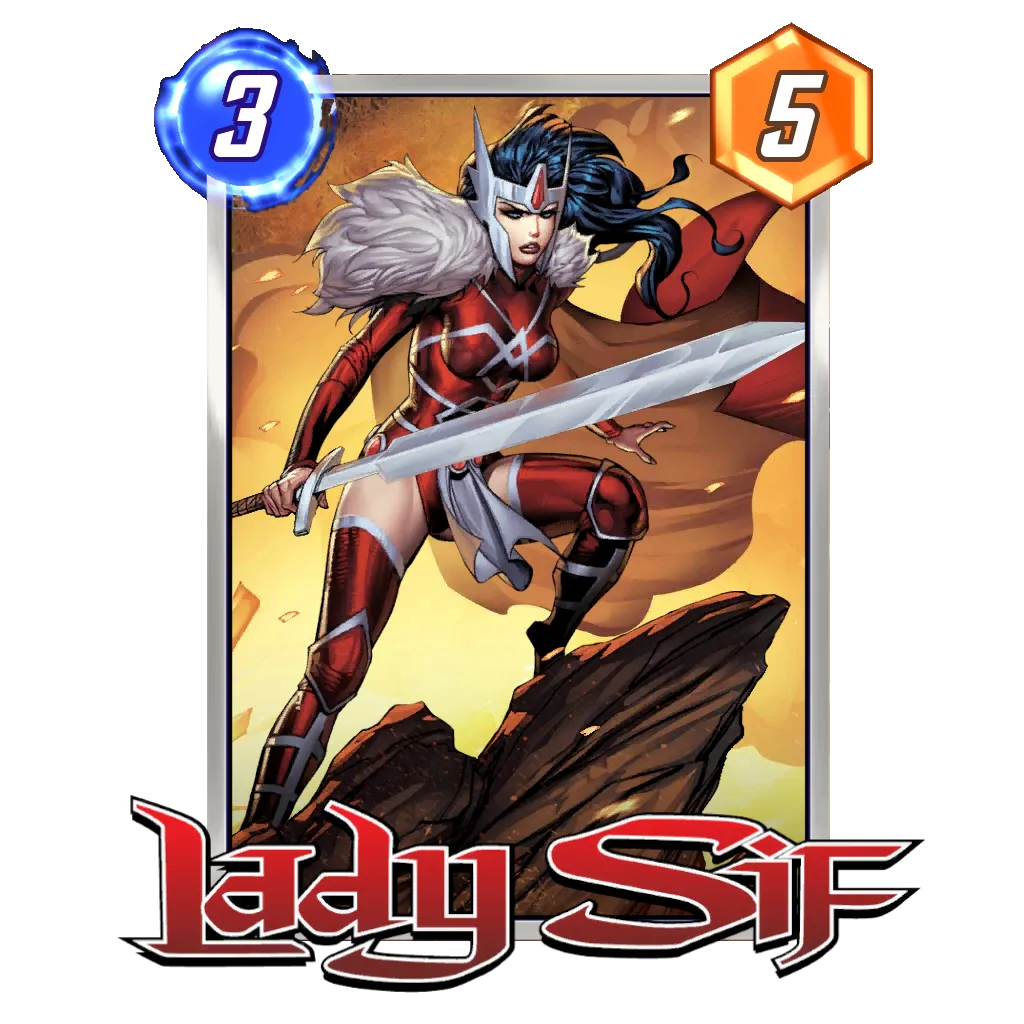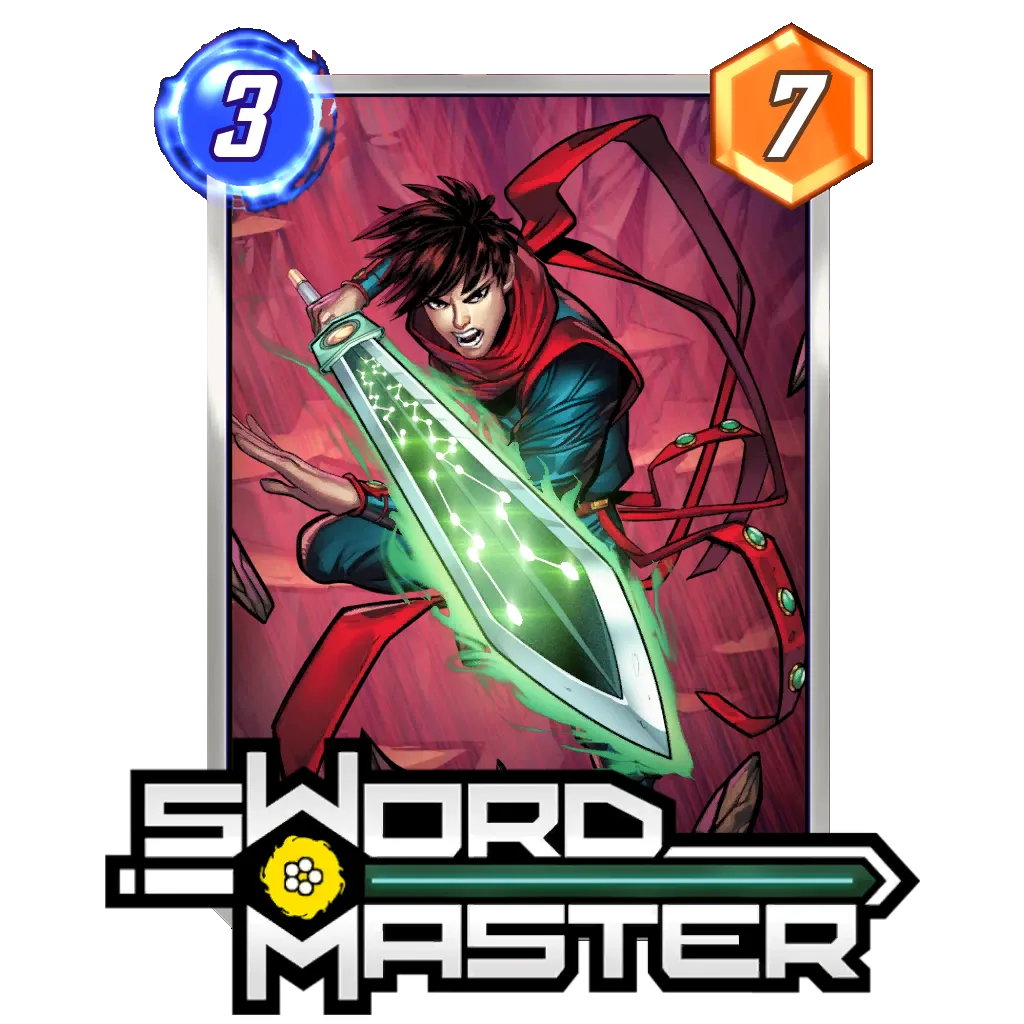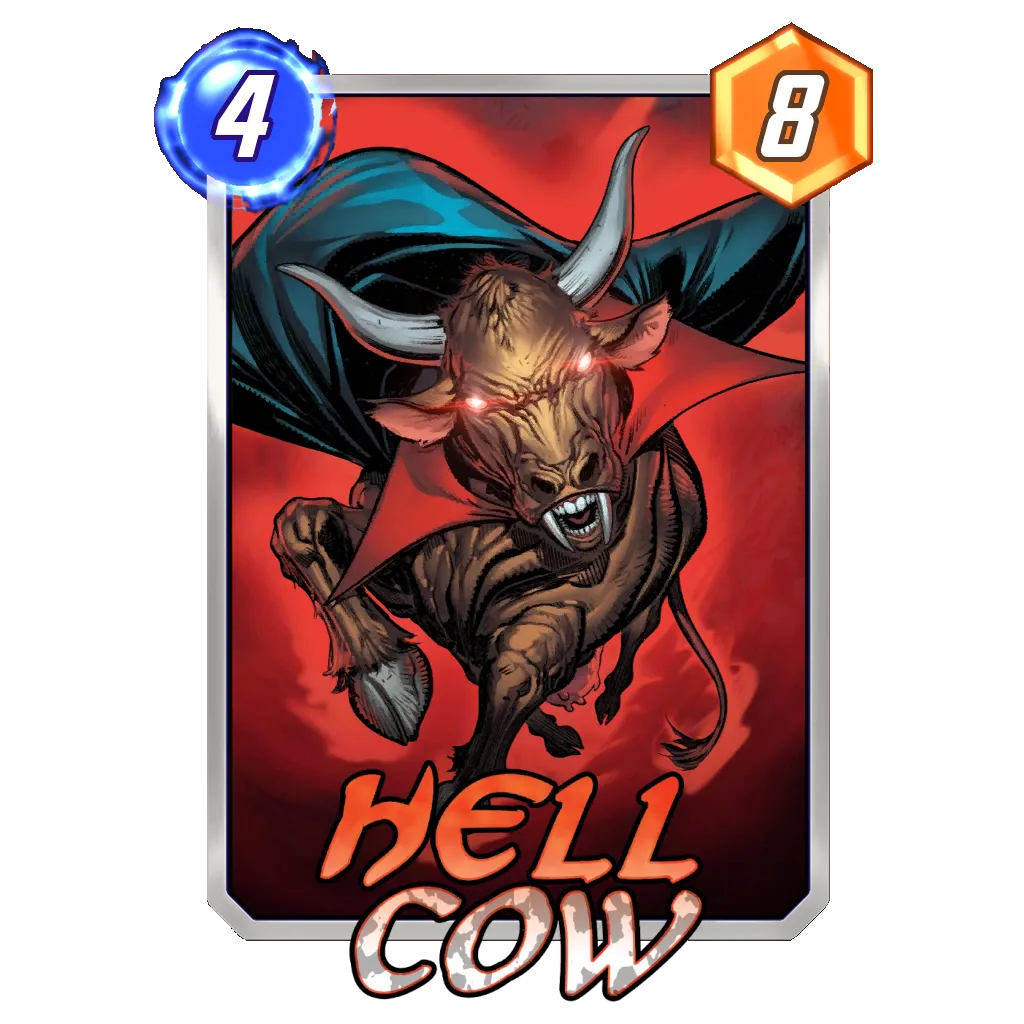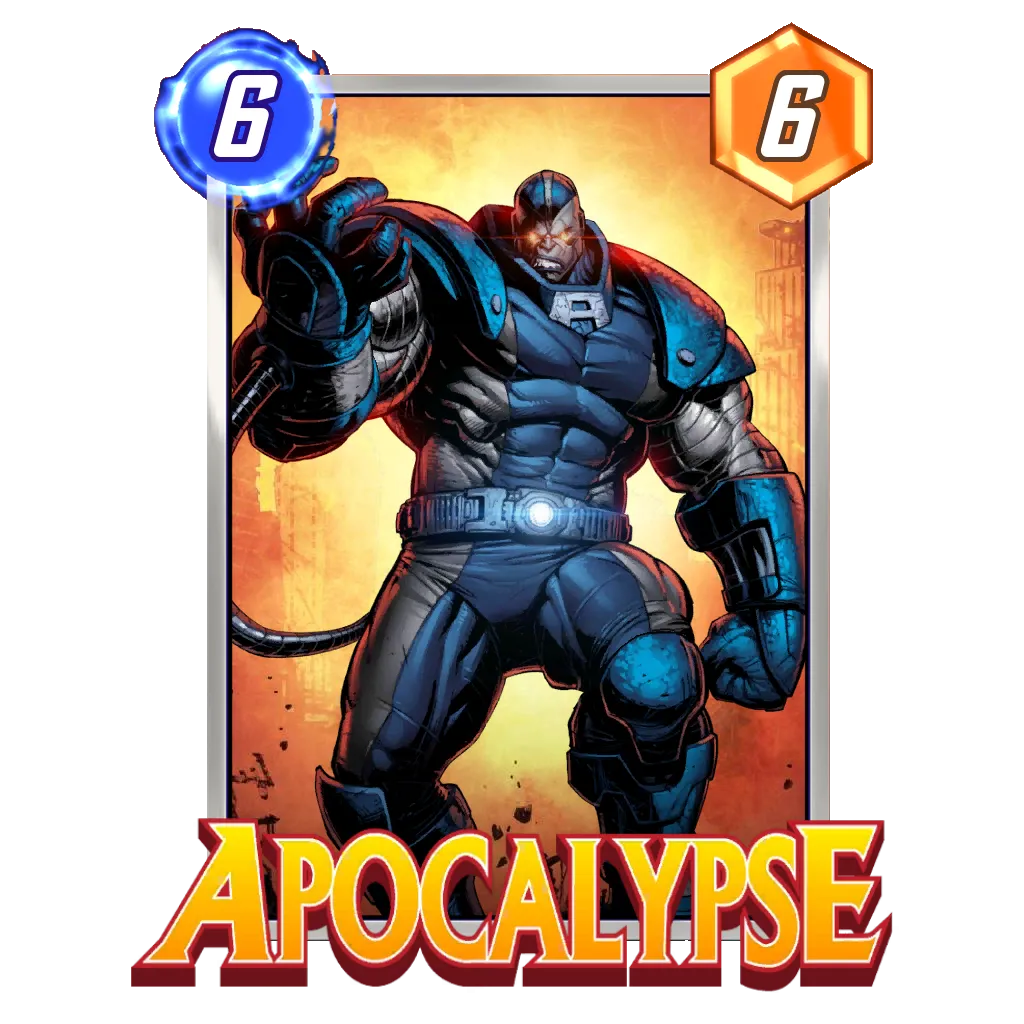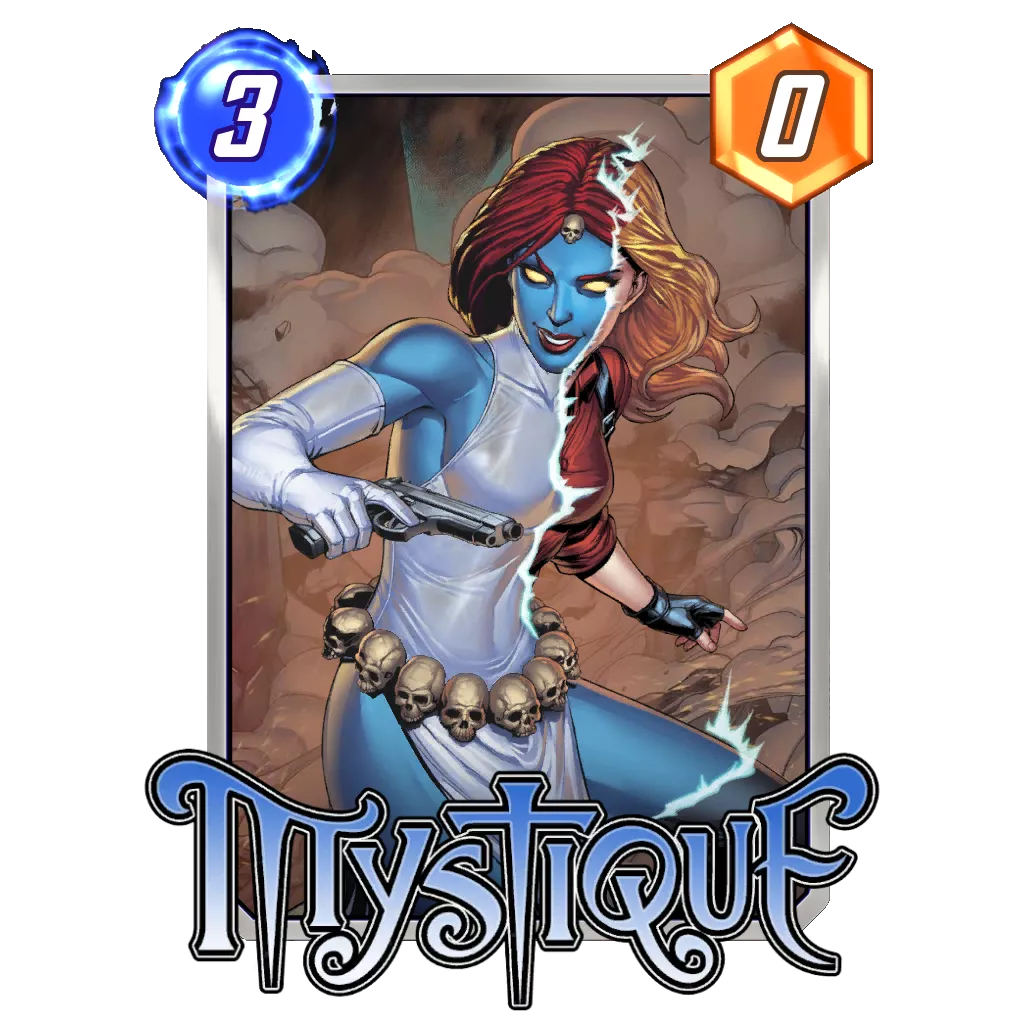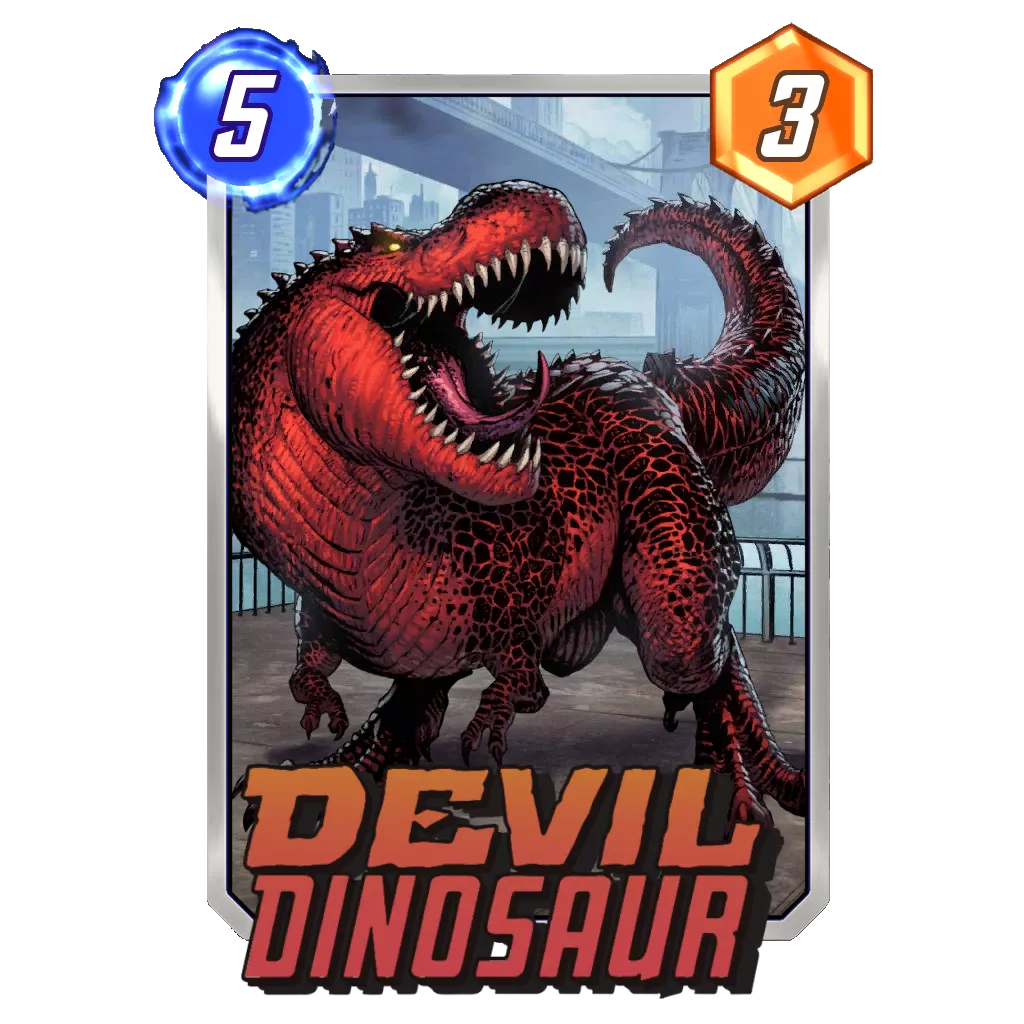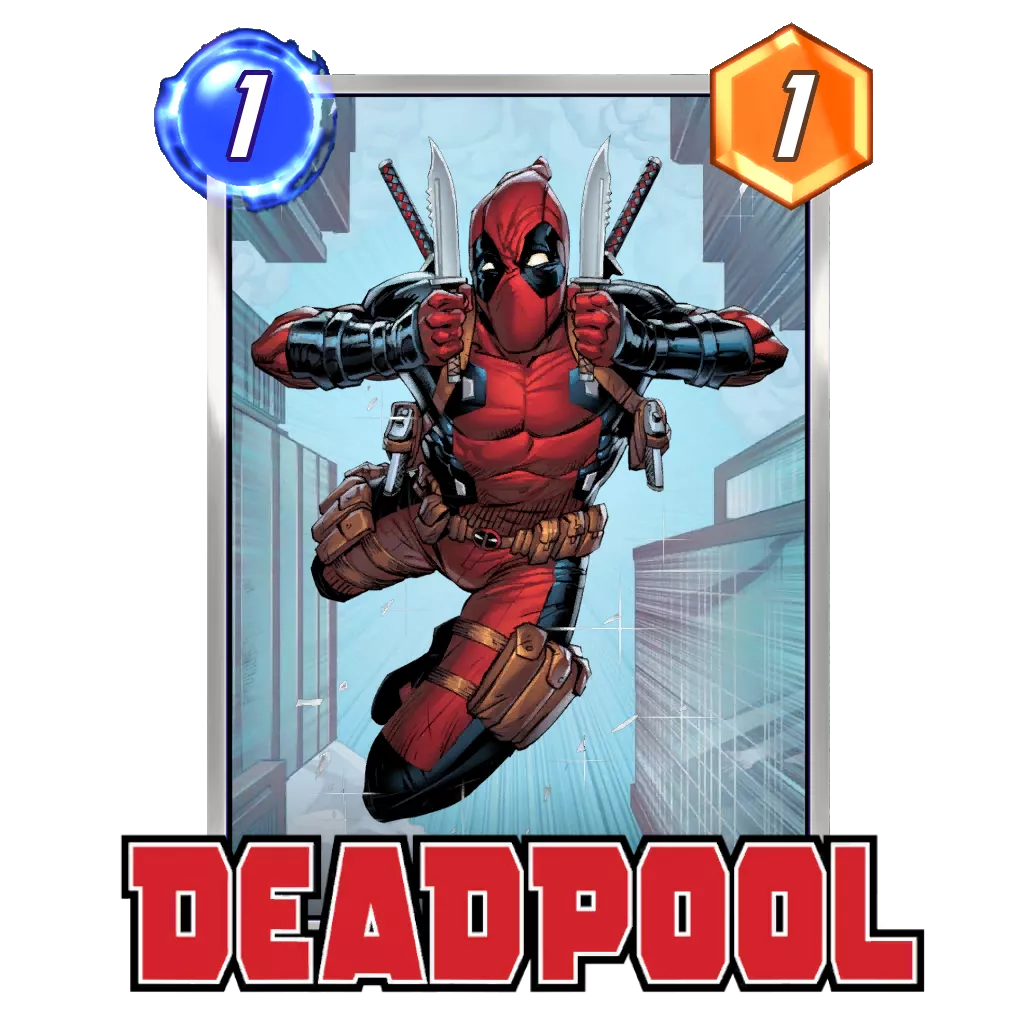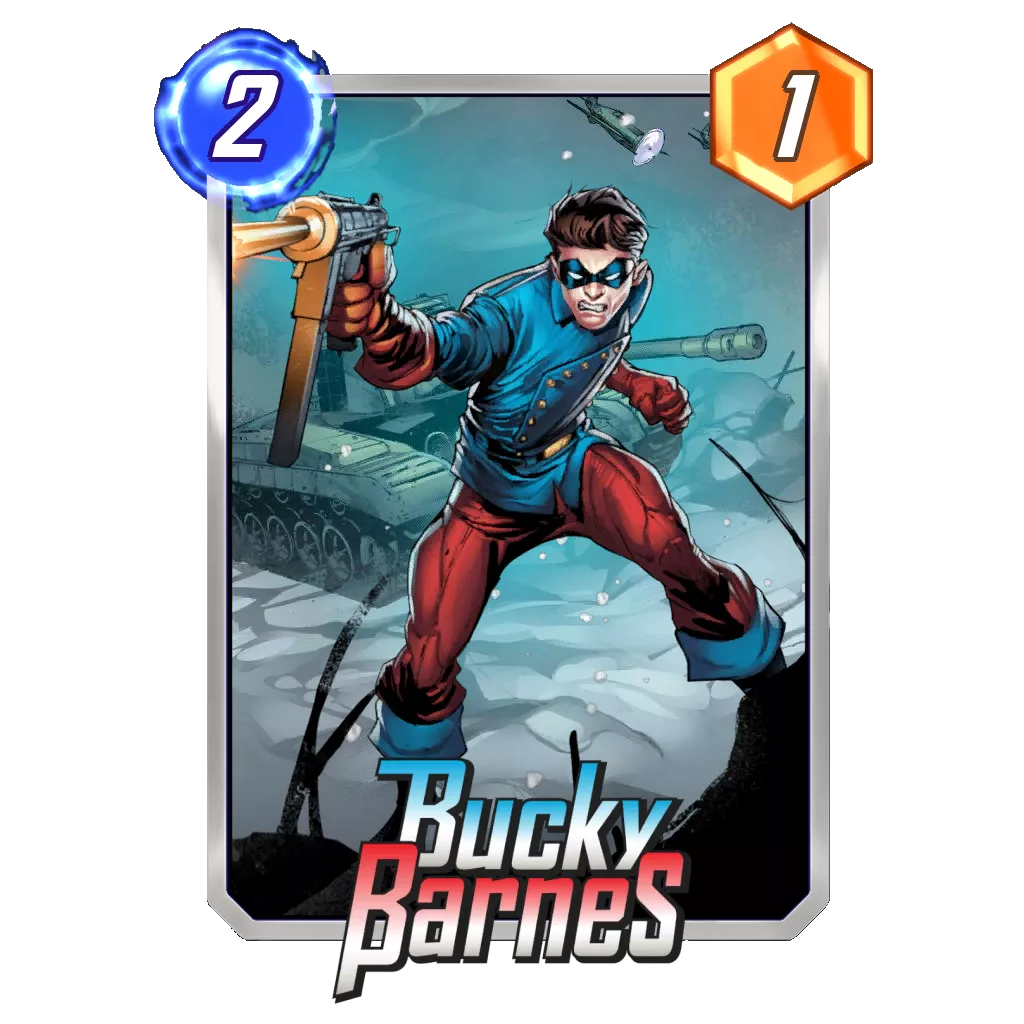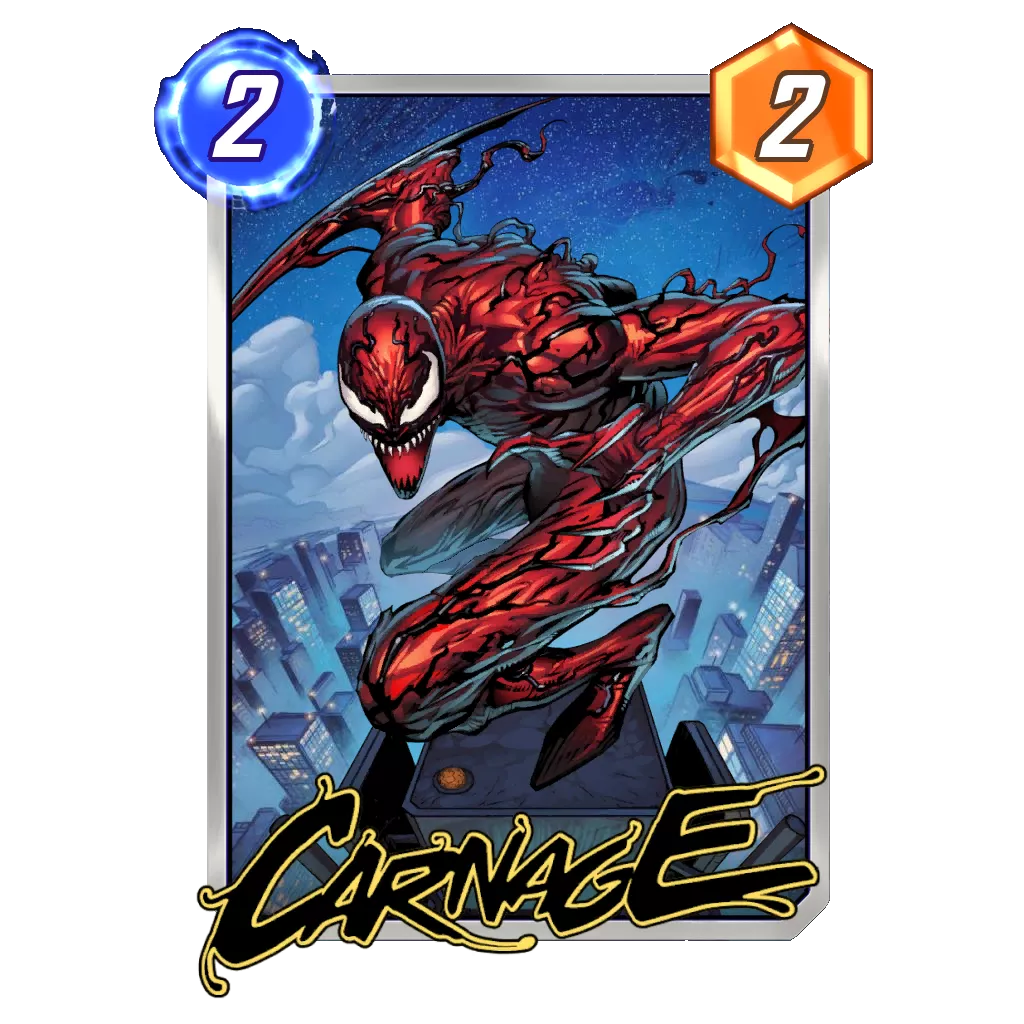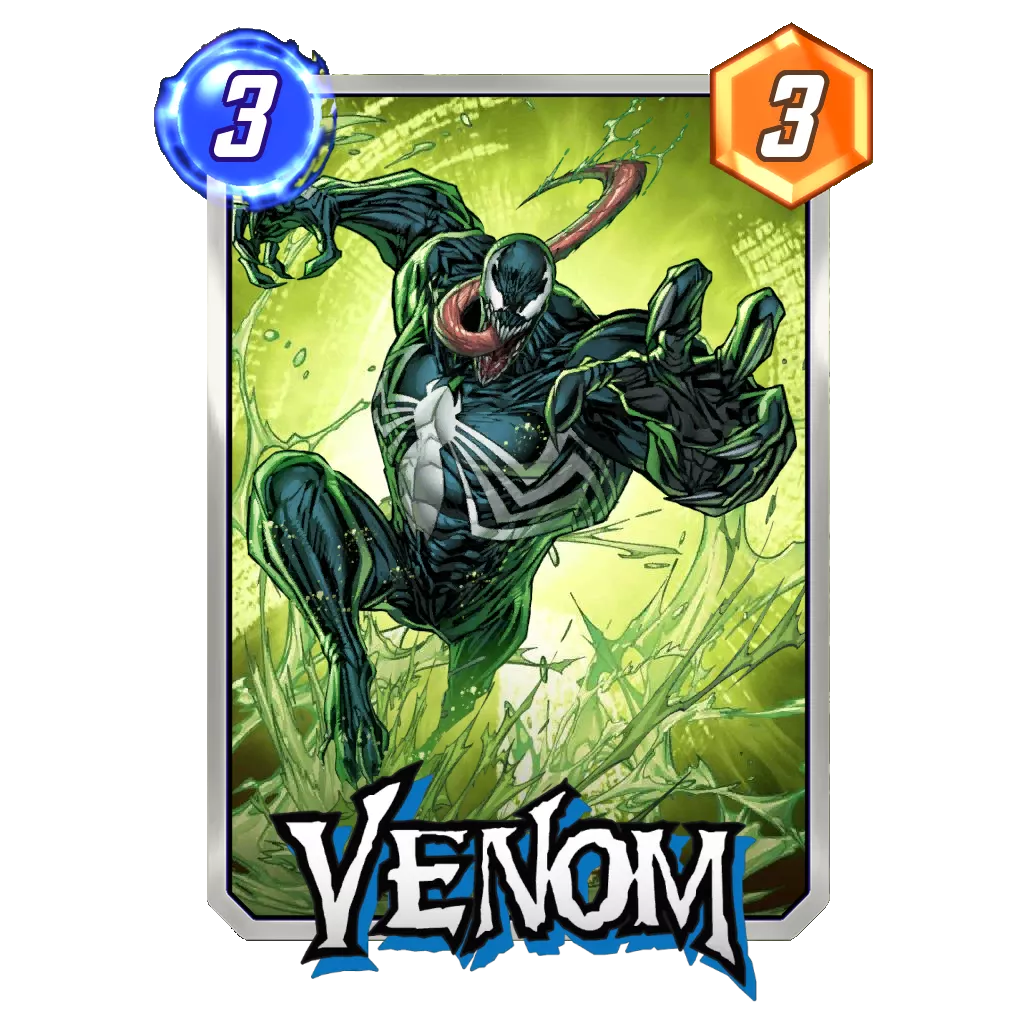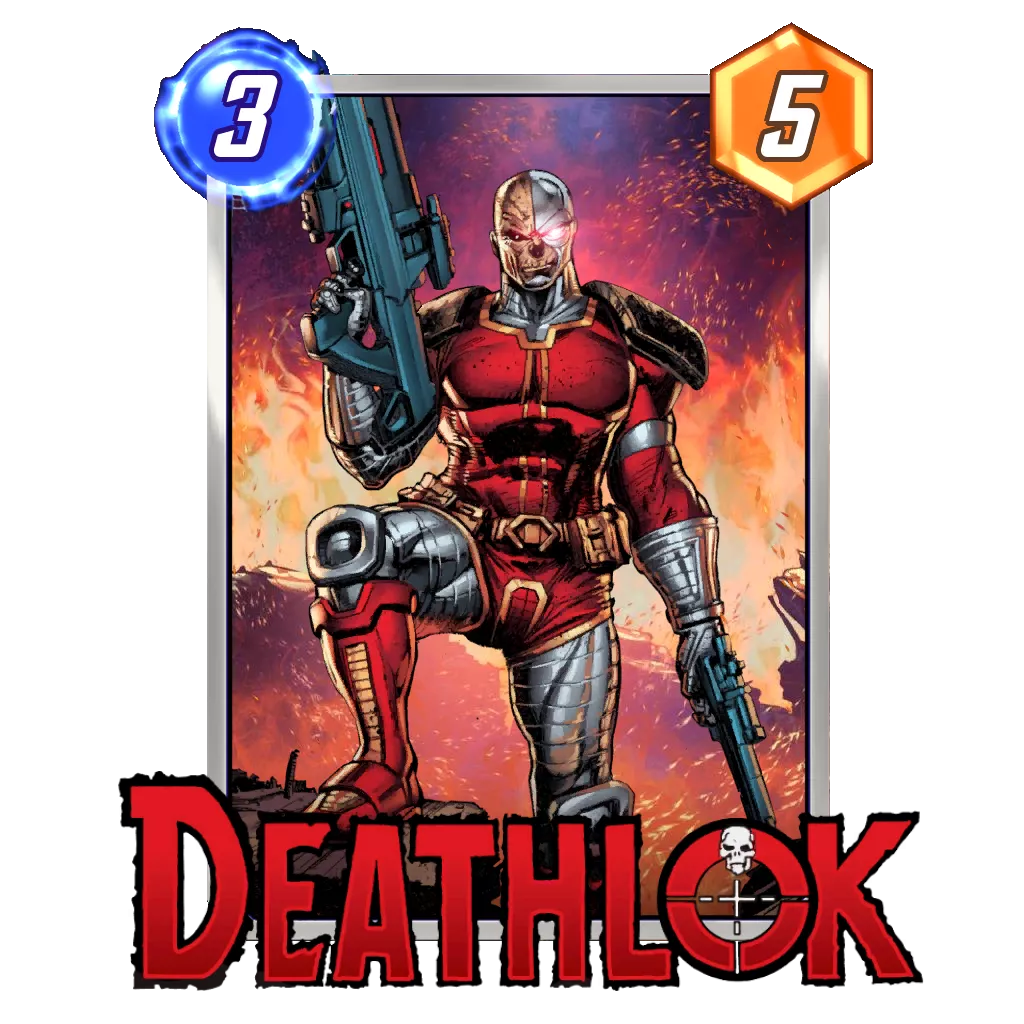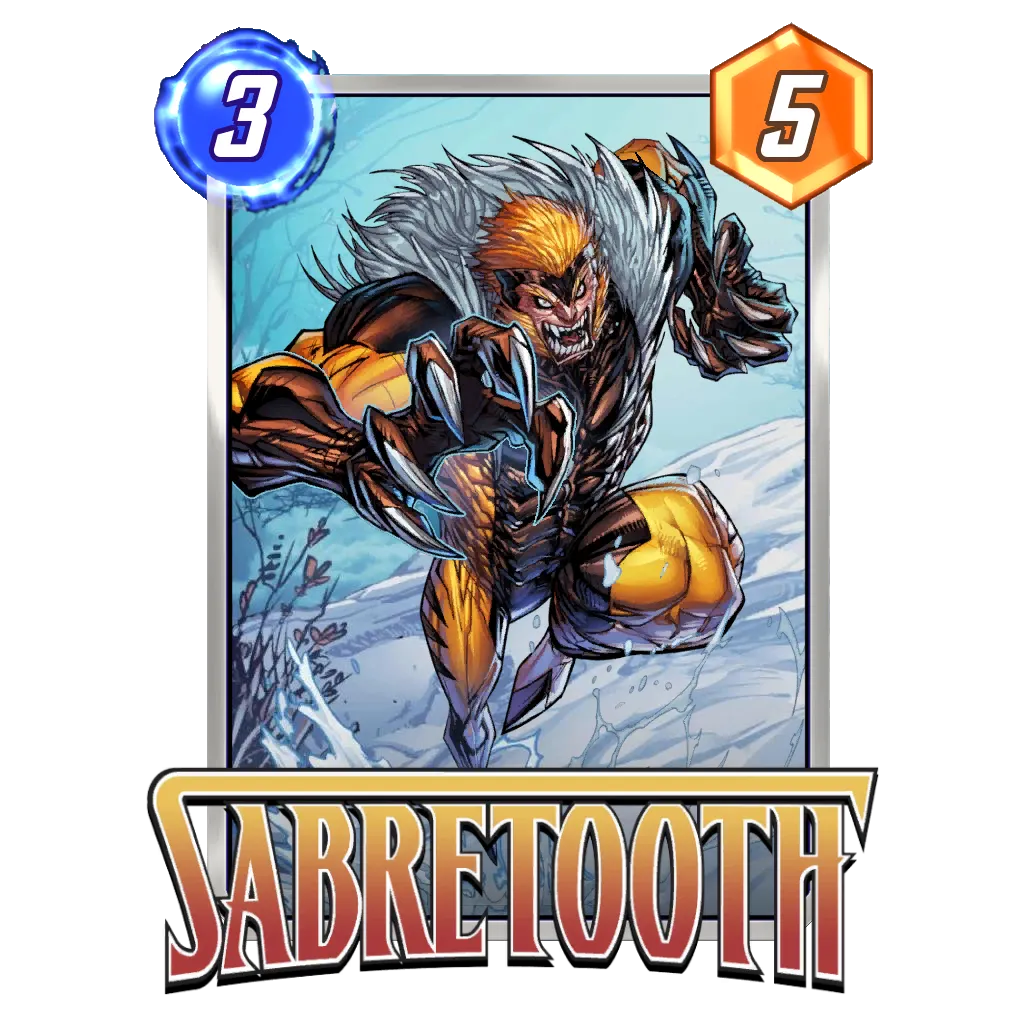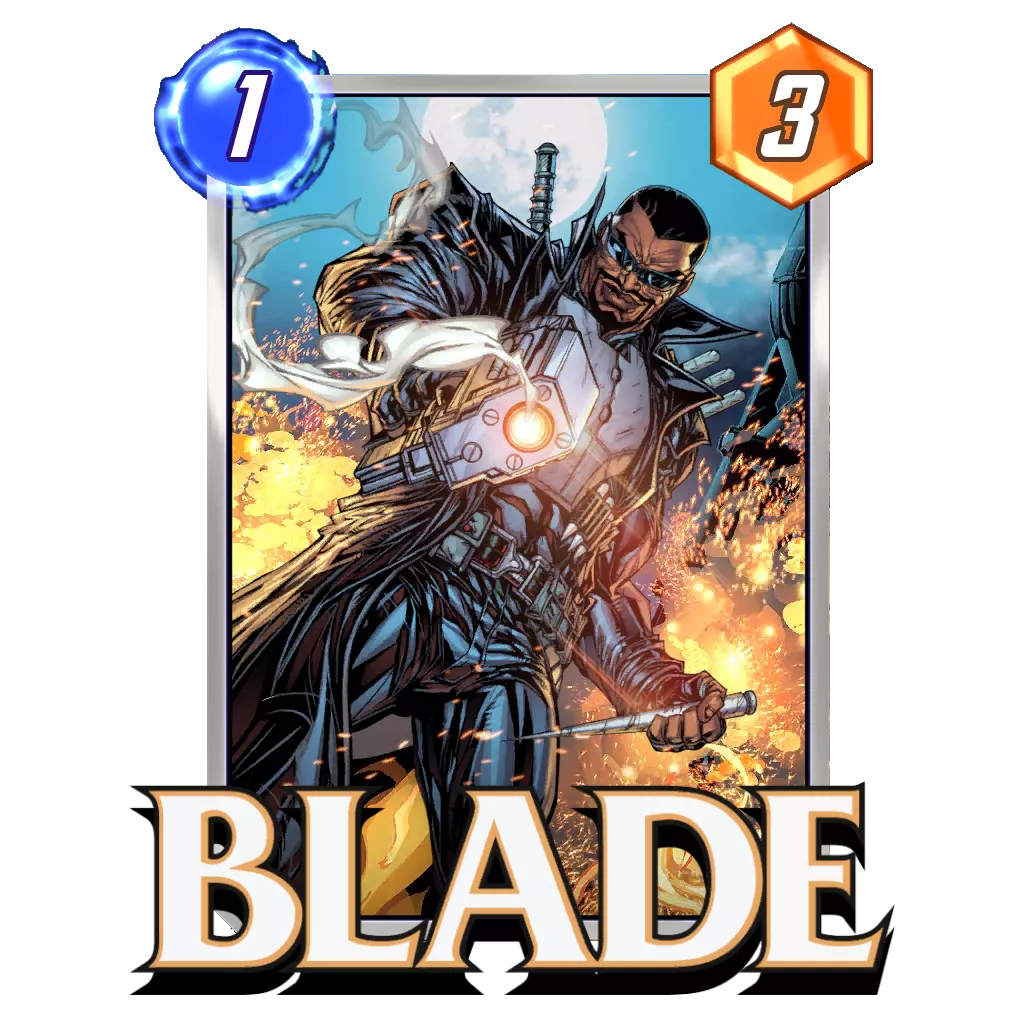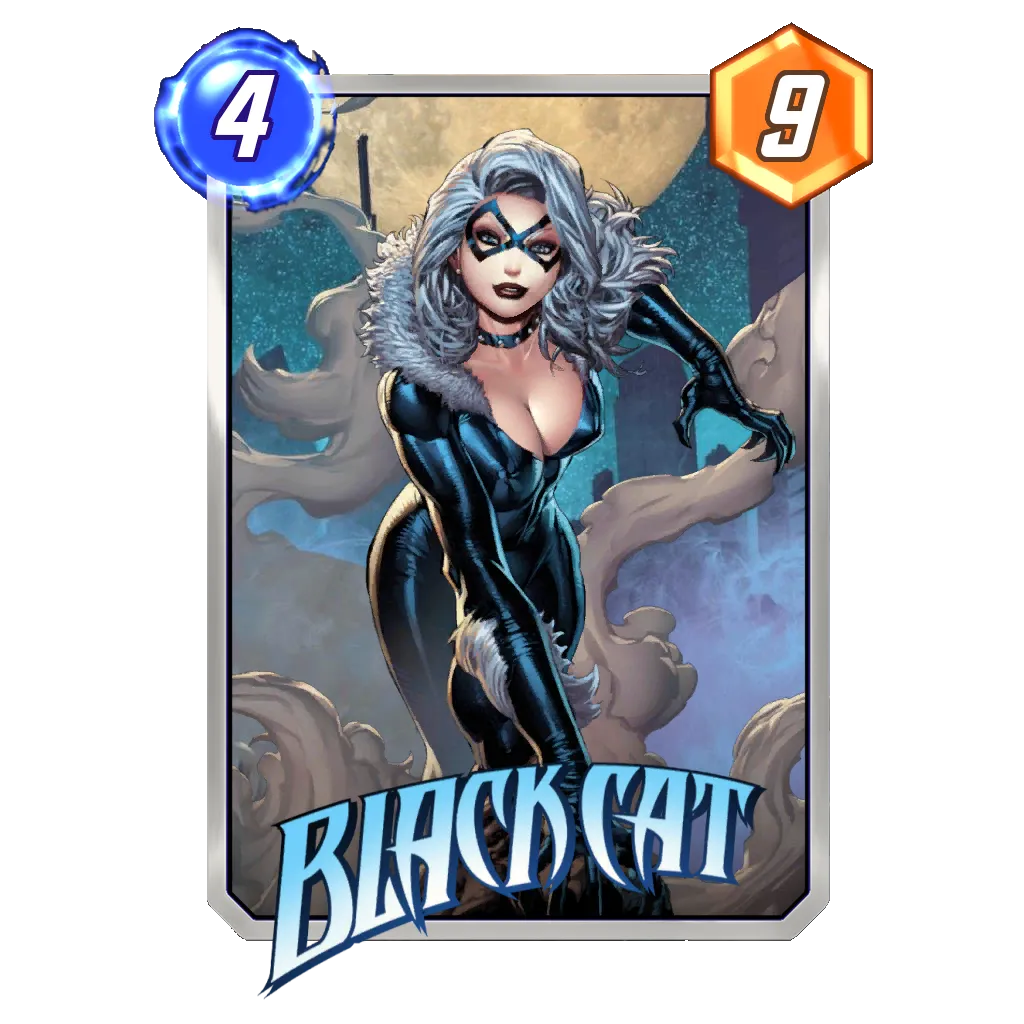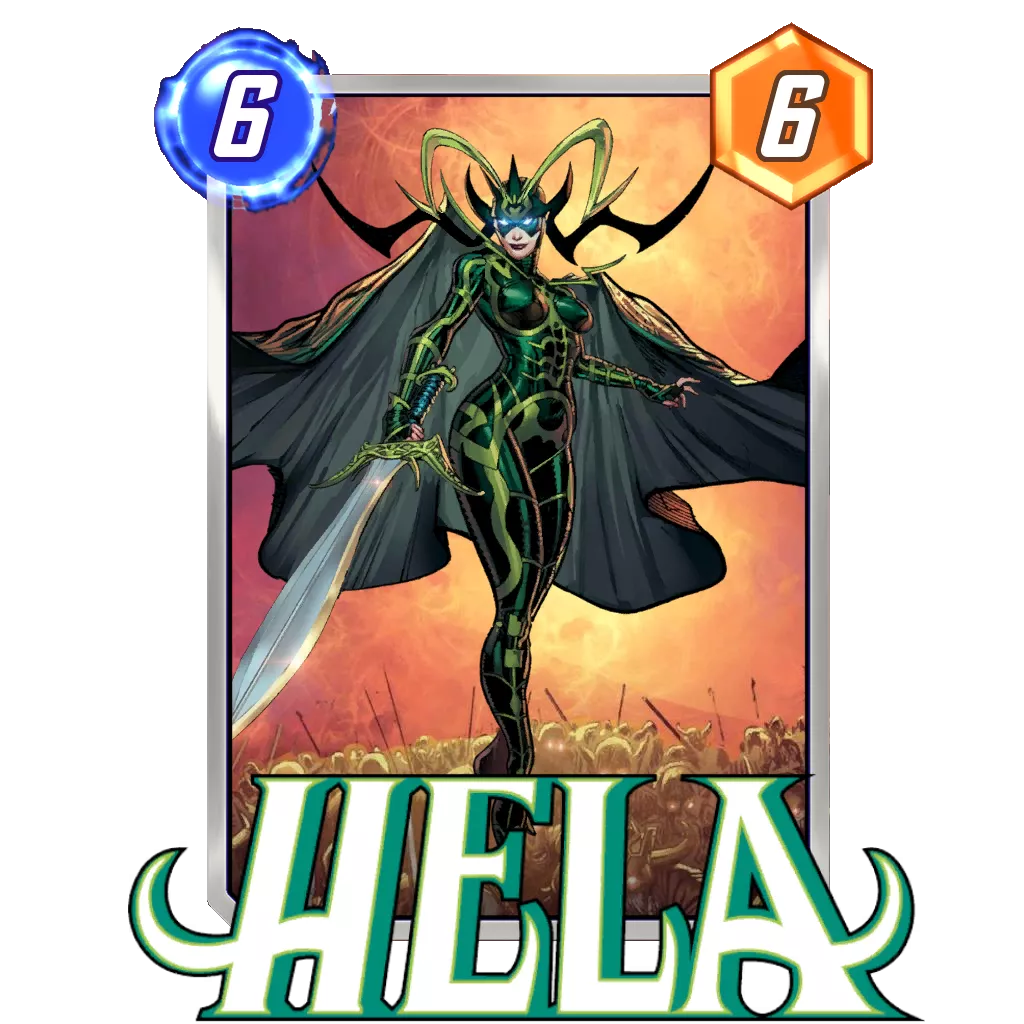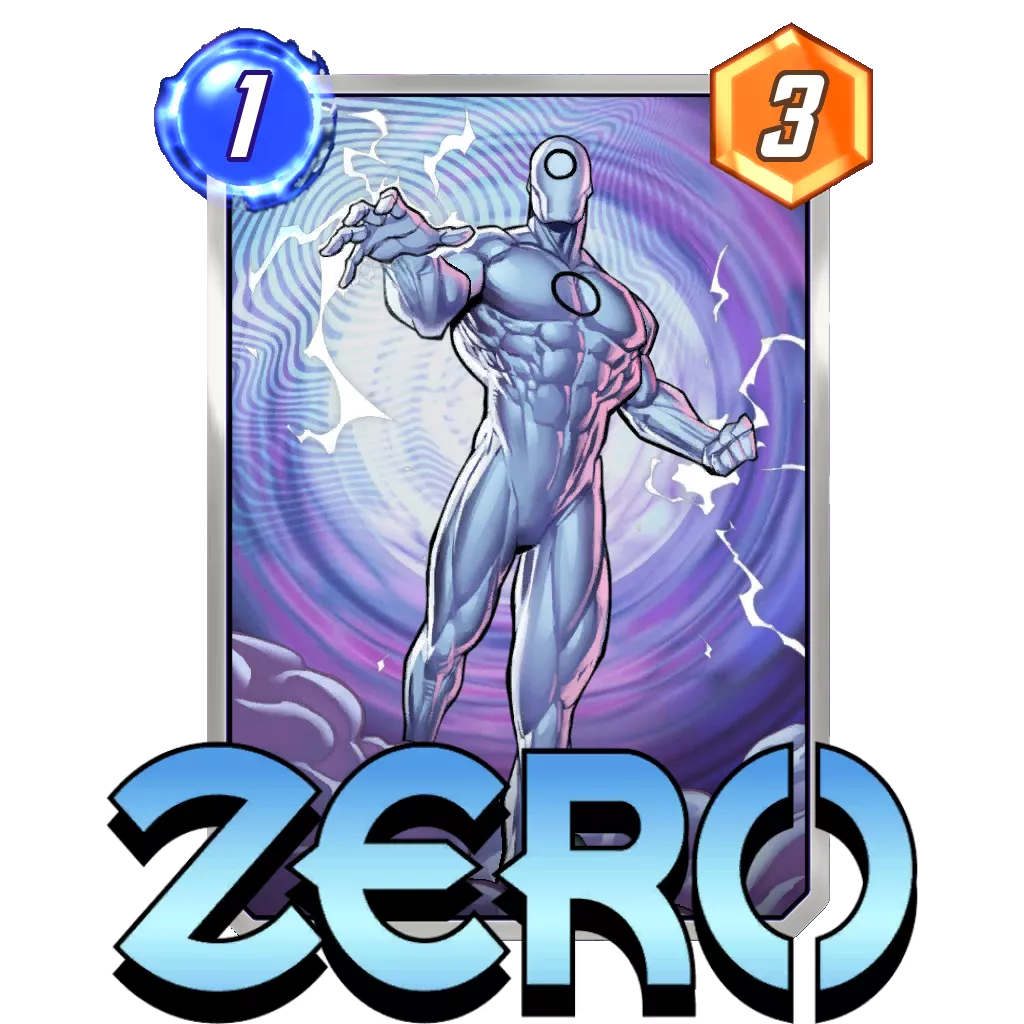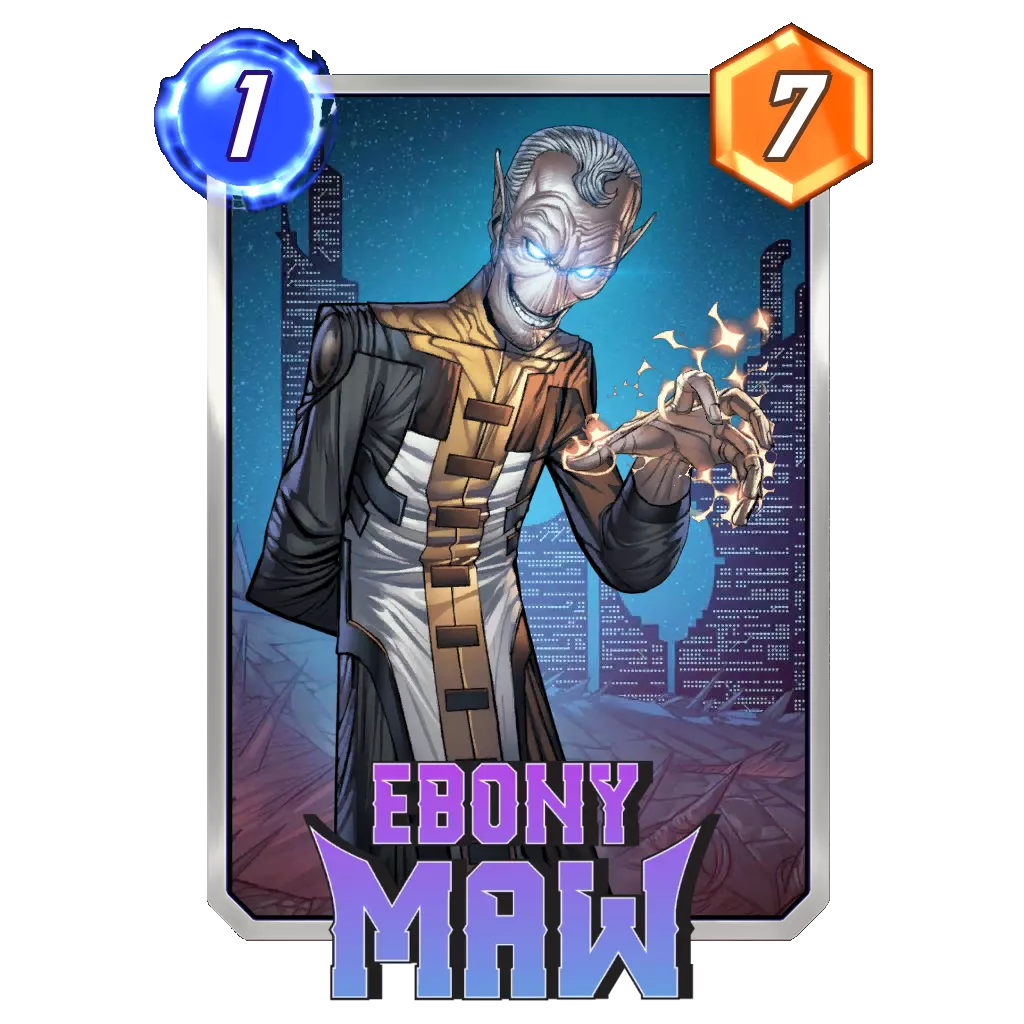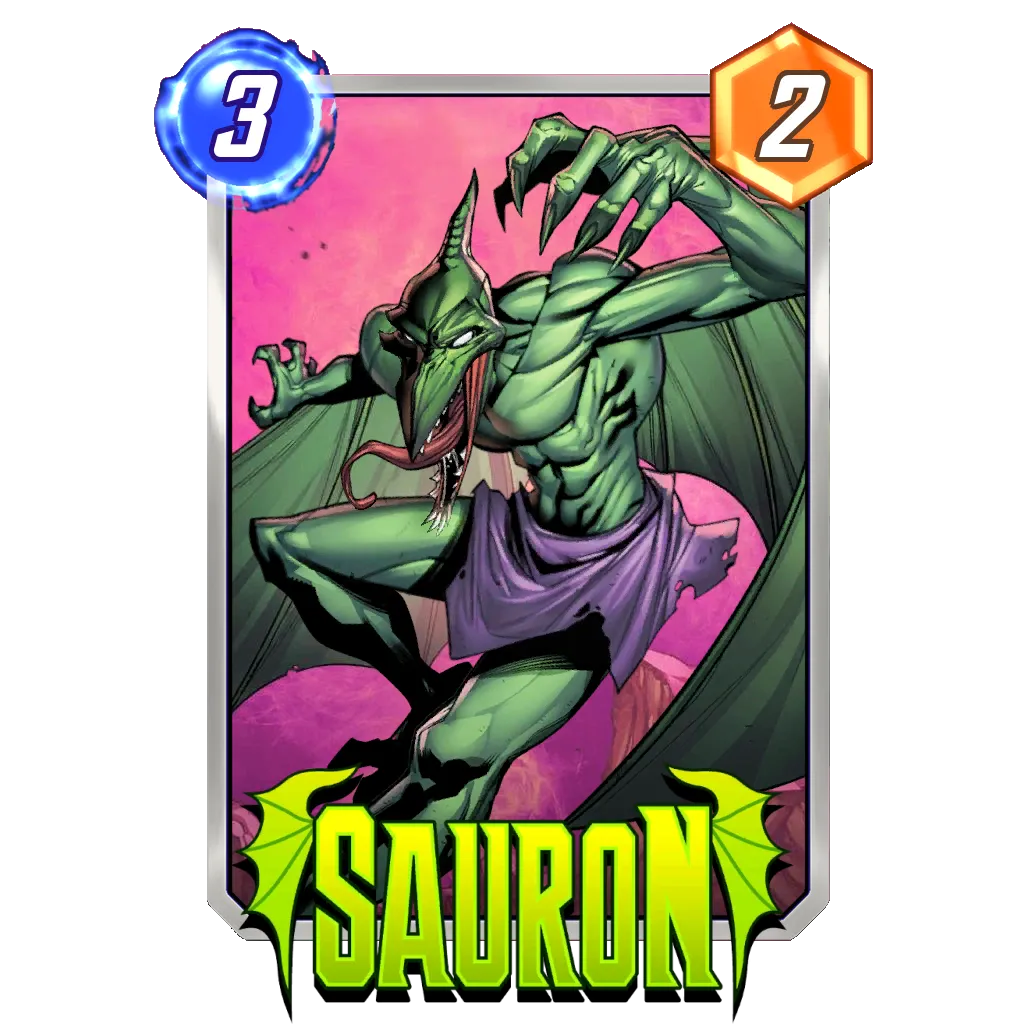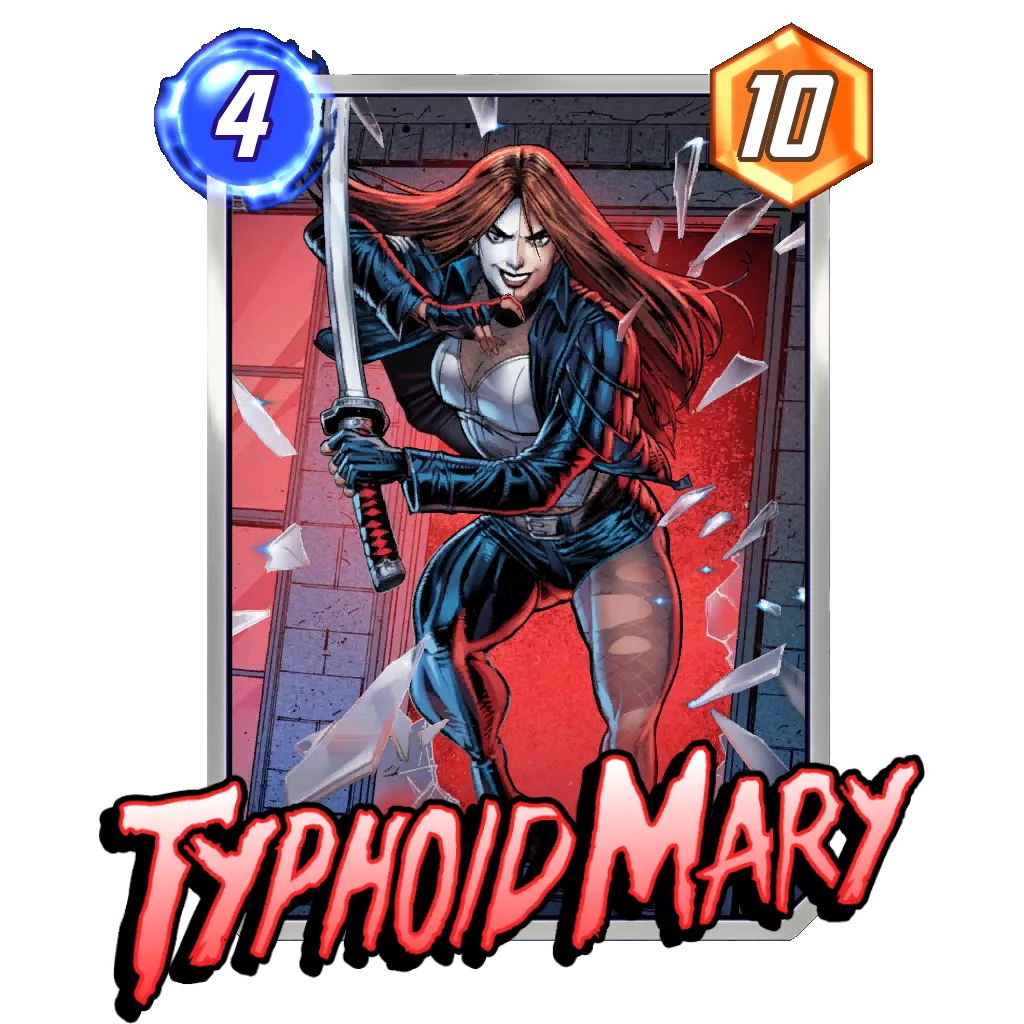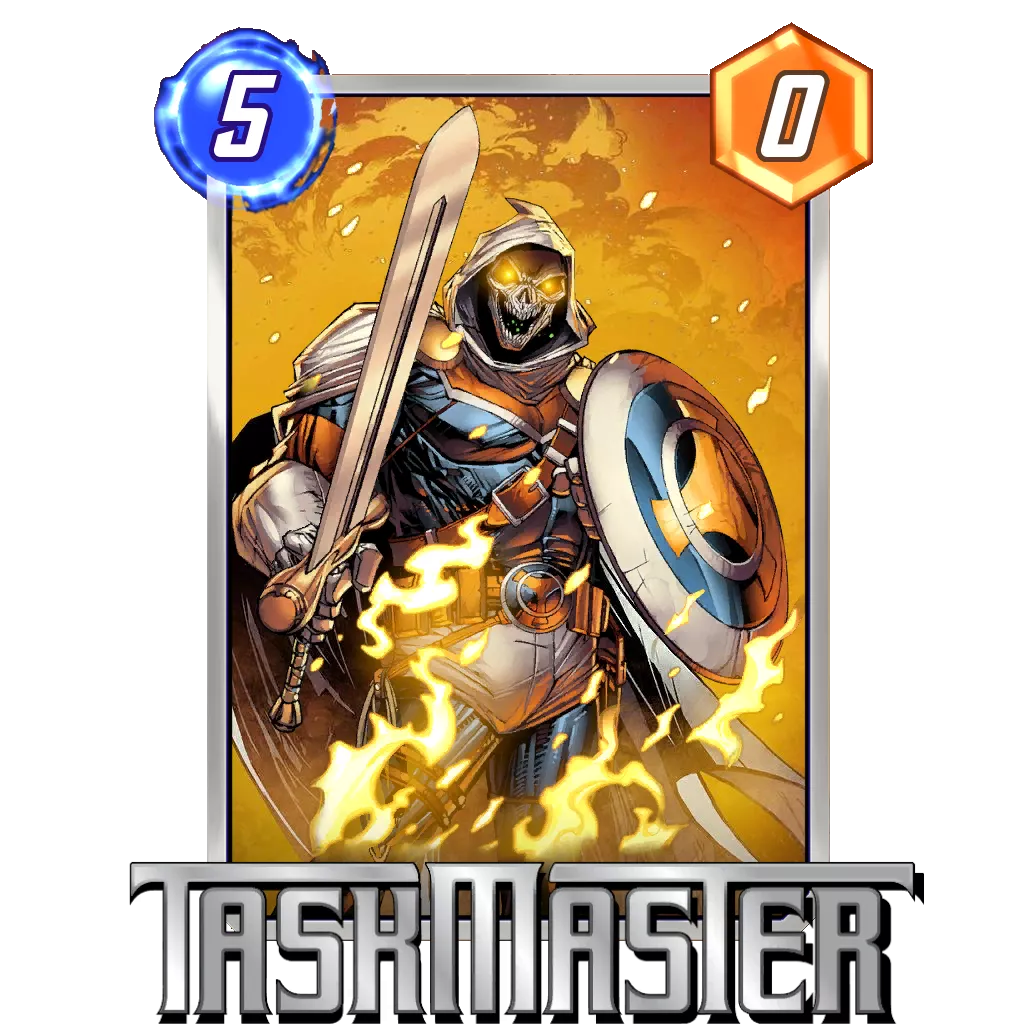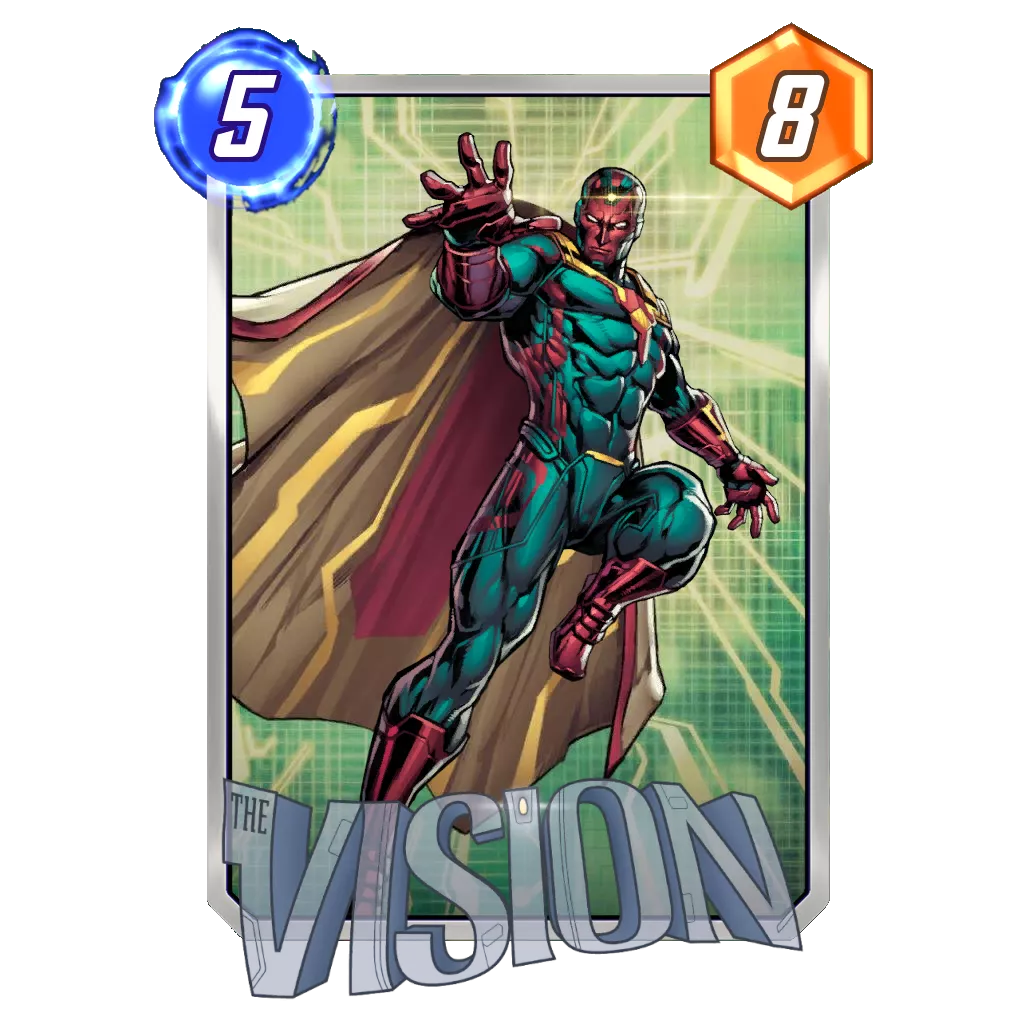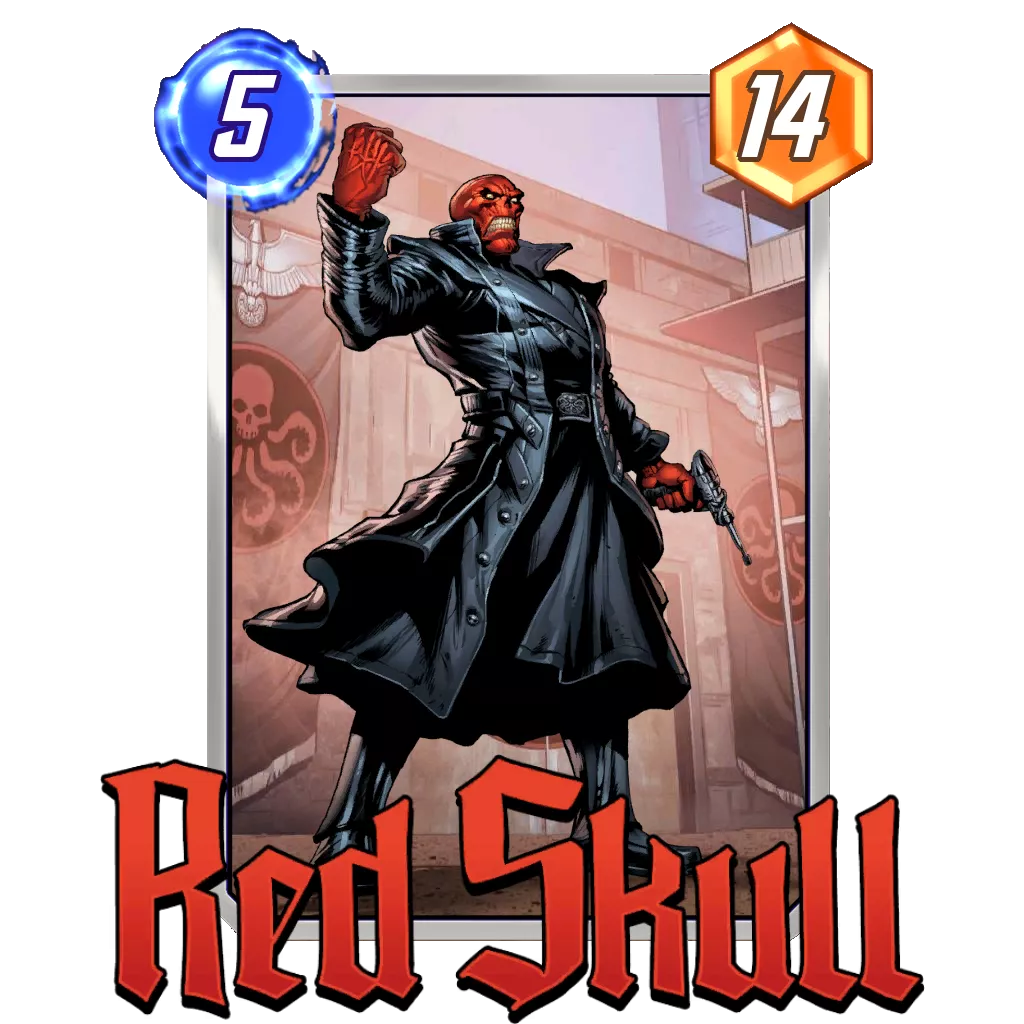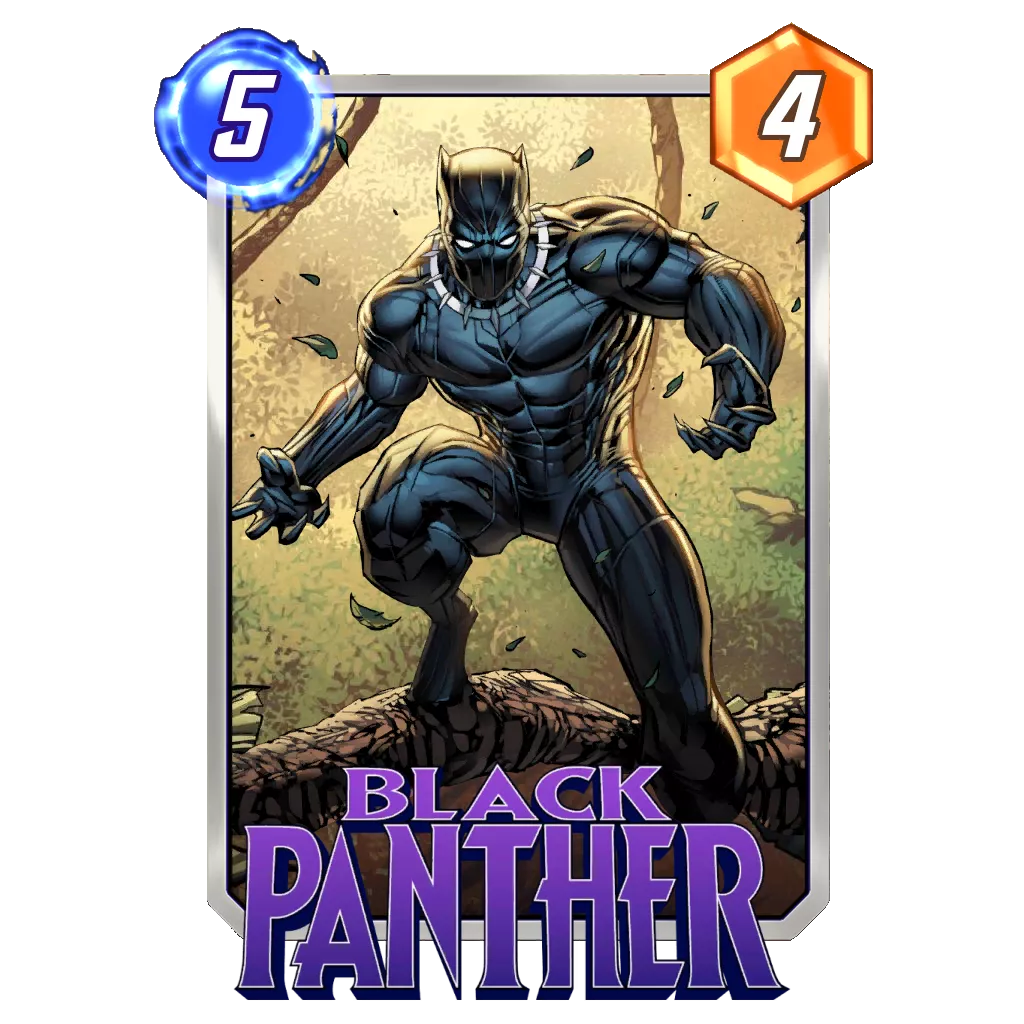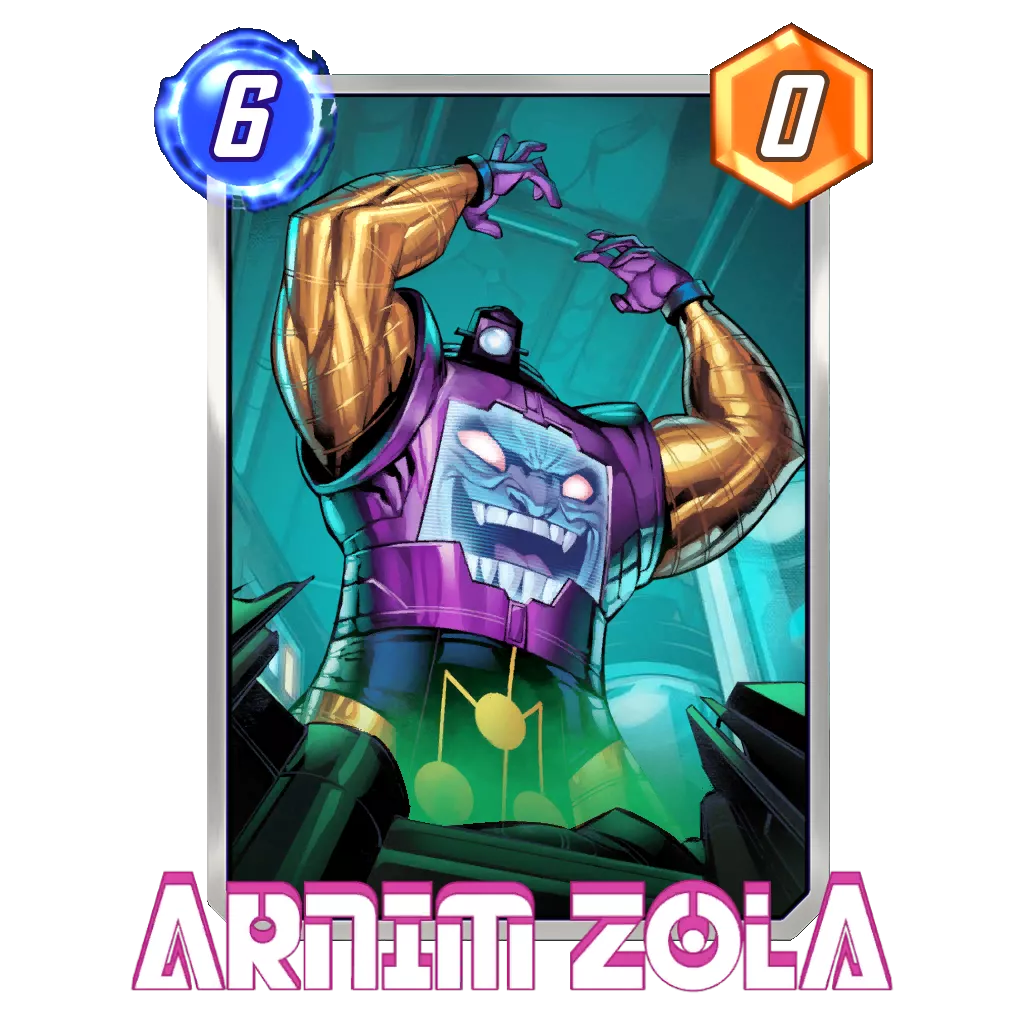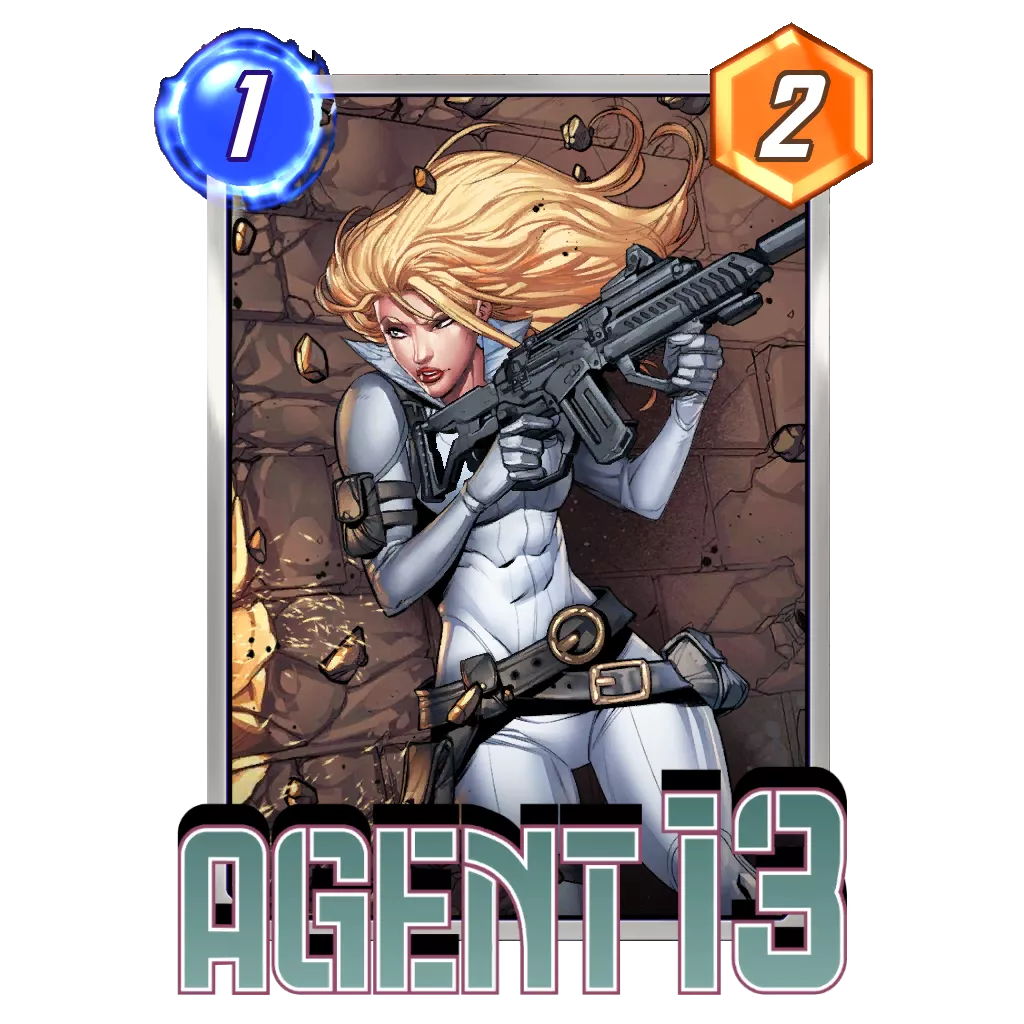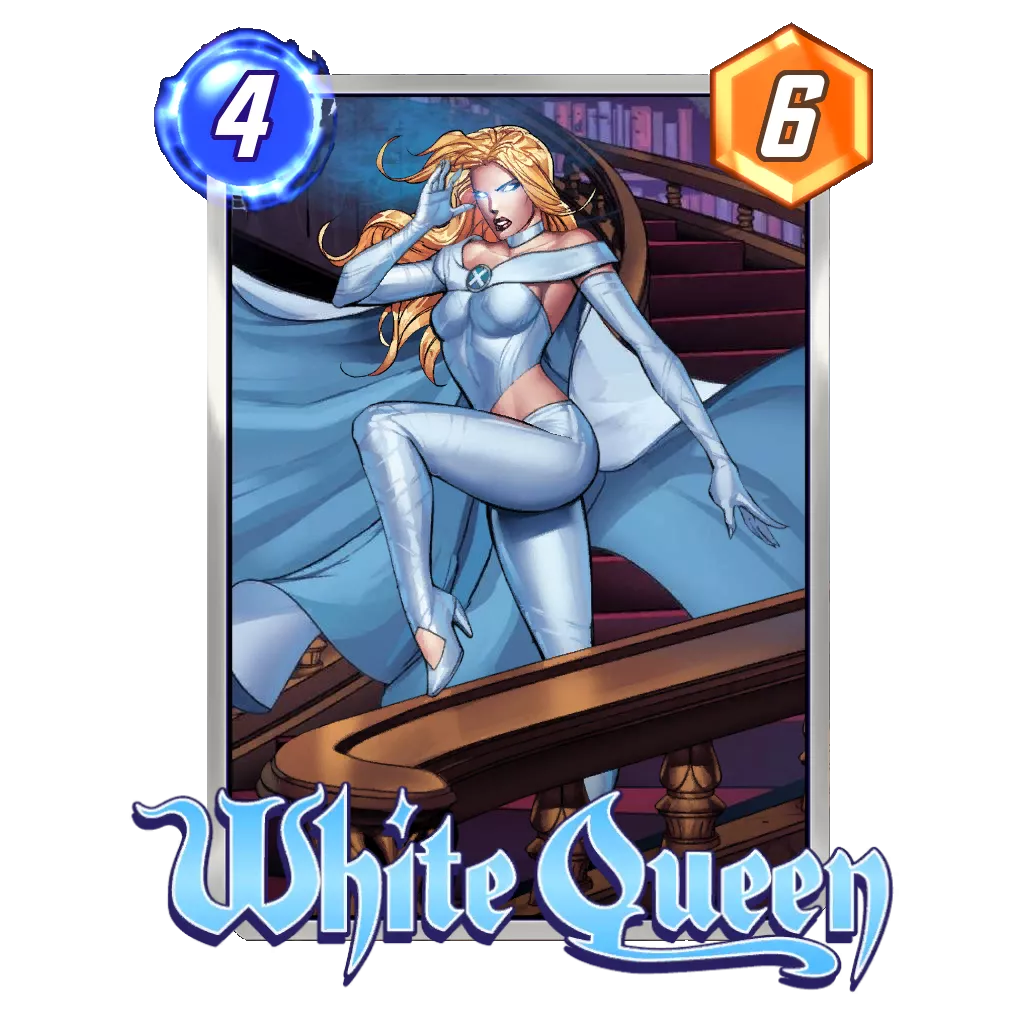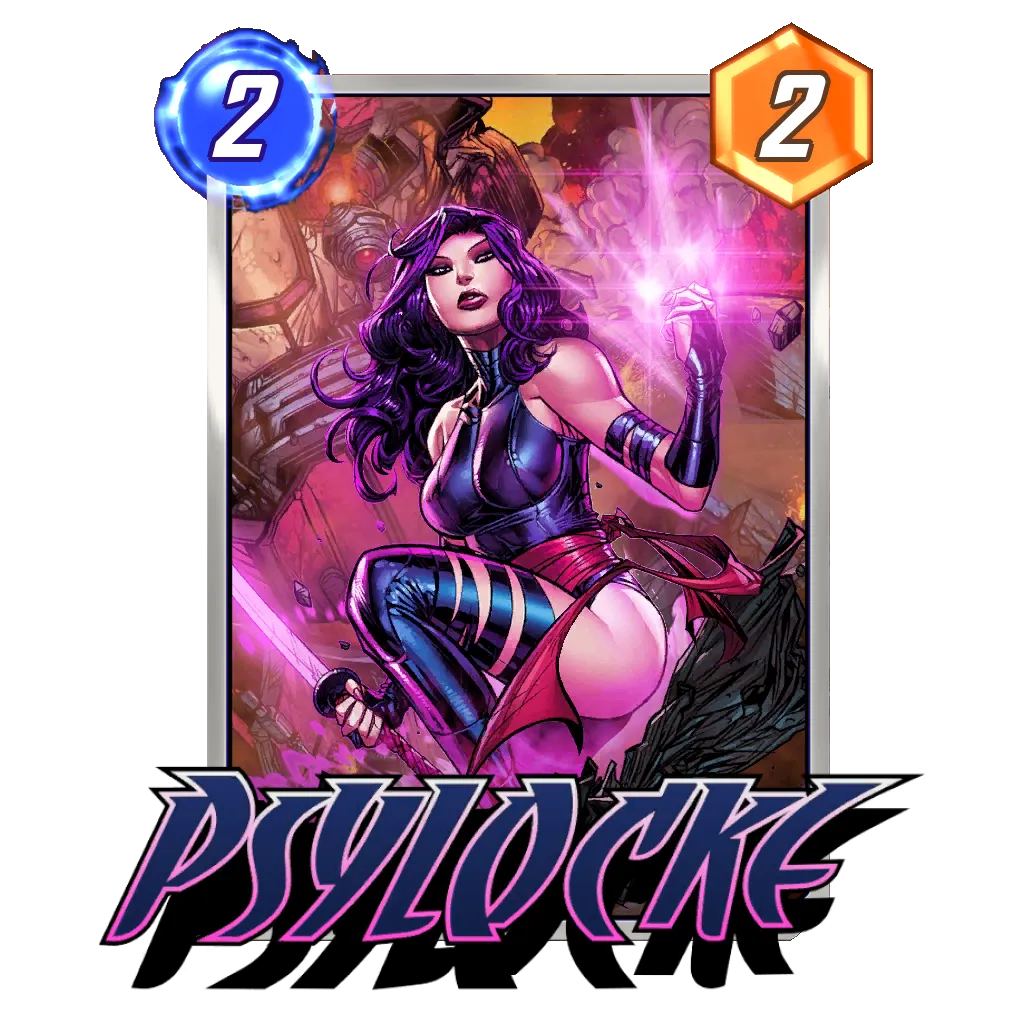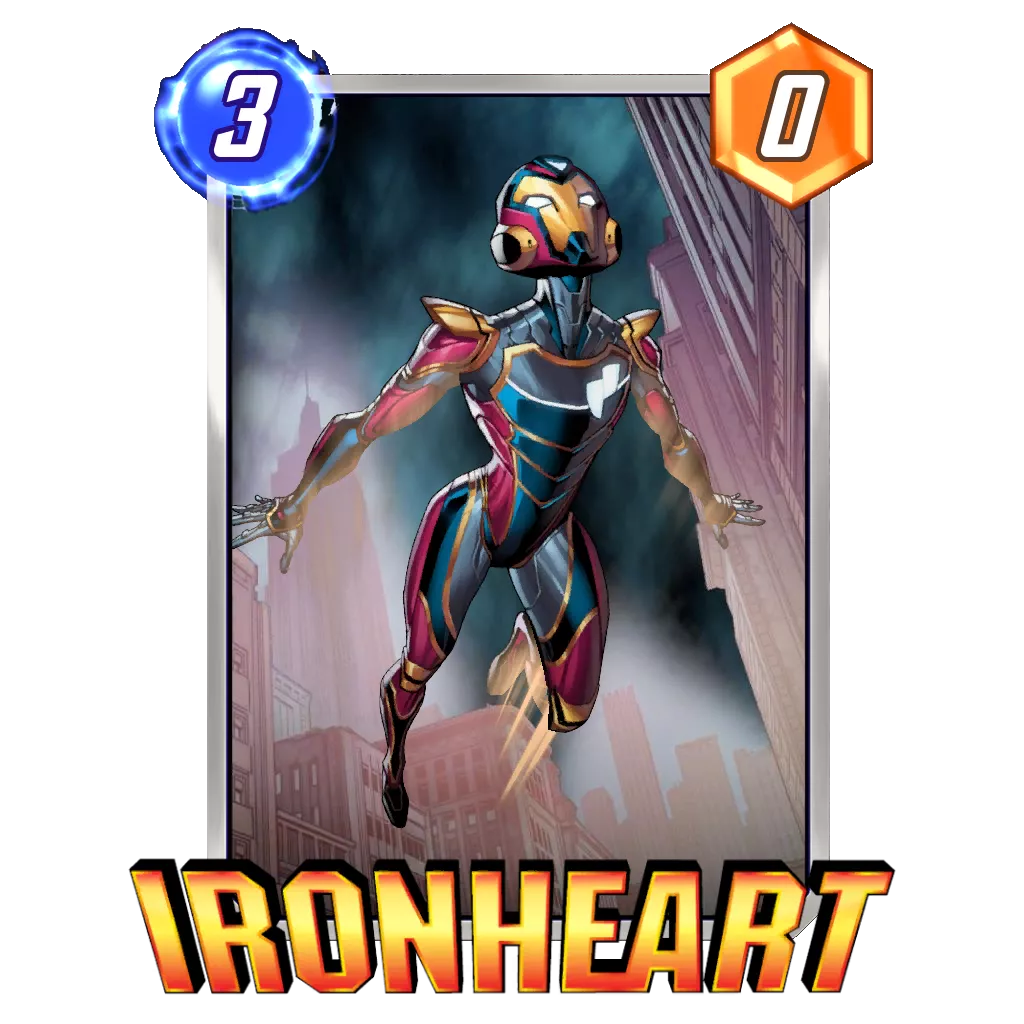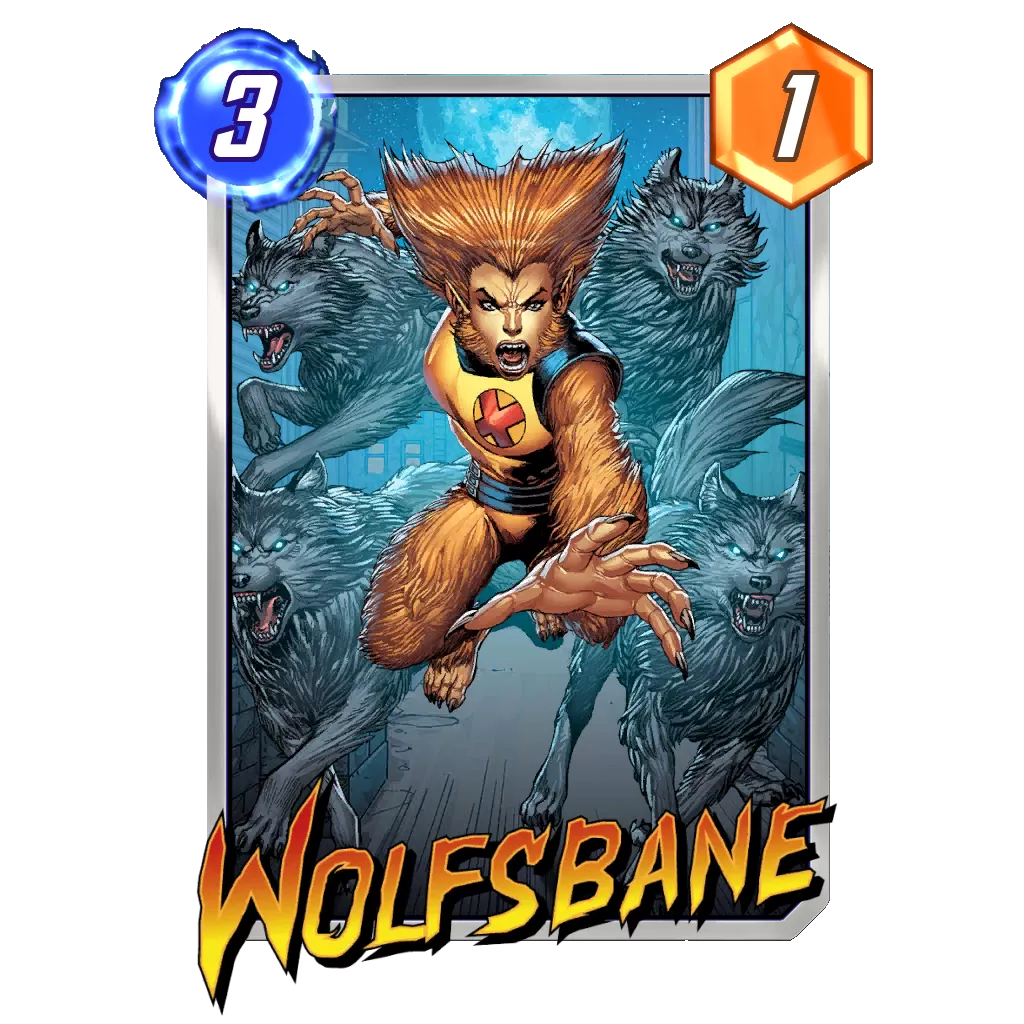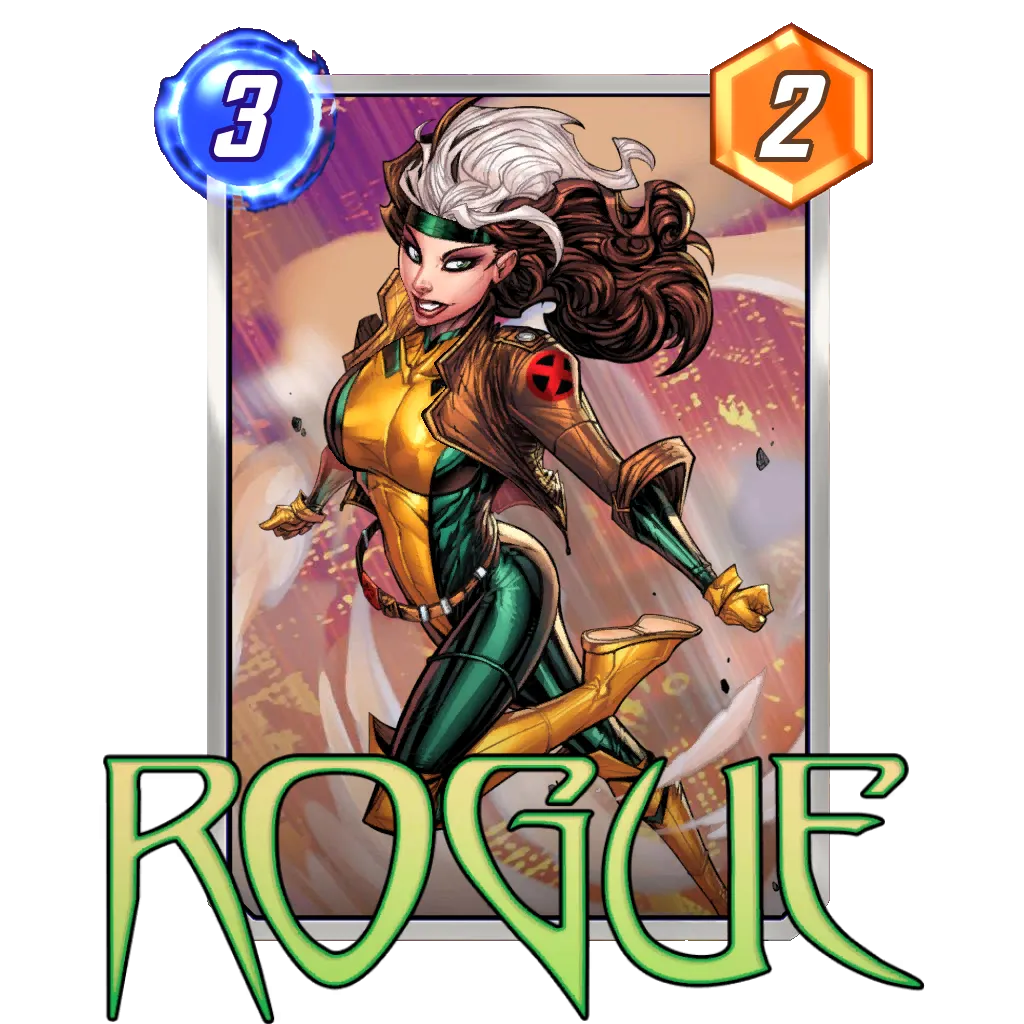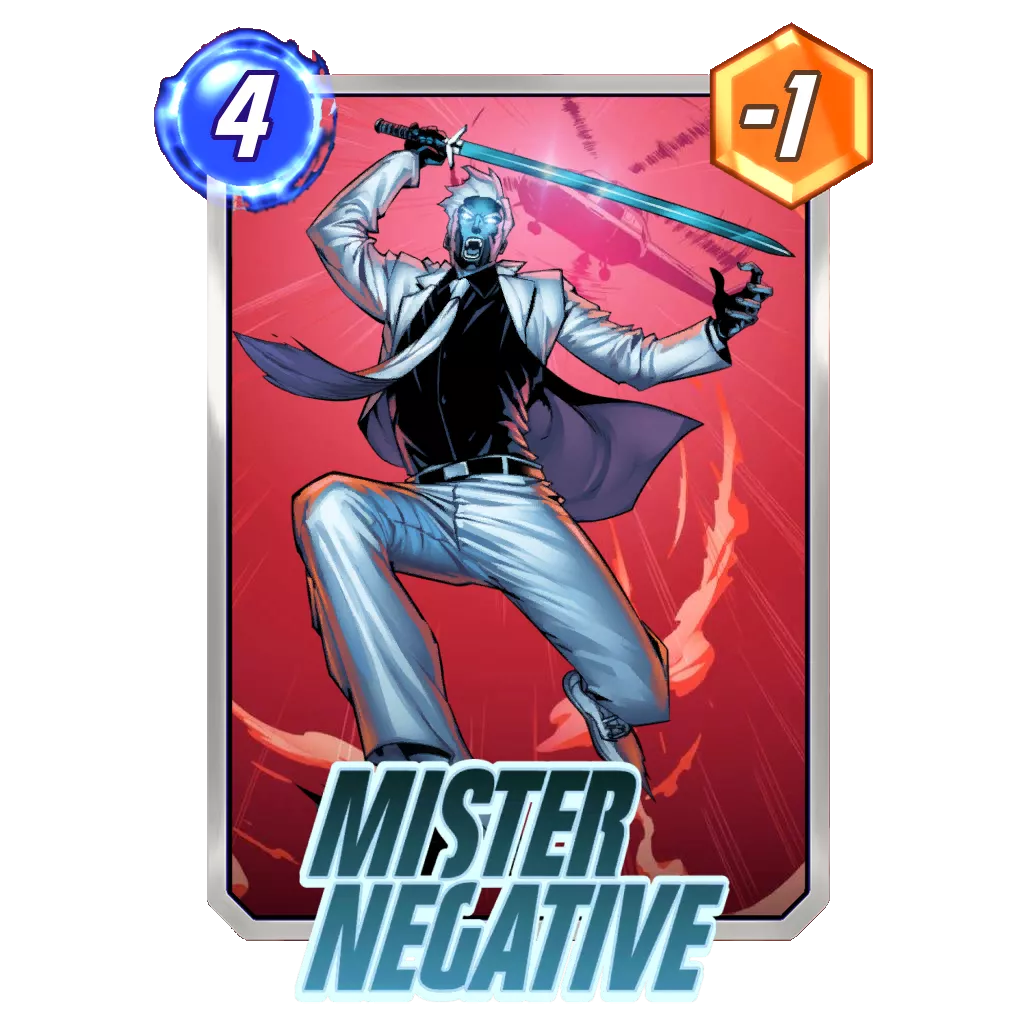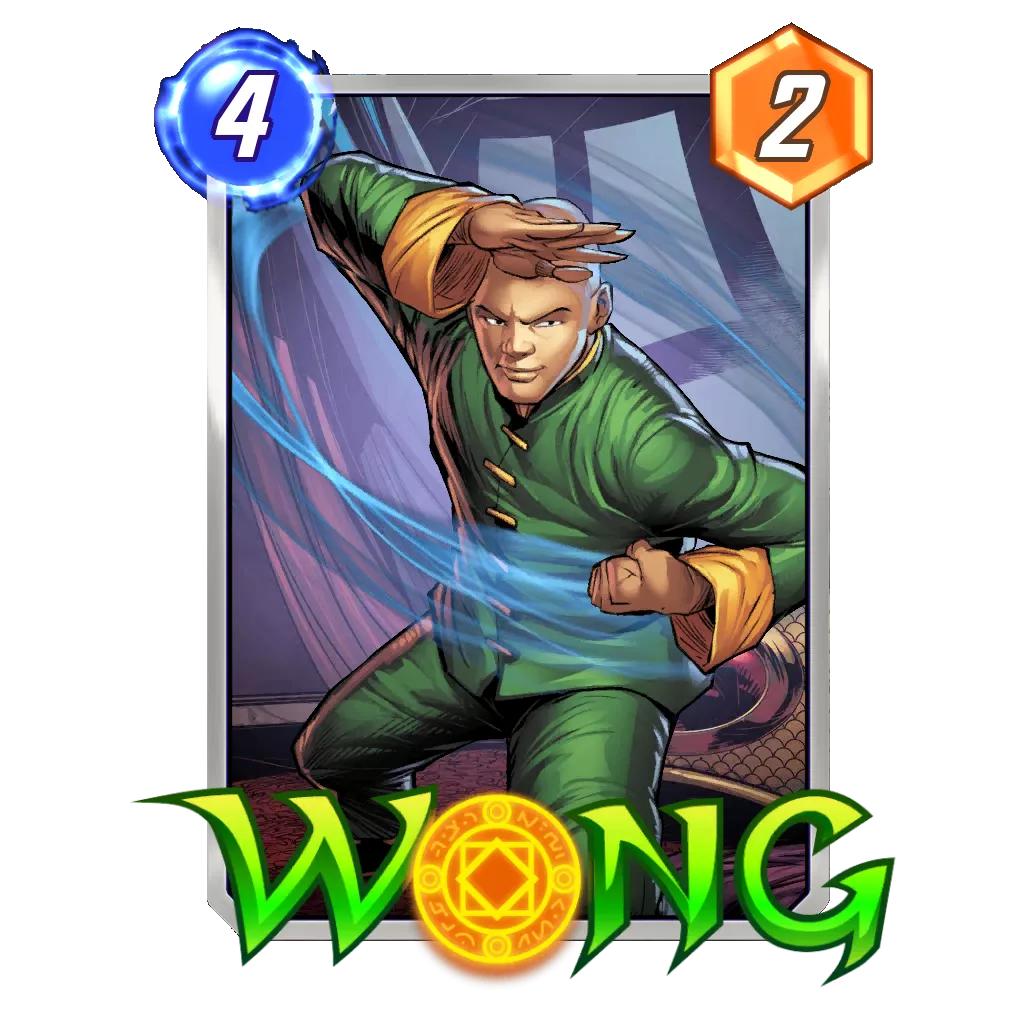Table of Contents
With Kitty Pryde back in Marvel Snap last week and High Evolutionary joining this week, the metagame has never been so difficult to follow. Over the course of two weeks, we have seen several archetypes rise and challenge the order of the Marvel Snap environment.
Last week, Kitty Pryde and Wave made the headline as the two most impactful cards, with Wave claiming the top spot due to the card winning the head-to-head. Now, High Evolutionary has completely changed the complexity of the metagame. The arrival of the new Series 5 Big Bad brought two archetypes to be adapted, Lockjaw and Lockdown, as well as a new archetype built around most of High Evolutionary‘s crew. Also, considering Evolved Hulk is a now an extremely powerful Turn 6 play and unspent energy is quite good for the decks it is typically slotted into, Wave seems to have lost a substantial part of last week’s momentum.
As a result of this recoil, Kitty Pryde decks came back stronger than ever, with Sera Control and Bounce both posting some of their best performances of the recent months. Also, both archetypes seem to do well against High Evolutionary archetypes, which represented over 30% of the metagame this week (logically boosting the performance of any archetype able to beat them reliably).
There really is a lot to cover this week, particularly the new builds that emerged around or against the new card. Keep in mind – even if I look at large sample sizes in order to create these rankings, the community is still figuring out a lot about the current metagame. I wouldn’t be surprised if some decks see their performance change radically depending on the pilot or the environment they play in. Because of this, I would encourage you to test decks that appeal to you, as well as try out various cards to polish up your deck’s concept. I mean this both in terms of cards directly supporting your gameplan and cards aimed at countering certain opponents.
Happy Tier List, everyone!
In order to be featured here, a deck needs to represent at least 1% of the current environment and have a positive cube average using data from our Marvel Snap Tracker. If a deck showed great performances with a very limited presence in the metagame, you can find it in the new “Silent Performers” section. There, I will highlight decks with an excellent cube per game ratio but too little of a sample size to be representative of their real strength.
Decks not good enough to be considered contenders but with a good representation will be ranked in Tier 3 or 4 in our chart and won’t have their own dedicated write up here but may be transferred to the main Tier List section. See those builds as decks that are good to know about, as you should face those when playing Marvel Snap. However, unless the metagame changes or a new variation of the build emerges, these decks are a notch below the dominant ones in Tier 1 and 2.
Marvel Snap Meta Tier List
| Tier | Deck | Guide |
|---|---|---|
| Tier 1 | Sera Control | Guide |
| Tier 1 | Iron Patriot | Guide |
| Tier 2 | Bounce | Guide |
| Tier 2 | Good Cards Wave 🔽 | Guide |
| Tier 2 | High Evolutionary Lockdown 🆕 | |
| Tier 2 | Good Cards Stature | Guide |
| Tier 2 | Sera Surfer | Guide |
| Tier 2 | Evolved Lockjaw | Guide |
| Tier 2 | Galactus | Guide |
| Tier 2 | High Evolutionary 🆕 | |
| Tier 2 | Discard Dracula 🔼 | Guide |
| Tier 3 | Devil Darkhawk | Guide |
| Tier 3 | Deadpool 🆕 | |
| Tier 3 | Hela Discard 🔼 | |
| Tier 4 | Shuri 🔽 | |
| Tier 4 | Electro Ramp 🔽 | Guide |
| Tier 4 | Dino Collector | |
| Tier 4 | Mister Negative Surfer | Guide |
| Budget | Handsize Destroy | |
| Budget | Ongoing | |
| Budget | Sandman Kazoo | Guide |
| Budget | Control |
Silent Performers of the Week
This week, High Evolutionary ate up the popularity of most other decks and represented most (if not all) of the experimentation going on in the metagame. With three decks including the Big Bad already making it into our rankings, the metagame has already felt pretty new.
As such, I expect the Silent Performers to be back next week when the popular decks aren’t also the newest ones, and the niche archetypes have more space to exist.
Tier Explanation
Tier 1: Tier 1 represents decks with all the upsides we would be looking for to rack up Cubes. They have good match ups in the current metagame, offer different play patterns during a match, and often have the ability for explosive or surprising turns. These should be decks worth investing into in order to climb for the coming week.
Cube Average > 0.3
Tier 2: Tier 2 are very good decks but with a weakness holding them back – either not being as reliable in its draws as Tier 1 decks, countered by another popular deck, or still being a work in progress as you read this. A good pilot could probably take these and have the same results as with a Tier 1 deck, but their play patterns are more difficult to enact compared to the Tier above.
Cube Average > 0.15
Tier 3: This tier is made of decks that have a pervasive issue compared to Tier One or Two decks. Usually, Tier 3 will be a mix of decks on the rise which don’t have much data about themselves, old archetypes on the decline, decks that require substantial experience and/or knowledge to pilot properly, powerful decks that aren’t well positioned, or niche decks.
Cube Average > 0.1
Tier 4: Off-meta decks that have fallen off in recent times, or counter picks relying on specific match-ups to stay afloat competitively.
Cube Average > 0.01
Budget: Decks that consist only cards in Pool 1 and 2 but are still capable of competing with an experienced pilot in a similar Collection Level, Rank, and MMR range. See our matchmaking guide for more details.
Meta stats and analytics directly from our Marvel Snap Tracker can also be found here.
Tier 1
Sera Control
Rank Justification:
With less of Wave, Sera Control immediately rose up the rankings, claiming back the top spot in the process. On the back of a 0.35 cube average (which is quite routine for this archetype), Sera Control mostly benefited from High Evolutionary limiting Good Cards Wave and Good Cards Stature being nerfed.
In a metagame where a lot is left to figure out, an archetype with a flexible game plan that mixes both reactive cards, Shang-Chi and Enchantress, and points cards, Hit Monkey, Angela, and Bishop, Sera Control looks like the perfect comfort pick for anyone who isn’t feeling so good with the new archetypes. It’s also a great pick for anyone who would like to rely on an archetype they have known for several months.
How to play:
This archetype relies on giving up priority going into the last turn, so it can punish the opponent with reactive cards like Shang-Chi, Enchantress, and Killmonger. Ever since Hit Monkey joined the deck, it also unlocked a proactive pattern on Turn 6 with the monkey assassin able to challenge a lane with points, rather than looking to counter what the opponent did.
Sera is at the core of this strategy as she allows reducing the cost of cards in your hand, strengthening your Turn 6 potential and making it worth to purposefully give the lead to your opponent. Note that losing priority doesn’t mean losing the game – we can be in the lead on a location and close on the other two. Since Sera only has four power, your opponent will typically have a stronger Turn 5 than you do and take back priority. This way, we don’t need to have an incredible Turn 6 or perfectly guess our opponent’s plays to win every game. Most of this deck’s strength relies on its ability to be able to stay as close as possible while not having priority, so our reactive cards are at their best.
Against an opponent you expect to play Wave, it is completely fine to skip Sera and go off on Turn 5. Kitty Pryde, Mysterio, and Hit Monkey will provide enough points, and then we can simply play Enchantress or Shang-Chi on the following turn.
Potential additions:
Lizard is the flexible card in the build. Jeff the Baby Land Shark, Zabu, or Sentinel can also fill this spot. Doctor Doom could also serve as a Wave safety net.
Iron Patriot
Rank Justification:
Although Enchantress is still a popular inclusion in the metagame, Invisible Woman‘s buff has given Patriot another tool to protect its signature card from a potential disaster. Right now, Invisible Woman gets the nod over Cosmo as it also allows disguising the deck’s true intentions, leading to unpleasant surprises for the opponent down the line.
Patriot isn’t so popular lately, barely representing 2% of the metagame if we combine this and the more basic build. However, this deck has been posting very solid results in the tournament scene, as well as being praised by the few players using it on ladder. Similar to Sera Control, Iron Patriot features a game plan that has been around for quite some time, which can be comforting for a lot of players. Although the non-Iron Lad build is posting much worse results, it seems like the chaos of the current metagame favored old timers this week.
How to play:
Without a 1-cost, this Patriot build is more passive than the traditional one. The idea is that the late game will be crazy enough to not need to invest early on, especially if we intend to use Ultron. With Invisible Woman joining the deck, we now have a way to protect Patriot as well as hide our deck a little, since one could simply play on one lane and let Ultron fill the other two on game’s end.
The biggest choice you have to make with this deck is which route you are looking to take: the proactive one, or the disruptive one. If you think you can beat your opponent in a points contest and they can’t punish you for it, it is completely reasonable to reason based solely on how many points you can develop. Then, you will be looking to build around Patriot, Iron Lad, Iron Man, Onslaught, and other such high potential cards. This is particularly effective now that Invisible Woman can help hide some of our key cards.
On the other hand, you could also be looking to derail your opponent’s game plan with Debrii and Wave. In that case, look to only develop what’s necessary to have priority, and then focus on how to break your opponent’s play patterns. You can then build your proactive turns around this game plan.
Because of the many high rolls this deck can pull, it is important to be fearless about your Snaps and Retreats, even with Enchantress being a scary prospect.
Potential Additions:
Doctor Doom typically replaces Super-Skrull or Iron Man if you want another big card or another way to summon a bunch of cards at once. Squirrel Girl, Brood, and Cosmo have also been played in the previous weeks, but they seem to have fallen out of use.
Tier 2
Bounce
Rank Justification:
With less of Wave, Bounce logically posted much better results – almost enough to be ranked in Tier 1. The fact that the deck seems to be able to handle High Evolutionary decks thanks to playing around the power affliction cards with its Bounce synergy must be a big part of its success this week.
For now, the deck is still rather discreet if we look at popularity, a little under the 3% mark. Still, if the new Big Bad continues to represent over 30% of the metagame across its various archetypes, Bounce could gain a ton of momentum in the coming week and climb even higher in the rankings.
How to play:
Bounce relies on replaying cheap cards several times through the use of Beast, Kitty Pryde, and Falcon, leading to several benefits:
- Their abilities can be great, such as Iceman and The Hood.
- They serve to buff cards like Angela or Bishop as they grow when you play more cards.
- It gives you an easy way to plan ahead of time because you don’t necessarily depend on your draw to use your energy. You can reuse cards already in play.
- You are much more flexible with your available space because you can remove cards and play others instead.
- Bounced cards are usually quite cheap, leading to very flexible turns down the line.
With Hit Monkey in the deck, Bounce also looks to keep those cheap cards in hand to have an explosive Turn 6 play. Through the Bounce mechanic, we are able to both play cards to buff Angela and Bishop during the game and also have them available to play alongside Hit Monkey.
Strategy wise, the deck wants to be as flexible as possible and only commit to lanes on Turns 5 and 6 in order to withhold as much information as possible from the opponent. Until this last turn, the deck will use Beast and Falcon to manage its hand and locations. The idea should be to abuse the abilities of our cards to disrupt the opponent while building the best hand possible going into the final turns.
Against an opponent you expect to play Wave, it is completely fine to go off on Turn 5. Kitty Pryde, Mysterio, and Hit Monkey will provide enough points on Turn 5, and we can simply play America Chavez on Turn 6.
Potential additions:
There are a few ways to build around Bounce shared by the community. Korg and Rockslide are still quite popular. Quinjet, Agent Coulson, and Agent 13 were also used as support for The Collector in another nice take on the deck.
Here is a build used by WhatamI in a recent tournament, mixing both Bounce and the She-Hulk + Moon Girl combo:
Good Cards Wave 🔽
Rank Justification:
With less combo oriented decks to shut down with Wave and more High Evolutionary builds going around, Good Cards Wave had a bit of a difficult week. Rest assured, the deck is still among the best ones in Marvel Snap; it posts solid results both on the ladder and in tournament play. Still, while the metagame was particularly good for it last week, the changes have definitely impacted it the wrong way.
The current situation is a three-way between Kitty Pryde, High Evolutionary, and Wave leading the charge. Currently, High Evolutionary is extremely popular, leading to Kitty Pryde being strong and Wave a little under the weather. Depending on which strategy is the most popular, Good Cards Wave could keep on struggling or jump right back into Tier 1 in the next report.
How to play:
This archetype relies on the power of Darkhawk, Nebula, Iron Lad, and Wave. With these four cards, we are able to disrupt the opponent with Rocks, push them to play on Nebula‘s location, get some high rolls with Iron Lad, and limit their ability to play with Wave. With that in mind, our first four turns should be geared towards developing points and solidifying our lead going into the final two. There, we can play Wave plus a cheap card on Turn 5 and follow that with Leader or Doctor Doom on Turn 6 to seal the deal.
The deck is built to focus on its development (except for Enchantress), so it should be played with a proactive mindset and try to build the biggest lead before playing Wave.
Potential additions:
Enchantress is the flexible card, allowing us to counter Patriot or Darkhawk. One could think about other 4-cost cards to include instead, or use Cosmo to counter Galactus – another popular archetype. Luke Cage was slotted into the deck to face the tsunami of High Evolutionary decks, but it should give Jeff the Baby Land Shark its spot back in the future.
High Evolutionary Lockdown 🆕
Rank Justification:
The first of the High Evolutionary builds in our rankings, Lockdown really feels like the most improved archetype this season, especially after Nebula already gave it a solid boost. While every High Evolutionary deck should be taken with a grain of salt, the Lockdown archetype never posted such high cube rate. At 0.25 overall, the archetype joins the conversation of the elite decks like Bounce and Good Cards Wave, and it now also competes for the top spots on a weekly basis.
The archetype also posted an all-time high popularity rate, representing around 8% of the metagame this week.
Notably, the Storm and Spider-Man package helps a lot to keep Galactus in check, which would otherwise be a difficult match for High Evolutionary builds. Also, Lockdown plays less of the Evolved package compared to the other decks built around the new Big Bad, with The Thing and Abomination being left out (which is probably a good idea until everyone stops playing Luke Cage).
How to play:
The whole point of the deck is to get a lane under control before Turn 6; then, Evolved Hulk can come in and take the necessary second lane. In that regard, Storm and Spider-Man work the same way they did in the previous Lockdown builds by reducing the space our opponent has available to play.
The new High Evolutionary package does push the deck towards a different play pattern, though, as several cards push for having unspent energy. Indeed, in order to grow Evolved Hulk and Sunspot, as well as abuse Evolved Misty Knight and Evolved Cyclops, the deck is looking to delay certain cards to end up with one energy left at the end of each turn. Turns 2, 4, and 5, in particular, are when we can afford not to use all our energy, as a 1-Cost, Evolved Cyclops, and Spider-Man will typically be our best plays then.
Potential additions:
Professor X and Daredevil can probably make it into the deck, as can other 2-Costs depending on your needs. The biggest challenge is finding the necessary space since High Evolutionary can be quite demanding in that regard.
Good Cards Stature
Rank Justification:
The nerfs to both Stature and Black Bolt obviously impacted the performance of the archetype, although it seems like it retained a large part of its past performance. Currently, at 54% win rate and 0.25 cube rate, Good Cards Stature is really close to the other decks in high Tier 2.
There are two notable differences with the archetype this week. The play rate is, logically, quite low, barely passing the 1% mark and indicating the deck is falling off of most players’ radars. Then, the reactive lists posted better results this week, showing that the nerfs did have an impact on the deck’s ability to win through sheer amount of points like it used to do. Now Good Cards Stature needs to land those big impactful plays to secure a lane, like playing Shang-Chi on the opponent’s Evolved Hulk.
How to play:
Good Cards Stature is a very tempo oriented build looking to use its energy while staying flexible on where it can invest in the future. Points wise, the deck is built around three cards: Nebula for the early game plus Darkhawk and Stature for later in the match.
The Move package with Polaris, Jeff the Baby Land Shark, and Miles Morales represents a great backup plan if we don’t find Zabu for our many 4-Costs. Lastly, the deck packs Shang-Chi and Enchantress as counter cards that also benefit from Zabu being in the deck.
With so many options, it is difficult to outline a specific play pattern outside of Nebula on Turn 1 and Black Bolt on Turn 5 with Stature in hand. Ideally, we want to set up Turn 6 to be a 4-Cost plus Miles Morales, plus Stature. The rest of your game plan should be based on which package of cards you draw and your opponent. Try to assess early on which cards are fundamental to play and which turns make the most sense to play them; you can then use your other cards to fill the holes in your established pattern.
Potential additions:
Doctor Doom is a nice Wave safety net in the deck. Otherwise, one could look to strengthen the Move package with Nightcrawler instead of Nebula.
Sera Surfer
Rank Justification:
Staying true to its ability to adapt to any environment (as long as it comes down to 2- or 3-Cost cards), Silver Surfer has posted solid numbers for yet another week, this time using Luke Cage to beat High Evolutionary. Similar to Sera Control, less of Wave seems to have done wonders for the archetype, which seems to have a lot of favored match ups right now.
In addition to the new Big Bad, Galactus is another popular build that Silver Surfer tends to do quite well against (which is a bit ironic, in a way).
How to play:
The deck follows a pretty simple play pattern that culminates into an explosive Turn 6 and hopefully catches the opponent off guard.
On Turns 2, 3, and 4, you will usually just play a card and focus on spending your energy efficiently and advancing your game plan. Apart from the Storm–Juggernaut duo on Turns 3 and 4, there aren’t many synergies going on. Look to play cards you won’t be able to fit in on Turns 5 and 6 but still need to have in play. Usually, Nova is better to be played on Turn 4 with more information available rather than on Turn 1. It also disguises our archetype from the opponent better.
Turn 5 will usually be a Sera play, if you can. If you don’t have Sera, it can be a 3-Cost plus a 2-Cost (Goose can lock a location from a big card being played by our opponent while barely impacting us). On the last turn of play, the deck has many play patterns. The general game plan is dumping two 3-Cost cards followed by Silver Surfer in order to surprise the opponent with power.
Potential additions:
A lot of 3-Cost cards can enter the deck and make sense. Feel free to play around with the abilities you think are valuable to the deck’s success. If we want to go for another route, Zabu can allow us to play some 4-Costs along with our Silver Surfer game plan. Zabu plus Sera even allows us to play them for two energy on Turn 6 with our other 3-Cost cards.
The 2-Costs are also very flexible. Goose seems to have solidified its spot as the staple of the deck. The other card, however, tends to be very flexible and entirely based on the environment.
Evolved Lockjaw
Rank Justification:
There has been some debate around which Lockjaw variant was the best one to pair High Evolutionary with. As it stands, the Thor version emerged a clear winner during the first week, posting a solid 0.23 cube average and being much more popular compared to the Thanos version. Once again, it could be a case of the Thanos version being more difficult to play, even if the gap between both archetypes has been significant when looking at the lists including High Evolutionary.
On the topic of needing to include High Evolutionary in the archetype, it is still very blurry. Obviously, the new card was featured in most popular builds of Lockjaw Thor this week, but the archetype did not have a particularly stronger performance compared to previous weeks. We probably need more data to settle this one.
How to play:
Based on its signature card, the deck aims to use cheap, weak cards behind Lockjaw in order to summon much stronger ones without paying the required energy. In that sense, Lockjaw’s lane is often very strong, and it is important to keep in mind how to win another one and not get caught up in abusing Lockjaw.
Without Lockjaw, Jubilee and Dracula will serve a similar purpose and try to cheat points for less than the usual amount of energy. We’ll usually throw the cheap cards behind Lockjaw in the last two turns, so Dracula isn’t so difficult to abuse in the deck. Make sure to play Jubilee before doing so if you have both cards available.
The first two turns of the game can be very quiet for a Lockjaw deck, as we aren’t looking to do much (which now feeds Evolved Hulk). On Turn 3, we will either look to have Lockjaw paired with Wasp, or Thor to shuffle Mjölnir into the deck. Turn 4 will typically be Jubilee or Dracula; Jubilee will be stronger behind Lockjaw while Dracula is good to set up on the board with Evolved Hulk or The Infinaut in hand already.
Once in the final two turns of the match, the goal is to think about our best outcomes and how we can high roll enough to win the game. If ahead, a simple Doctor Doom or Hulk could be enough to secure the win. If behind, it is important to know the chances of winning Lockjaw‘s lane based on what is left in our deck, while counting how big we can get Thor and Dracula to challenge the second lane.
Potential additions:
Here’s a build without High Evolutionary that posted similar results to the featured one:
Galactus
Rank Justification:
With very little disruption going around as most of the attention turned toward High Evolutionary, Galactus was able to reliably get its game plan underway this week. In tournament play, the Devourer of Worlds finally managed to take home a win – the first ever in Galactus‘s 6 month tenure in Marvel Snap.
With its performance up this week due to a very favorable metagame and a regular top tier popularity, Galactus is starting to be discussed as a nerf candidate on social media. Lockdown and Silver Surfer seem to be the best decks to beat it among our top-ranked archetypes. Maybe this extra attention could lead to more counters emerging soon, like Patriot (who has been dying for a reason to see more play ever since Enchantress became a metagame staple).
How To Play:
At its core, a Galactus deck starts every game with the same goal: play Galactus as safely as possible. Once this critical step is completed, your deck should be built to crush a one lane battle using Death, Knull, Shuri, and other such cards to punish any opponent crazy enough to stay in the game.
In order to so, we have to look at three important components:
- We need an empty lane, maybe even two, if we want to keep the opponent guessing where Galactus could be played. The opponent’s side can have cards on it, that is not a problem.
- We need six energy, and we would like this to happen before Turn 6 so we can play points the turn after Galactus.
- We need Galactus to reveal and resolve.
The first two conditions are not so hard to fulfill as they mostly depend on us. Electro and Wave should take care of allowing Galactus to be played before Turn 6. As for the empty lane, it is important to pick the location we intend to play Galactus on as early as possible. Most of the time, the choice should happen on Turn 3 at the latest. Also, if you see a great location reveal first or second, feel free to play onto unrevealed locations. Even if they are punishing, you intend to destroy them anyway.
The last one is the deciding factor, and the difference between a win and loss. Indeed, Galactus is starting to be a well known card in Marvel Snap, and there are many ways for the opponent to disrupt our perfect setup on the turn we play Galactus. Here are some cards to keep in mind:
- Polaris, Debrii, Green Goblin, Titania, or Viper can get a card to the Galactus lane before it reveals.
- Juggernaut and Aero can move Galactus to a lane that would not be empty.
- Cosmo and Goose can deny the ability to play Galactus on a lane, or most of our cards afterward.
- Professor X locks the lane and wins the one on one against Galactus.
Potential additions:
Jeff the Baby Land Shark has often been replaced by Daredevil or Wolverine. Iron Lad was very popular this week, but it does not seem essential to the deck’s success either.
High Evolutionary 🆕
Rank Justification:
With a 0.15 cube average, the archetype centered solely around the new Big Bad lost the battle against Lockdown for the best High Evolutionary archetype during this first week. Still, if we look at popularity, the 25% play rate is completely absurd, especially for a Series 5 card.
At this point, the community seems to have figured out quite a bit about High Evolutionary, particularly that Luke Cage is a wonderful card against it. With it becoming a staple 2-Cost in a lot of decks this week, it must have limited the performance of the new card. Also, Wave looks to be a necessity to have a fighting chance against Kitty Pryde archetypes.
Something else to keep in mind: with such a high play rate, High Evolutionary probably played against itself a lot. It will be interesting to see which direction the win rate goes once the deck’s pool of opponents is more diverse.
Overall, with Lockdown posting a top five performance, Lockjaw using the card, and this archetype making it into the top ten, it was a great first week for High Evolutionary.
How To Play:
High Evolutionary seems to push a proactive play style and tries to play cards while keeping unspent energy in the process. Ideally, the deck will be able to build a very strong lane in the first few turns on the back of Sunspot and Evolved Misty Knight, building our points total early on. Then, Wave can shut down any potential comeback when played on Turn 5 while Evolved Hulk dominates any lane on Turn 6.
Due to of its off-curve play style that typically looks to keep one unspent energy to trigger Evolved Misty Knight, Evolved Cyclops, and Evolved Hulk, the deck can be a bit awkward at first. Keep in mind that each point of unspent energy can be worth up to six total points if all your cards trigger their abilities. Here is a normal play pattern with the deck:
- Pass on Turn 1.
- Sunspot on Turn 2.
- Evolved Misty Knight or Zabu on Turn 3.
- Evolved Cyclops or Evolved The Thing on Turn 4. If you get a shot at discounting Evolved Abomination enough with Evolved Wasp, you should take it.
- Wave plus Evolved Abomination (or Evolved Misty Knight if still in hand).
- Evolved Hulk on Turn 6.
Although this looks suboptimal for many decks, the various synergies in the deck will make such out of sync play patterns worth it in the end.
Potential additions:
Considering this is the archetype everyone is currently working on, there are a ton of different takes on the deck, leading to various cards being tested.
You can check the various High Evolutionary decks with the highest cube rate on this page if you are looking for ideas.
Discard Dracula 🔼
Rank Justification:
Discard Dracula was another deck suffering from an abundance of Wave, so seeing less of the card seems to have boosted the archetype’s performance a little. Overall, nothing has changed in the archetype, which seems to have found its cruising speed and performs in between the 0.1 and 0.2 cube average rate depending on the environment. The less disruption, the better for Dracula & co.
How To Play:
The Discard archetype relies on growing Morbius and Dracula out of proportion through the discard synergy. Most of the time, either of these two cards are able to challenge the lane they are played into on their own. Morbius can fall to Enchantress, which pushes you to support the card much more or not consider that lane a surefire win. On the other end, Dracula isn’t weak to any card in the metagame – its ability isn’t Ongoing, and it protects itself from Shang-Chi as well. As such, whenever you have Apocalypse in hand and start discarding it, you can almost guarantee Dracula will be able to take over its location.
Last, we have two turns to discard as much as possible and develop points the old-fashioned way. Most discard oriented cards have solid power for their cost, so you can build a decent total through playing several of them in the same lane.
Discard’s biggest strength is also its most common weakness: It is pretty simple to understand. The hand manipulation part, and maximizing our odds of hitting the right card, are not such easy feats when you pick up the deck. However, the deck’s strongest points contributors are well known at this point. As such, it can often be difficult to get more than a cube out of a Morbius plus Dracula start if we did not Snap early. Similarly, your opponent should know to be careful if we start discarding Apocalypse, while they can feel better if Lady Sif discards MODOK instead.
Because the Discard deck gives the opponent a lot of information through showing the discarded cards, it is important to have an aggressive mindset or we will regularly be forced to play by our opponent’s rules.
Potential additions:
Storm is a popular inclusion in the deck, especially with Nebula already included. Otherwise, it is difficult to change much of the deck considering it has been around for a very long time and has seen very little news about it.
Tier 3
Tier 3 features the surprising return of the Deadpool archetype this week. It has been a few weeks since Armor and Cosmo were popular inclusions in any of the dominant archetypes, so, logically, the Destroy synergy is looking to take advantage of the situation. For now, it is nothing meaningful, and it shouldn’t impact the metagame at all. But it might lead to other highly synergistic archetypes coming back if the trend of not running any counter cards keeps going.
Another of those highly synergistic archetypes is Hela Discard, which was super popular on Sunday with the Dark Dimension Hot Location – and also more popular overall with Invisible Woman buffed.
For now, none of these archetypes seems to be a real threat, especially as they tend to only get Retreats from their best hands due to being easily recognizable. Nevertheless, it could be something to explore if the metagame keeps being centered around Luke Cage as the default tech card.
Devil Darkhawk
Deadpool 🆕
Hela Discard 🔼
Tier 4
Shuri and Electro Ramp falling down to Tier 4 came as a bit of a surprise this week. However, both deck’s performances, 0.03 and 0.04 in the cube average department, did not deserve much better rankings. Compared to other old timers like Discard or Patriot, it really seems like these decks can’t keep up with a metagame that is constantly evolving (although they are posting much better performances in the lower ranks).
Shuri 🔽
Electro Ramp 🔽
Dino Collector
Mister Negative Surfer
Closing Words
From a writing standpoint, these eventful weeks are quite difficult to handle. I want to try to cover as many things as possible, but the metagame is so chaotic and constantly moving that it makes it nearly impossible to give an accurate, fixed-in-time representation of it. Because of this, I would encourage you to keep an open mind on the new archetypes joining the Tier List, as well as the archetypes with a very different performance compared to last week.
High Evolutionary has completely dominated this week from a popularity standpoint, pushing most decks to adapt and unbalance their build to beat the new card. It only made sense; if one could beat High Evolutionary consistently this week, they were guaranteed to climb, as the new Big Bad accounted for almost 40% of the metagame across all archetypes. As a result, a lot of the other interactions in the metagame were put on hold, leading to every deck being built to face High Evolutionary. Sure, Wave and Kitty Pryde still remained among the most impactful cards, and their dynamic will probably keep being a core part of Marvel Snap once the High Evolutionary show has quieted down a bit.
Nevertheless, this week might very well end up being misleading as to the true power of several archetypes. We might not know until the metagame has stabilized and builds return to some sense of normalcy. Next week will probably help to unravel the mysteries of this new metagame; a metagame working with a dominant trio now that High Evolutionary has joined Marvel Snap and immediately established itself as a synergy to have in mind every time we queue a game.
The two archetypes ranked in Tier 1 seem a leg up on the competition, as they look a bit more flexible than the decks behind them. Tier 2 was a hot mess this week with nine decks within 0.1 cube rate of each other, and each featuring a good reason to be or not to be played in the current environment.
Until next week’s report, I hope you have a great time. To reach out, find me on the Marvel Snap Zone community Discord, or follow my Twitter page where I share decks and biased opinions about the game.
Good Game Everyone.


